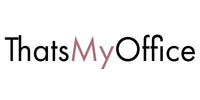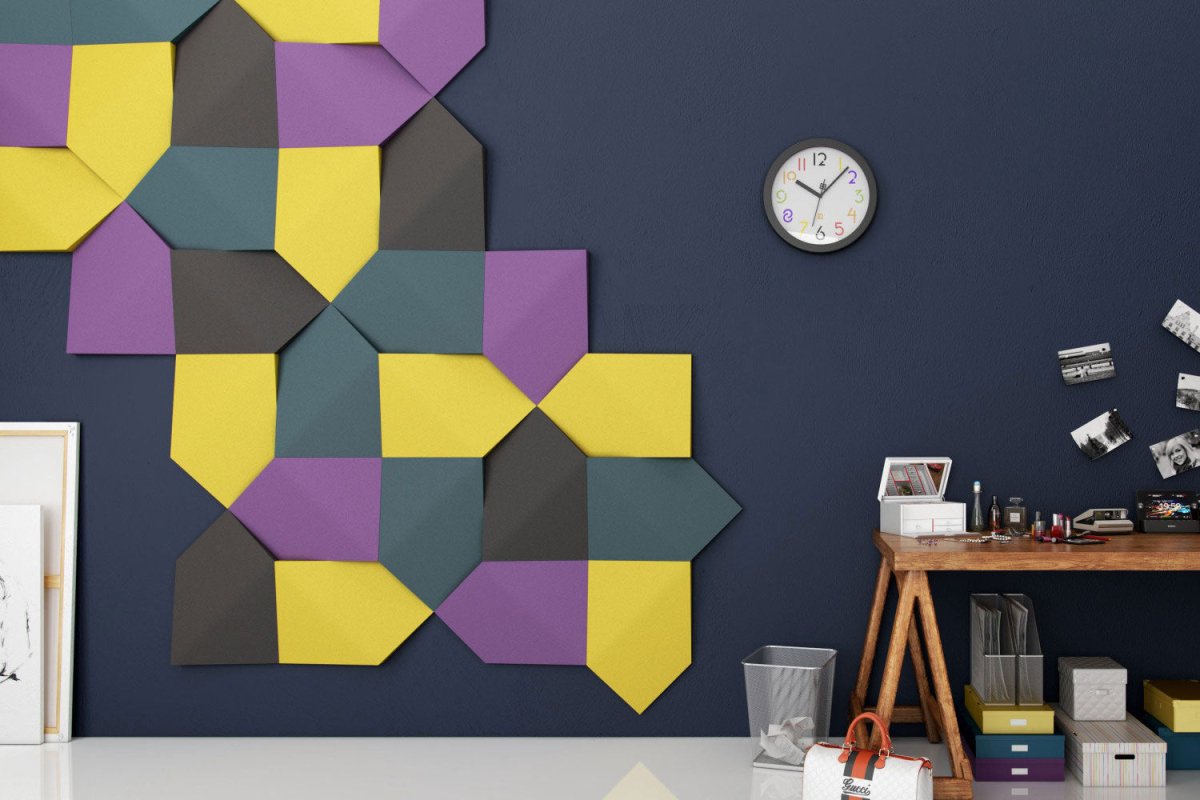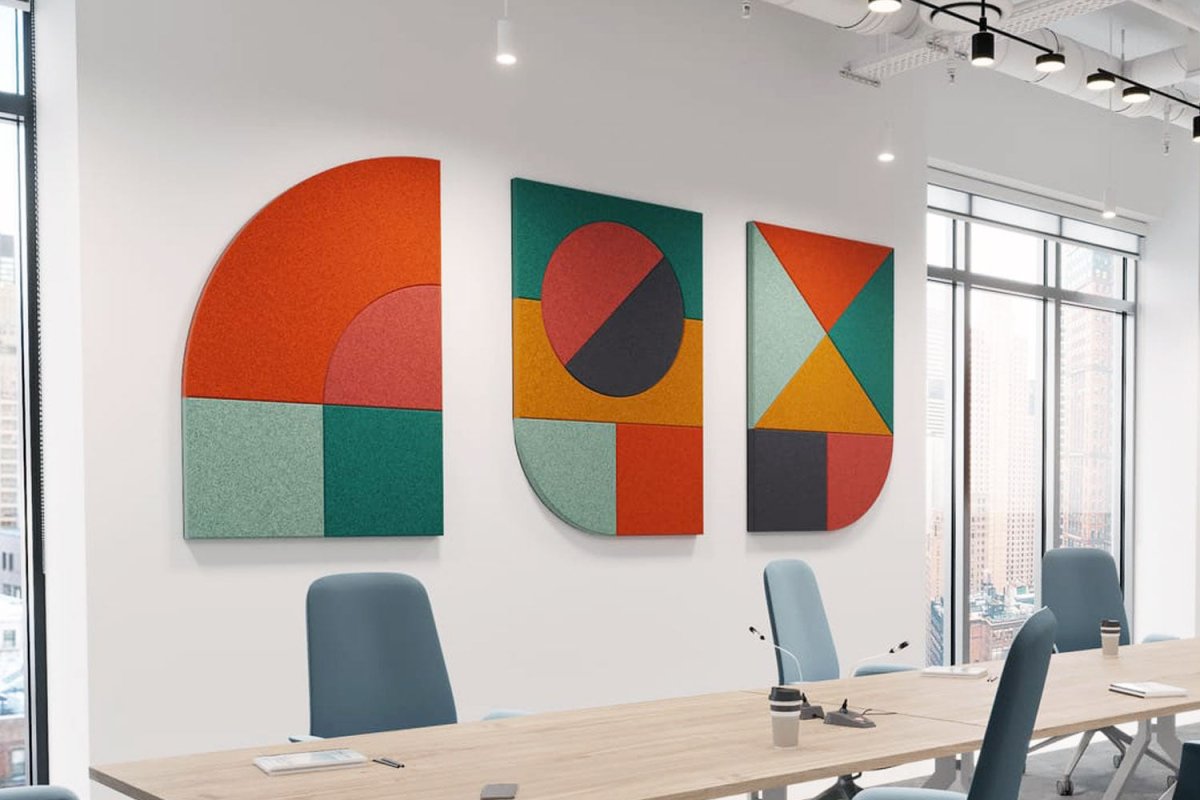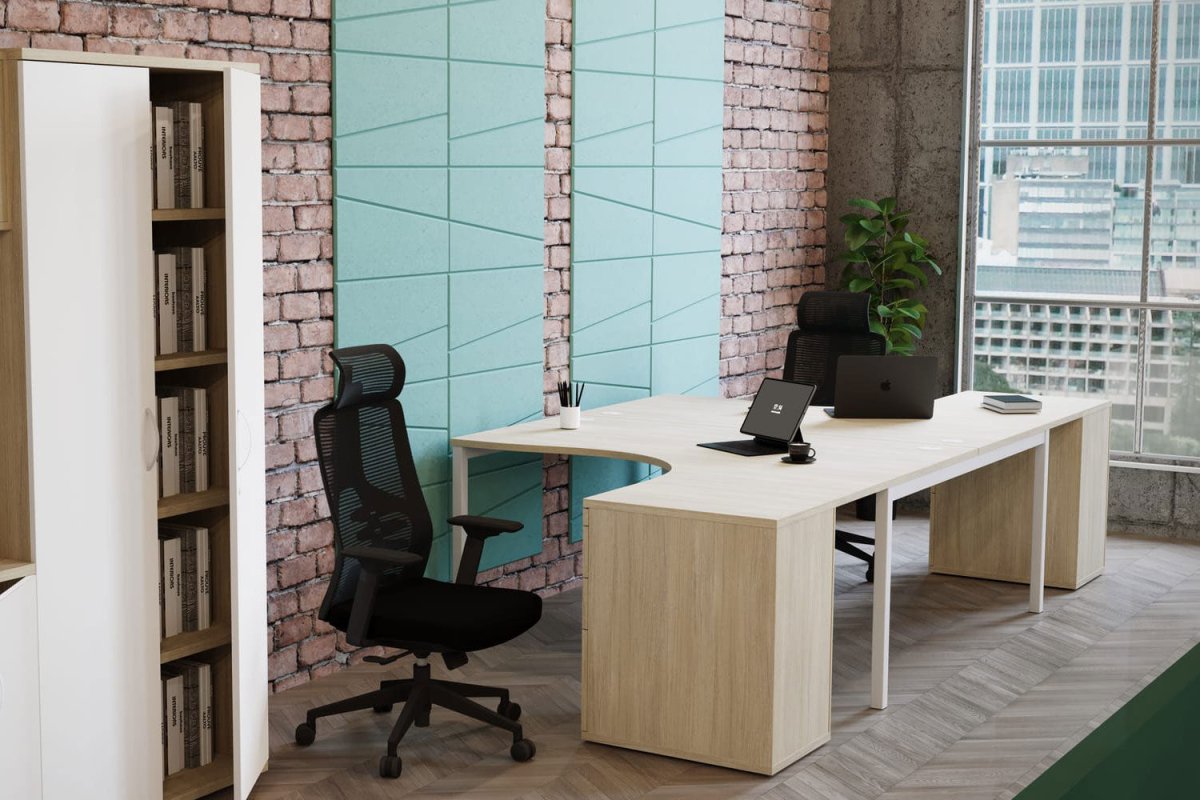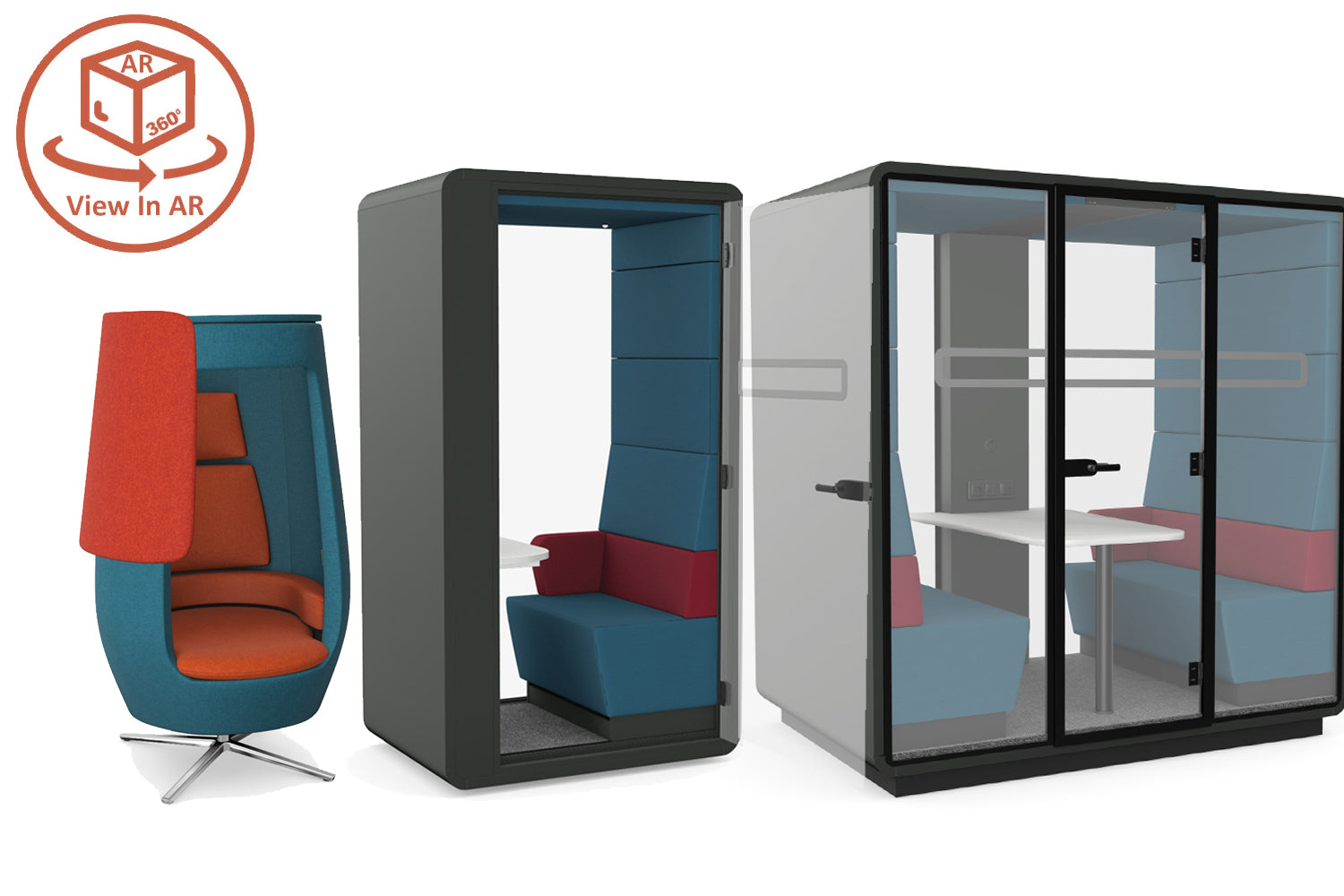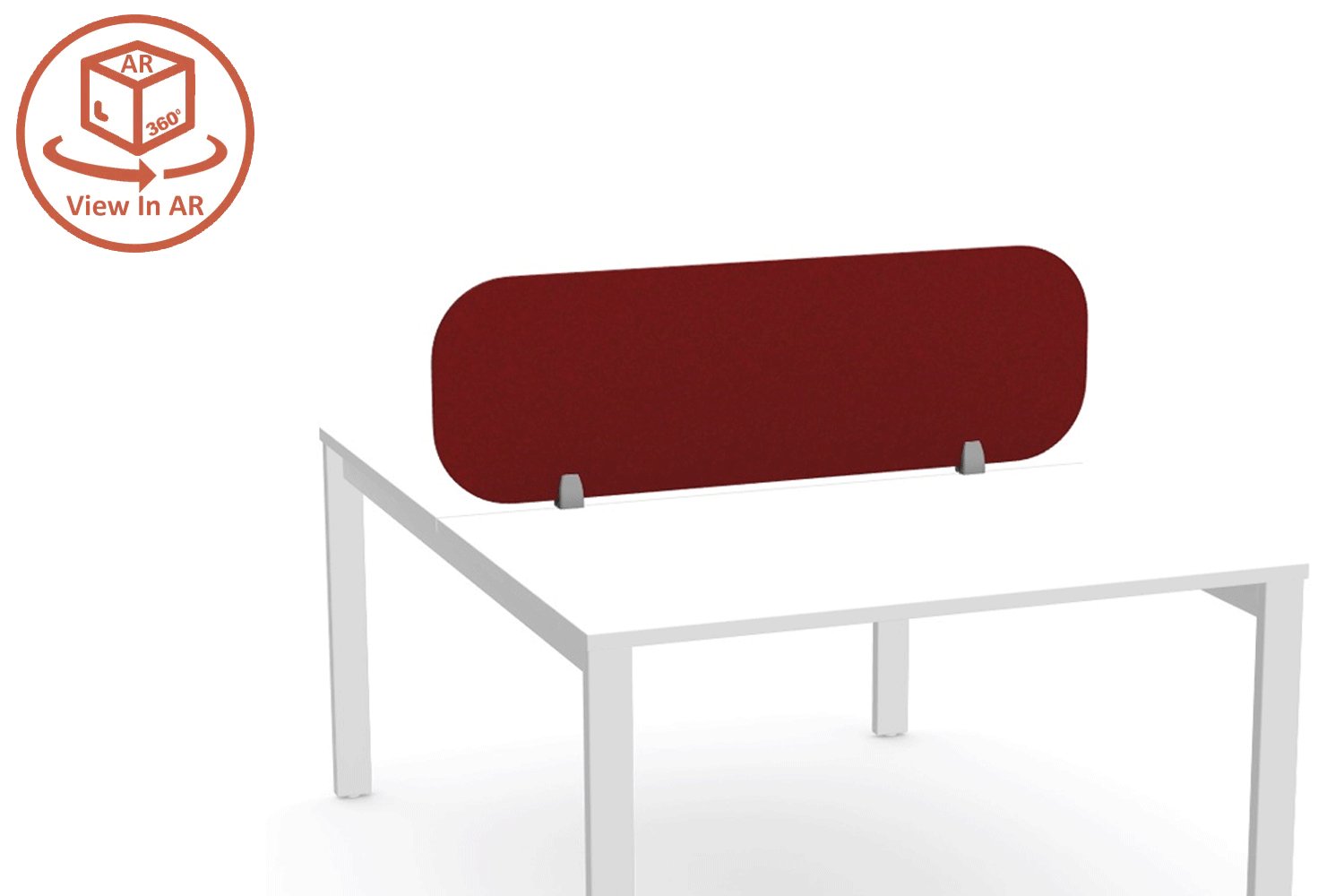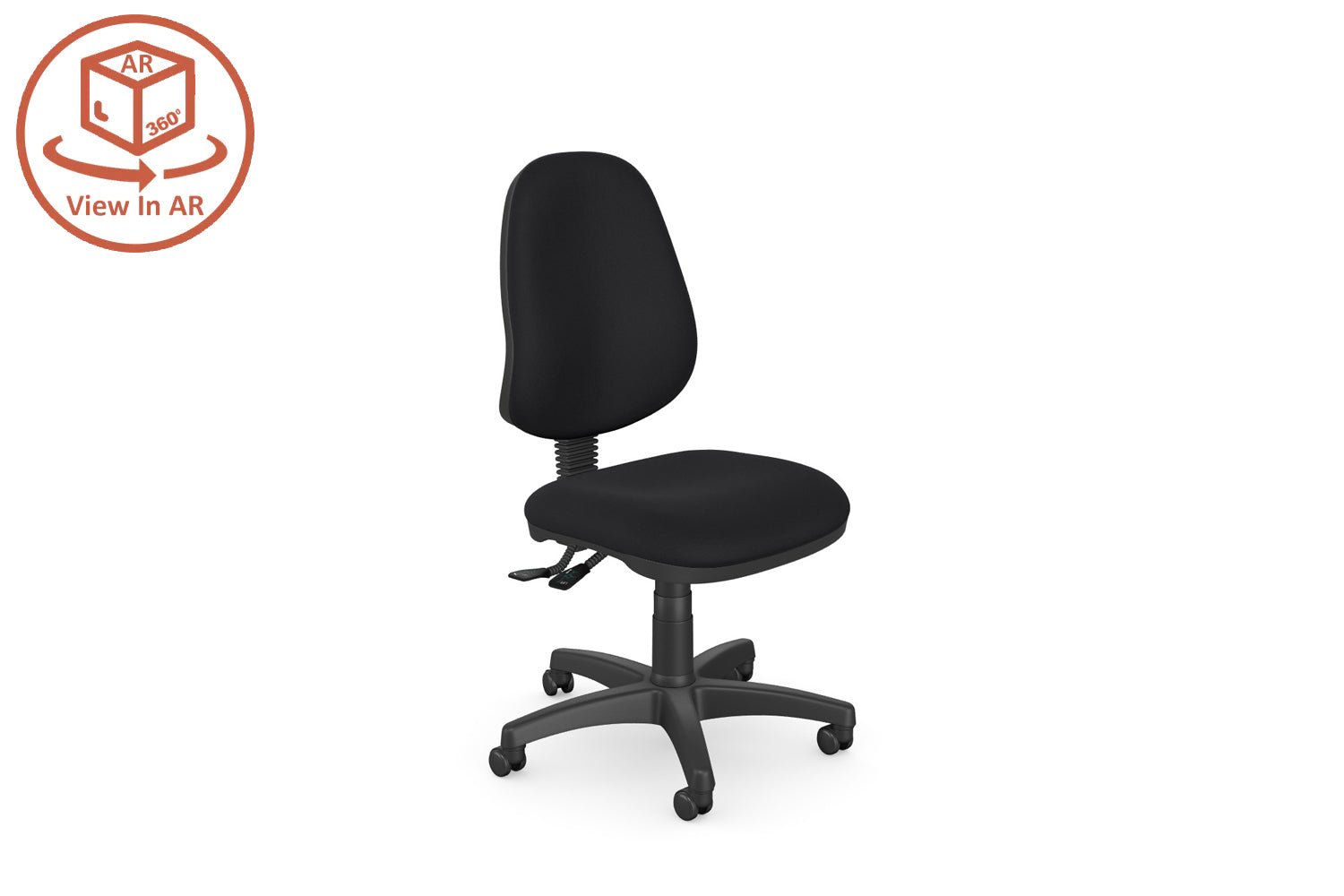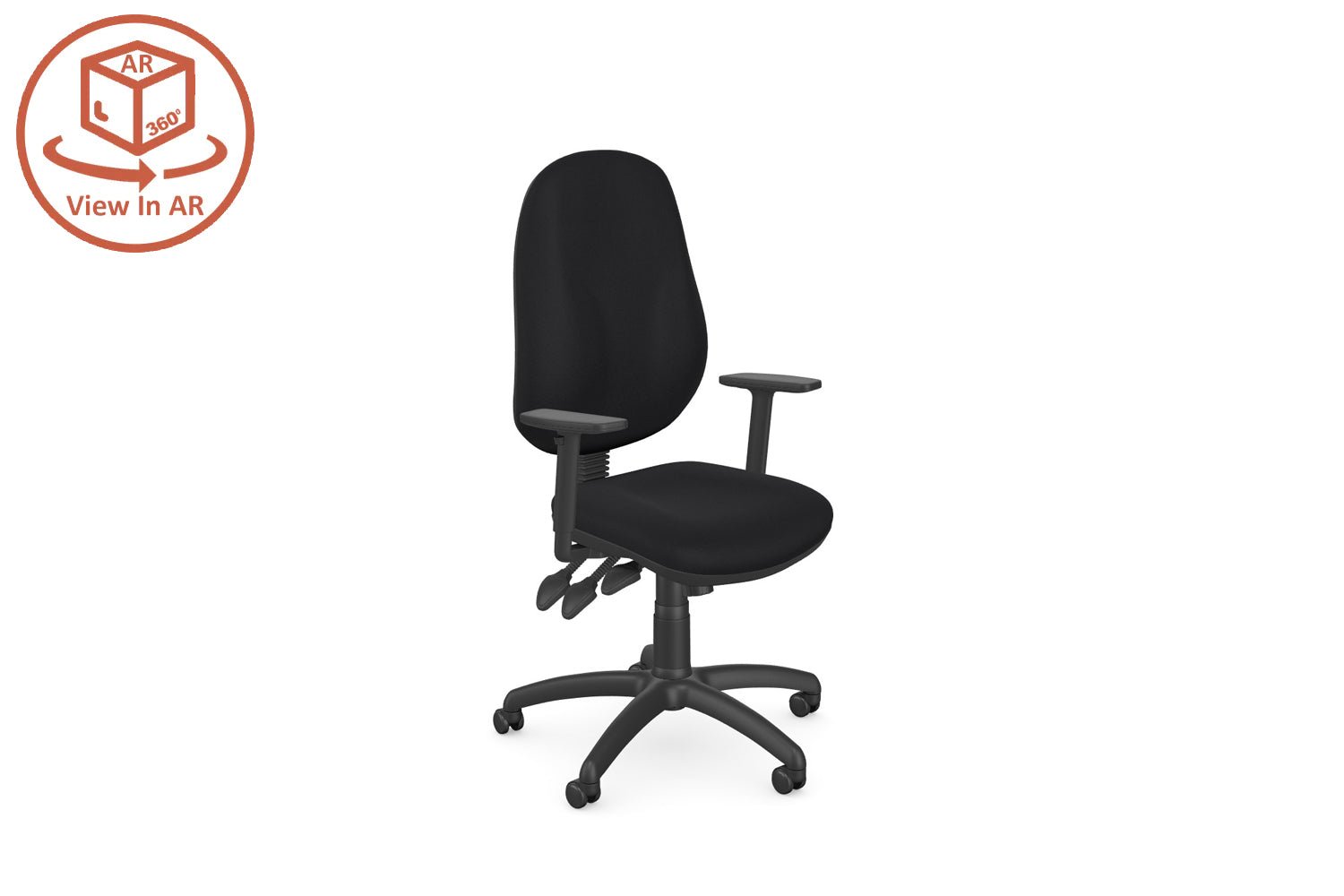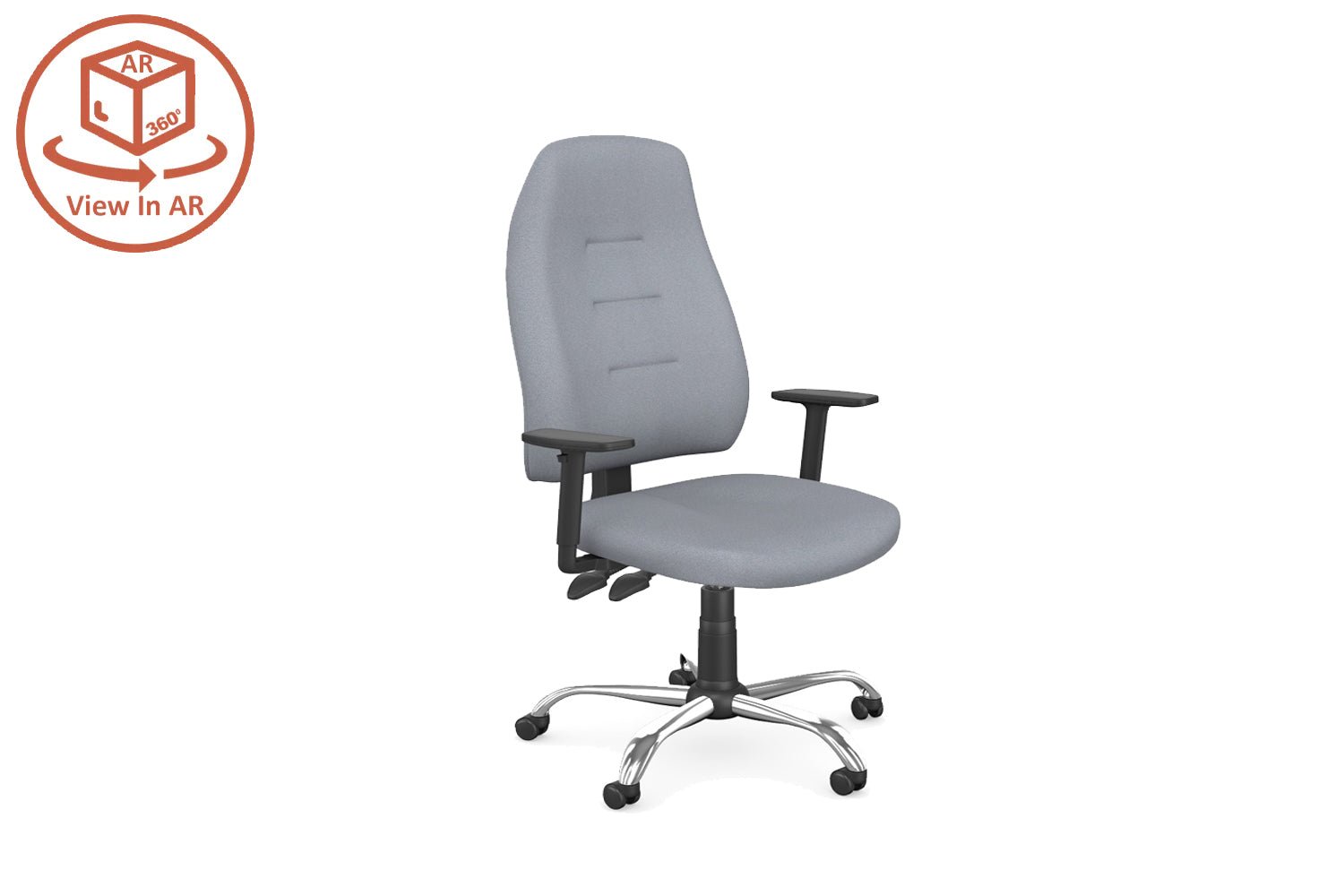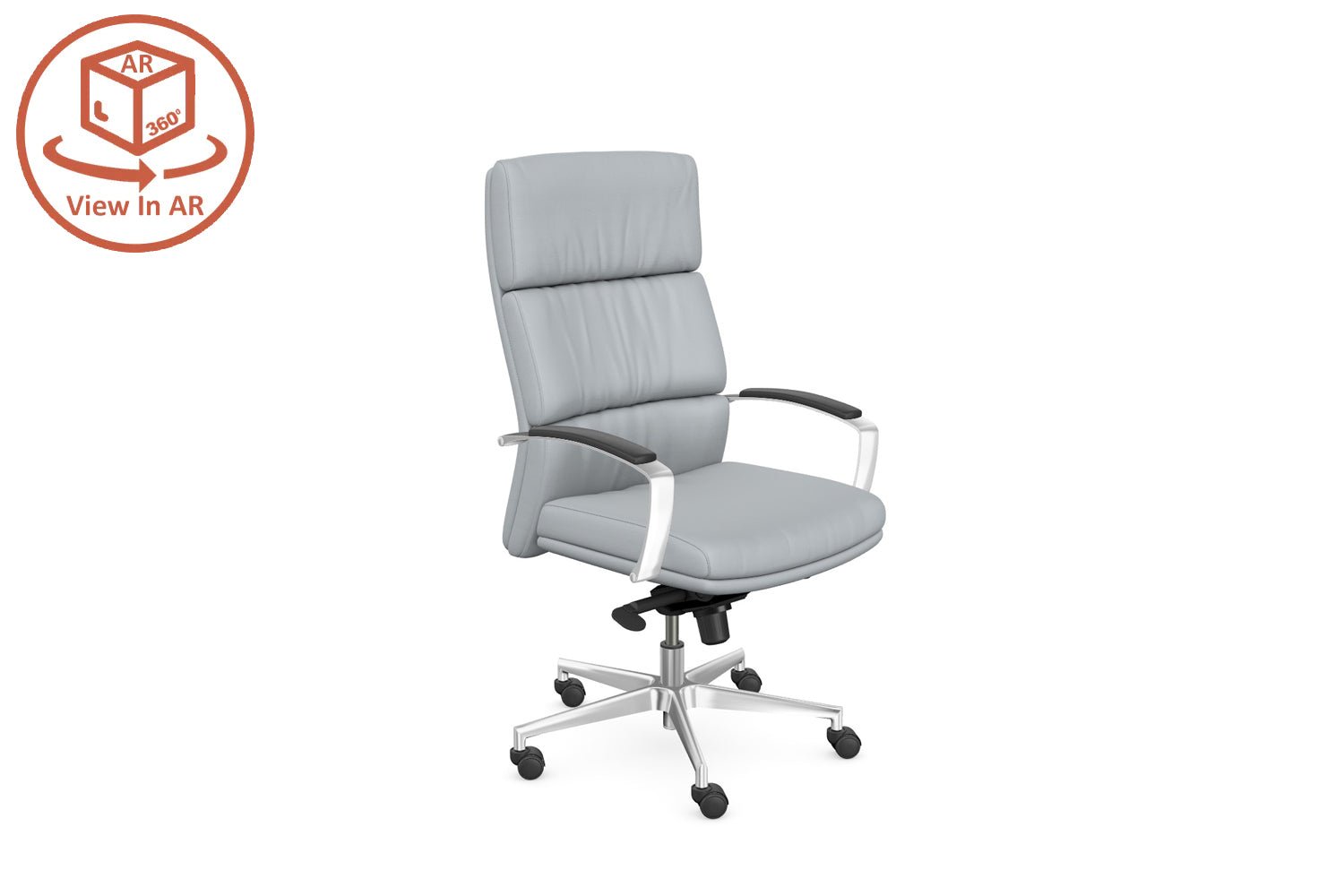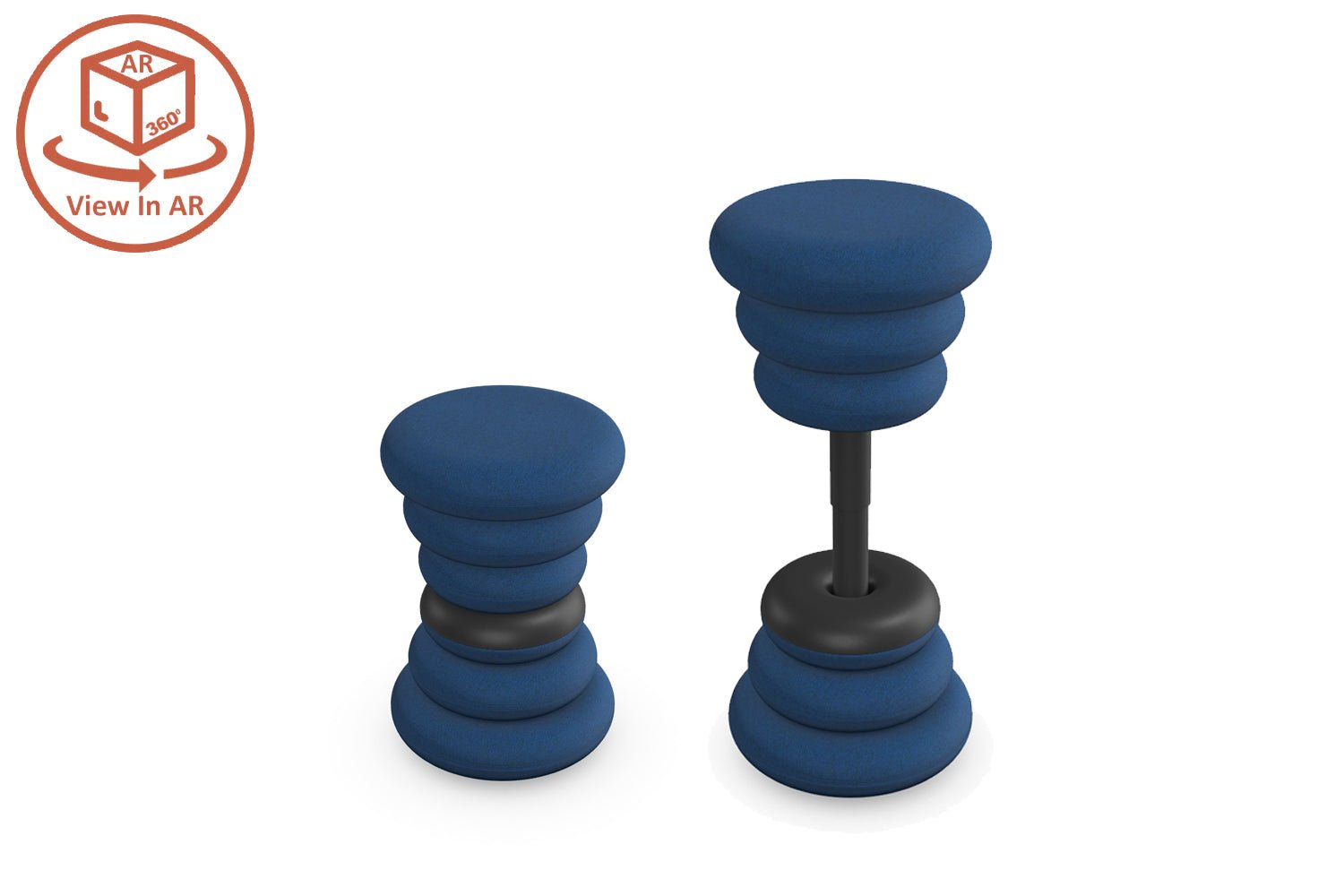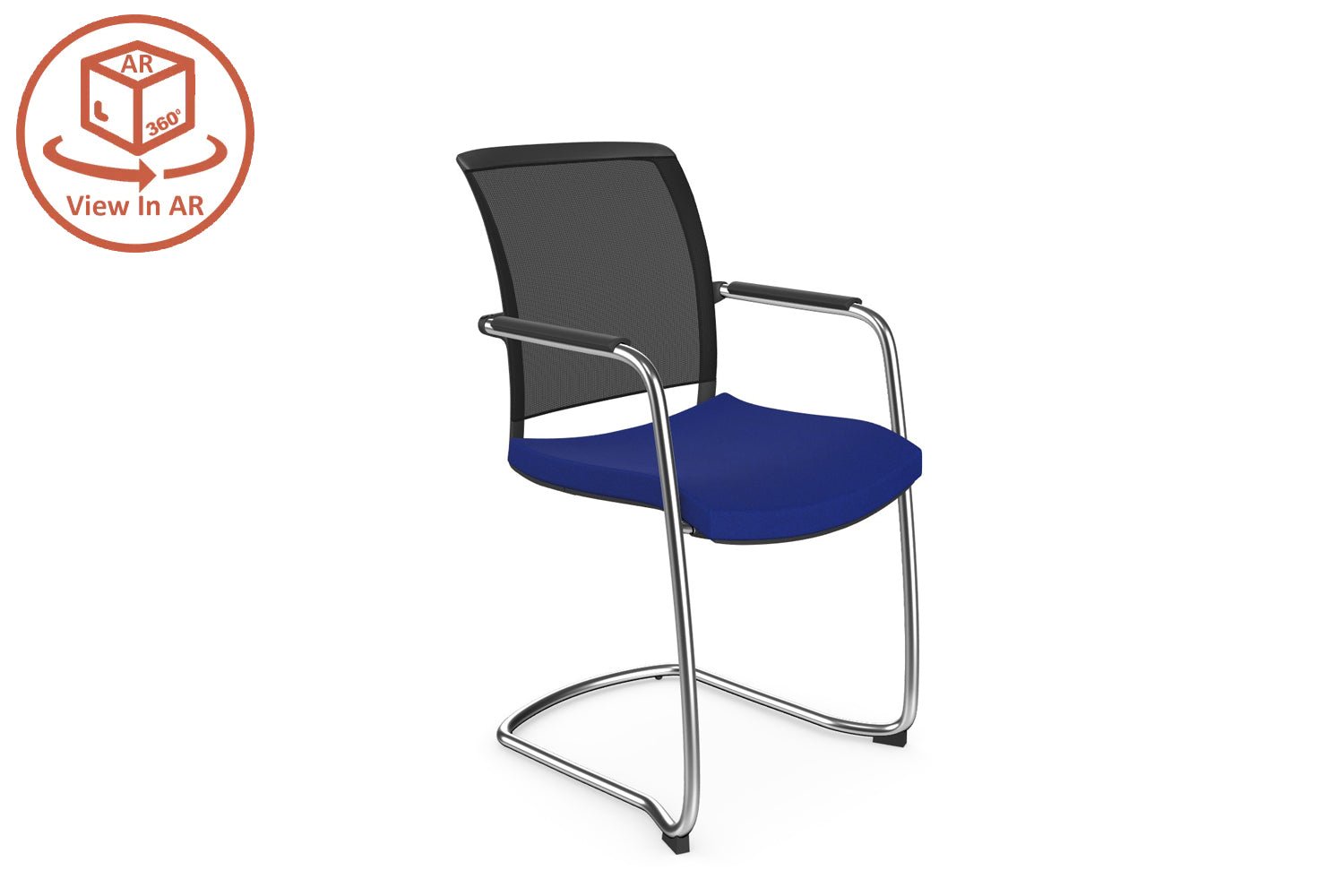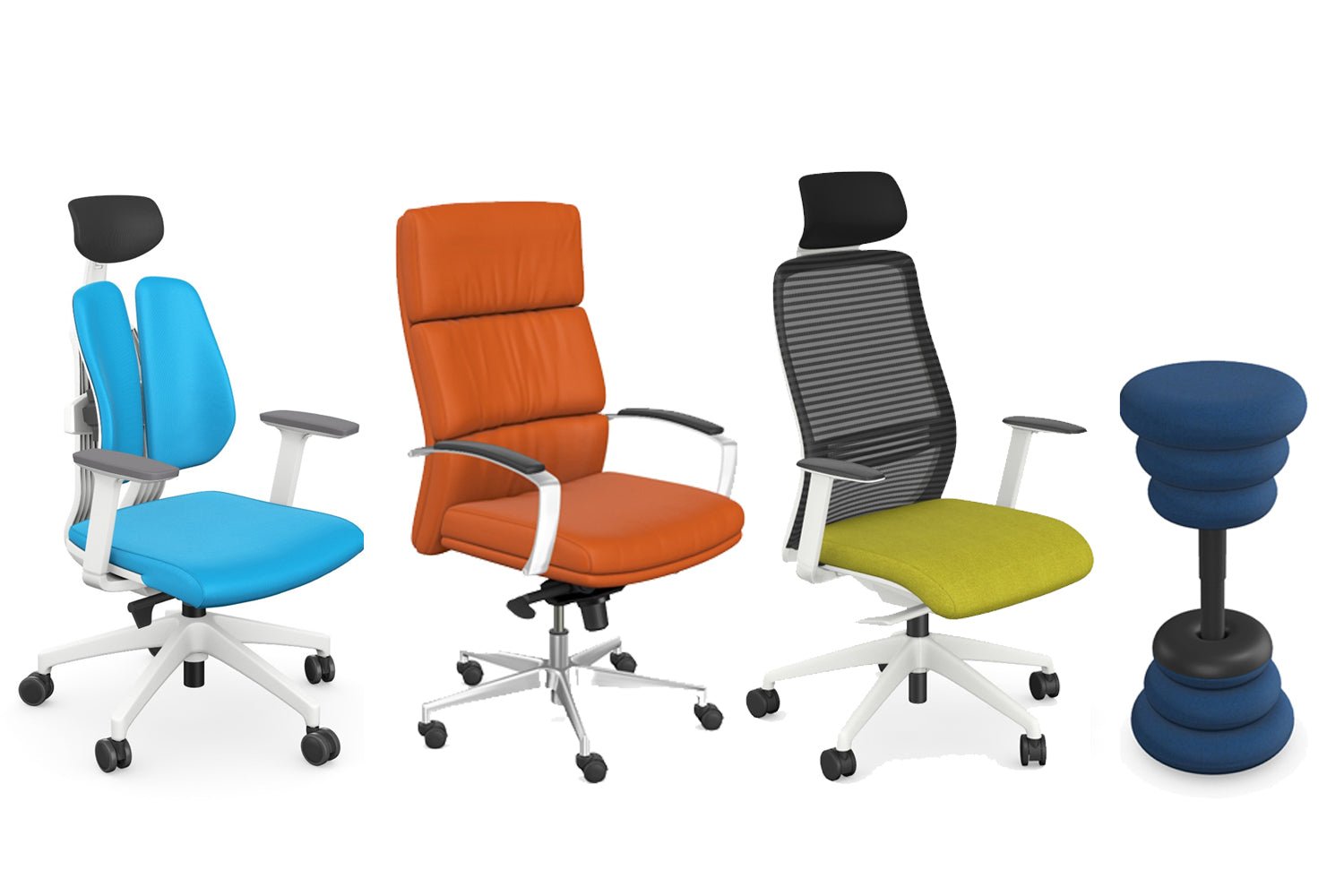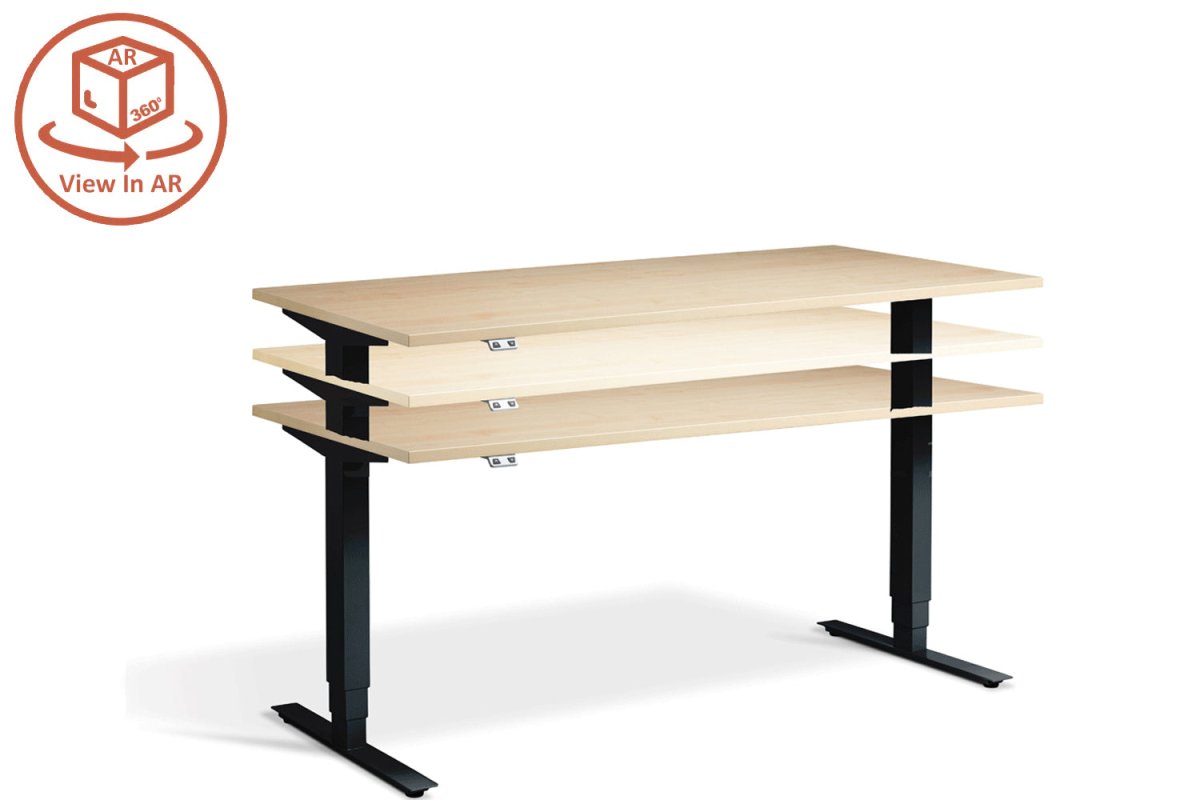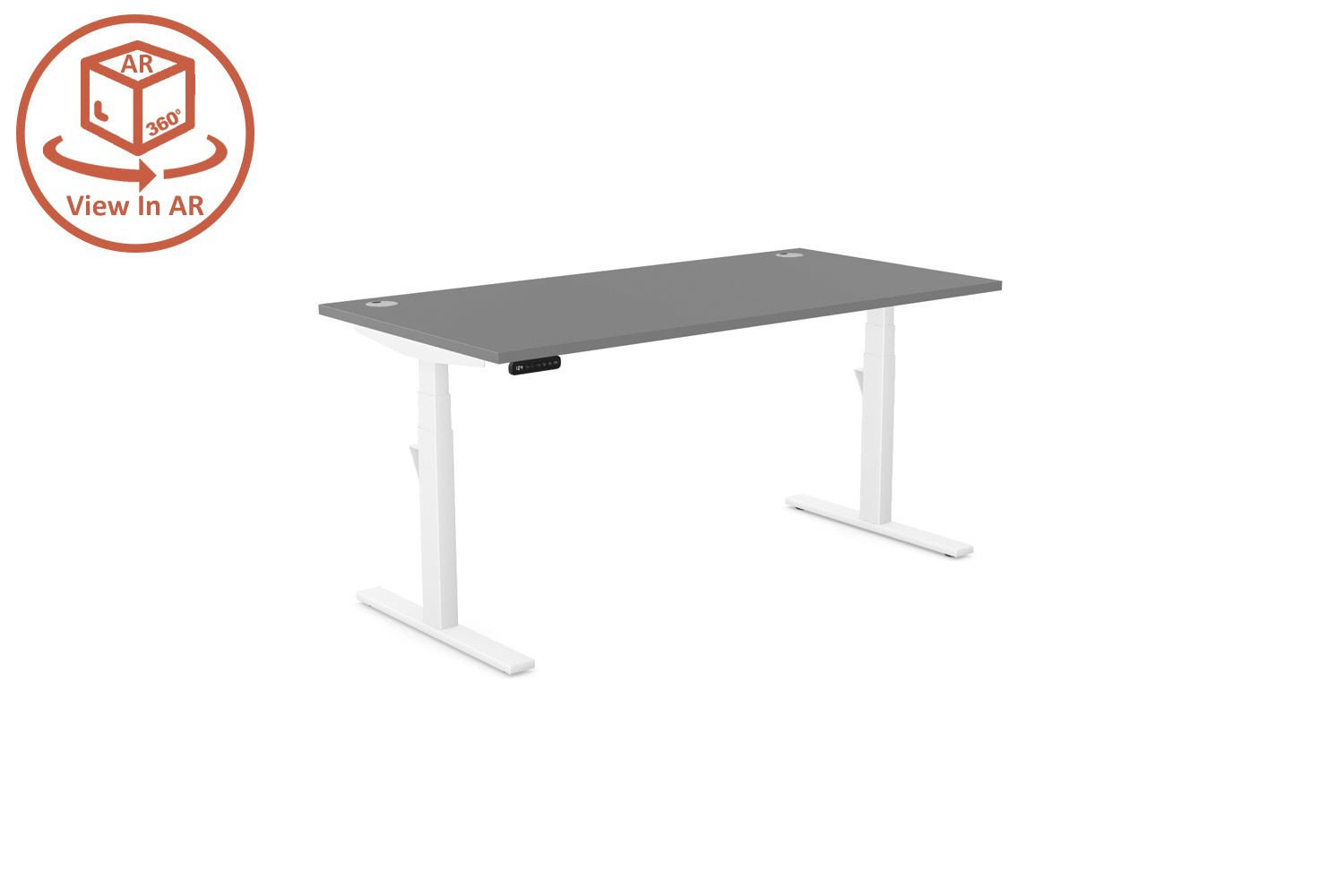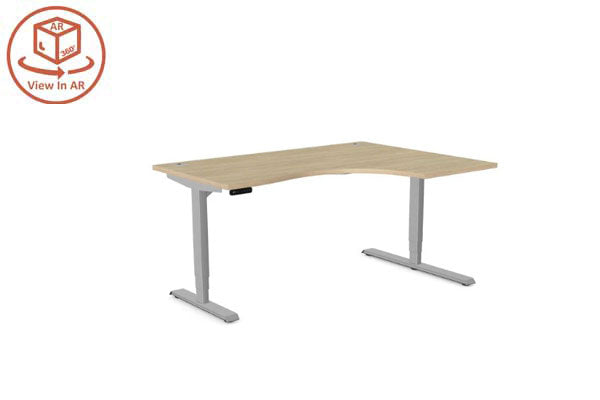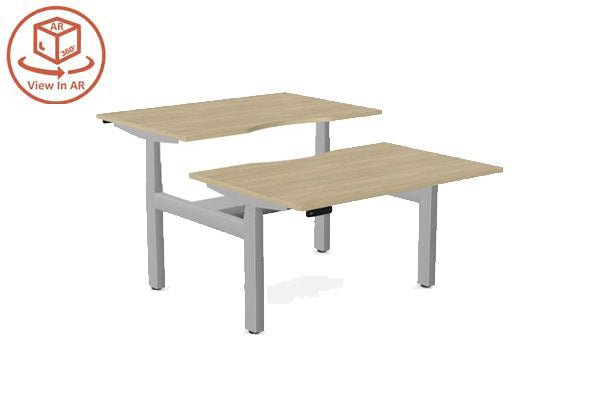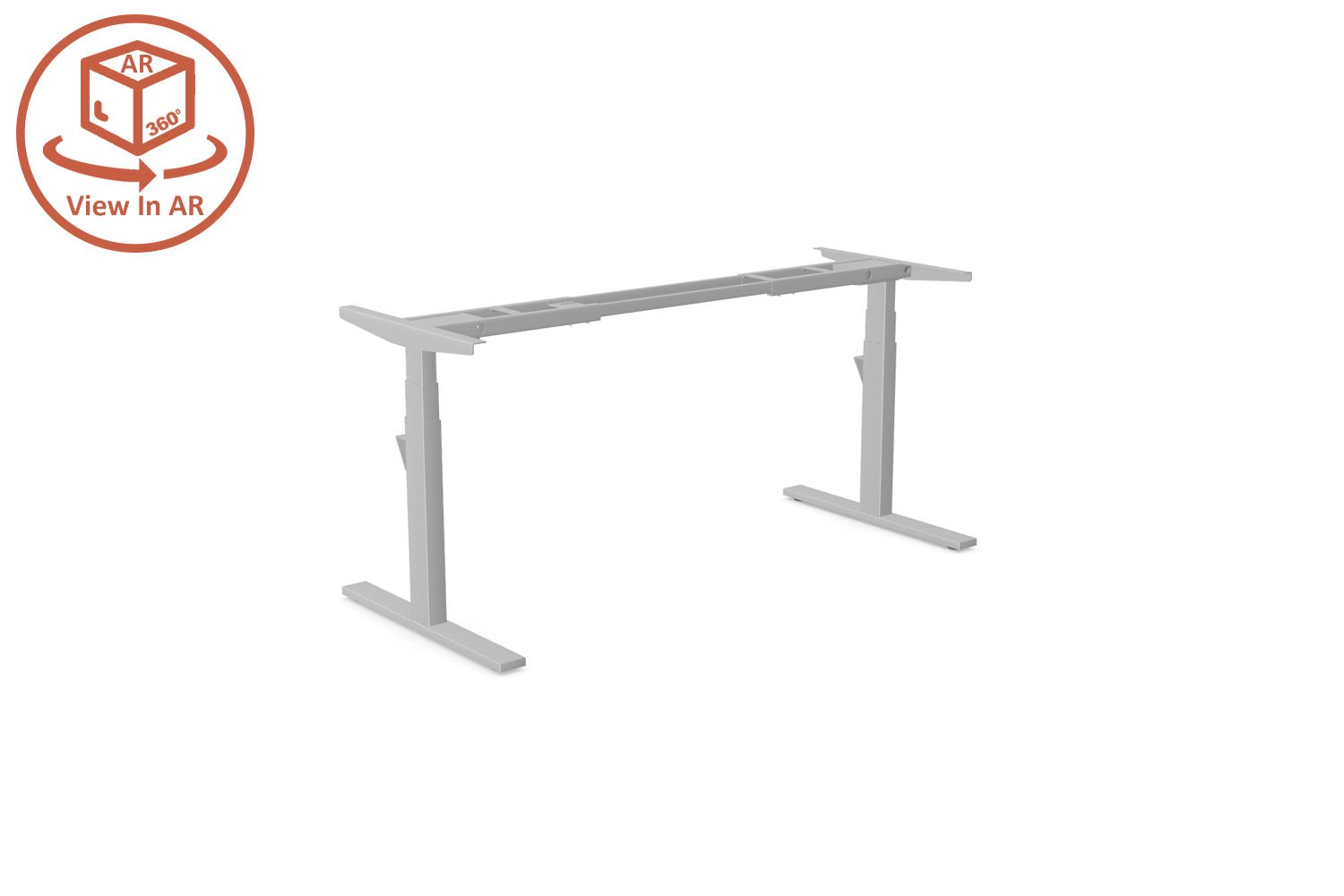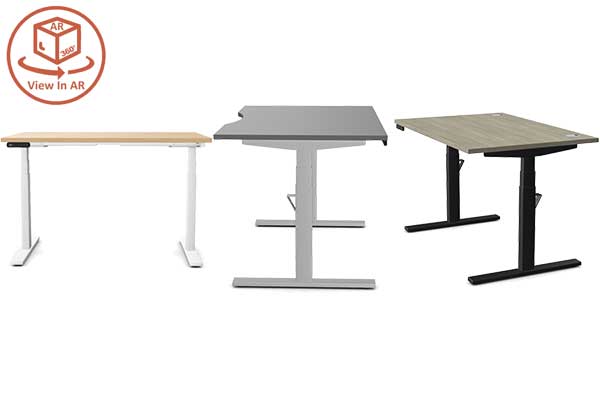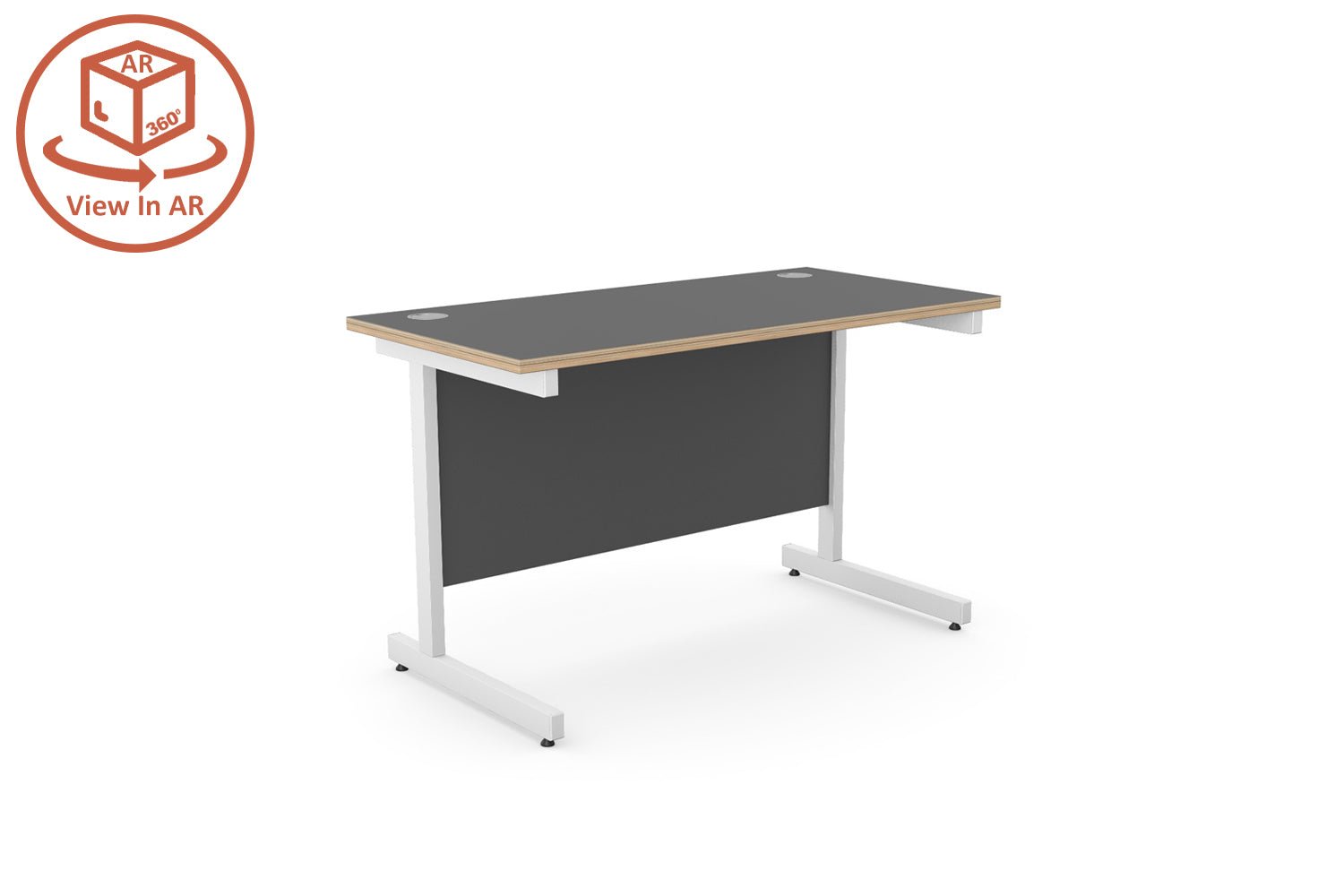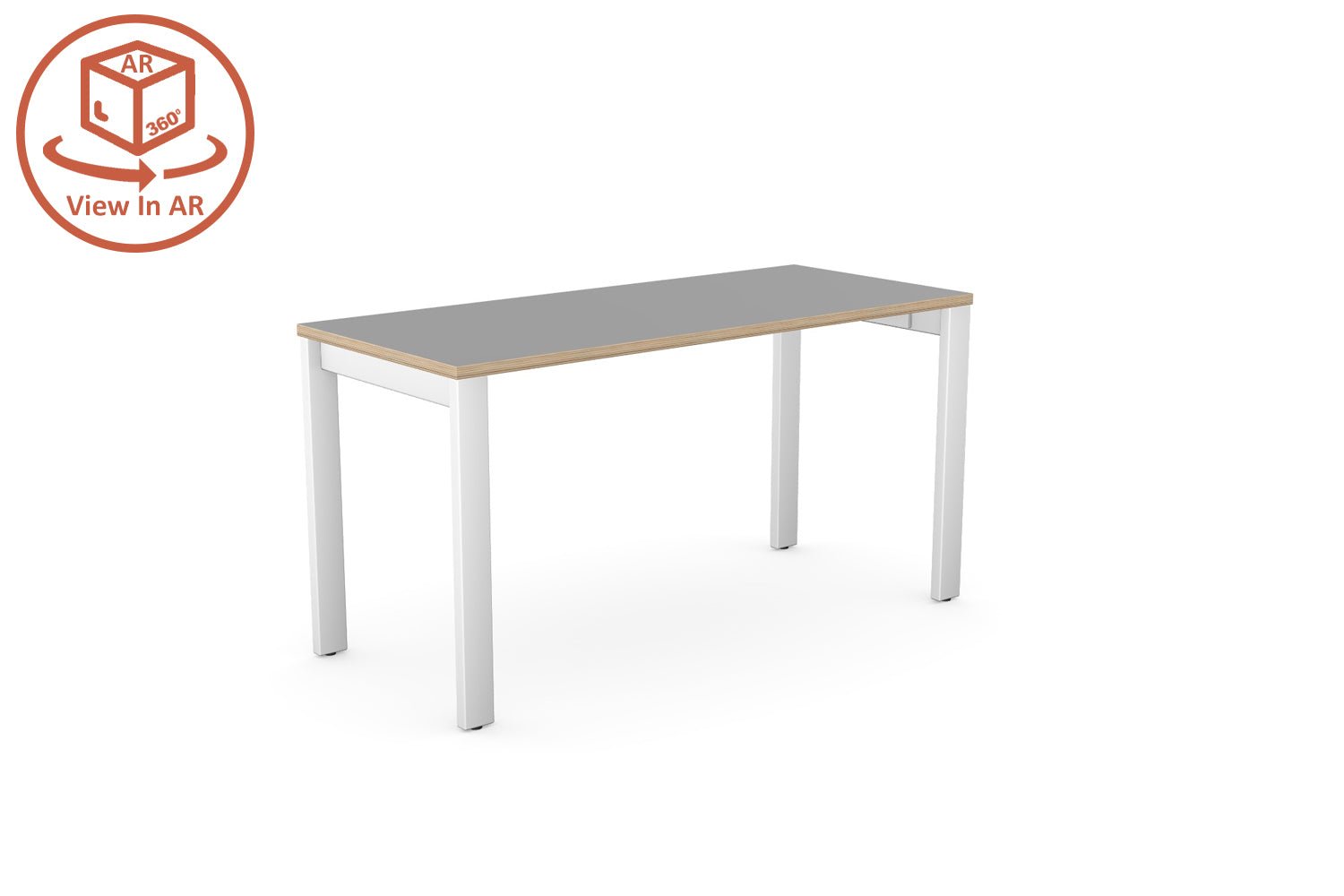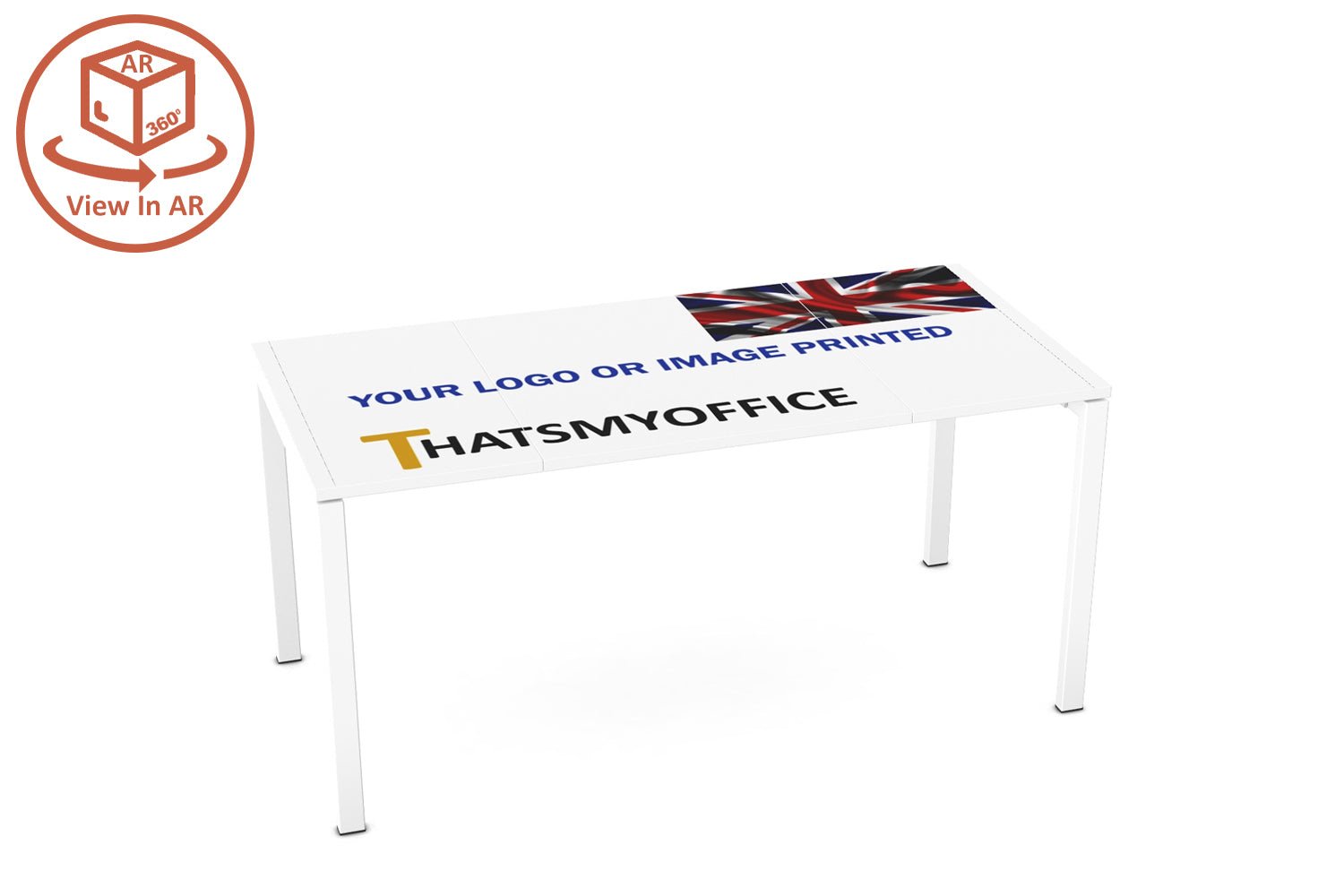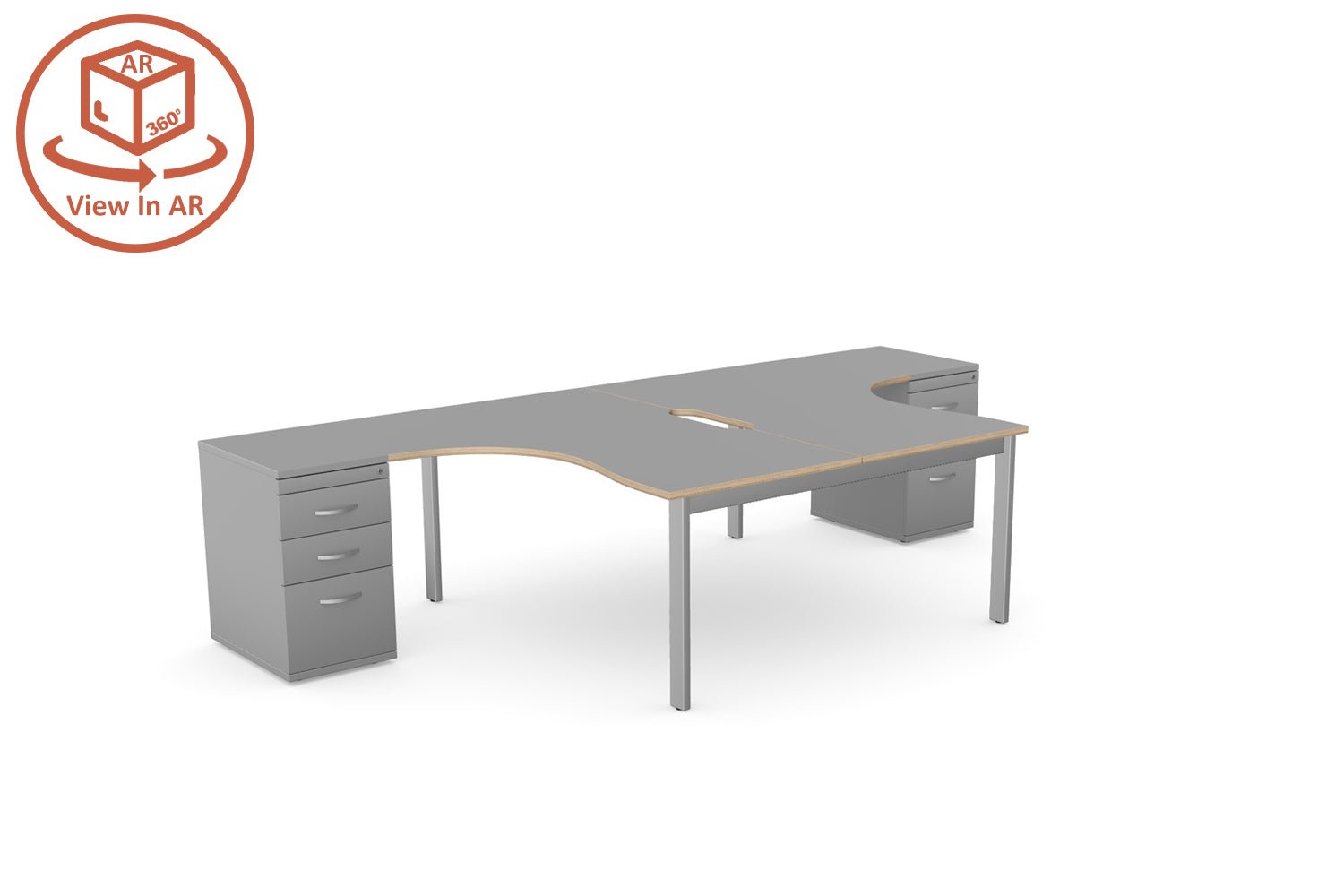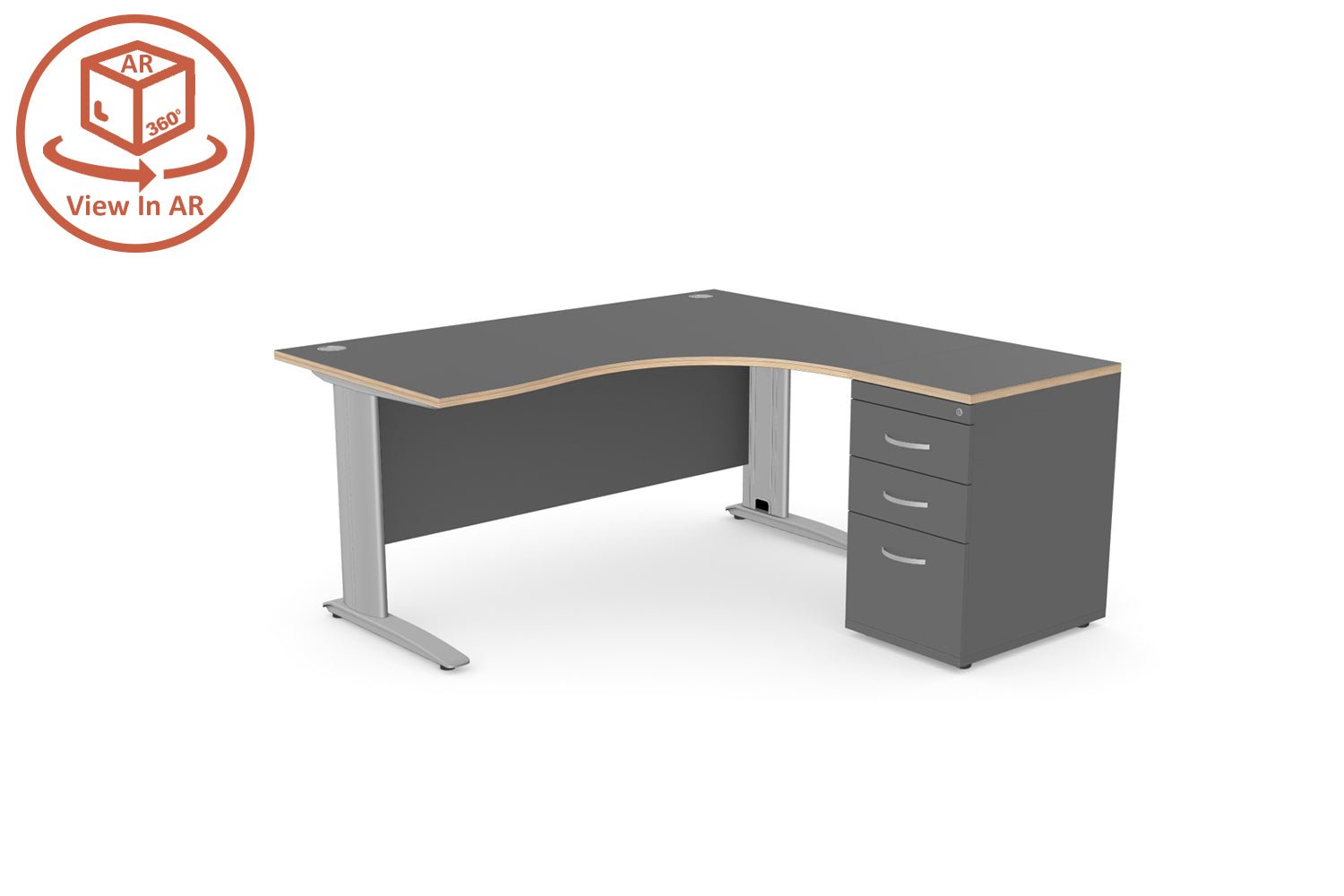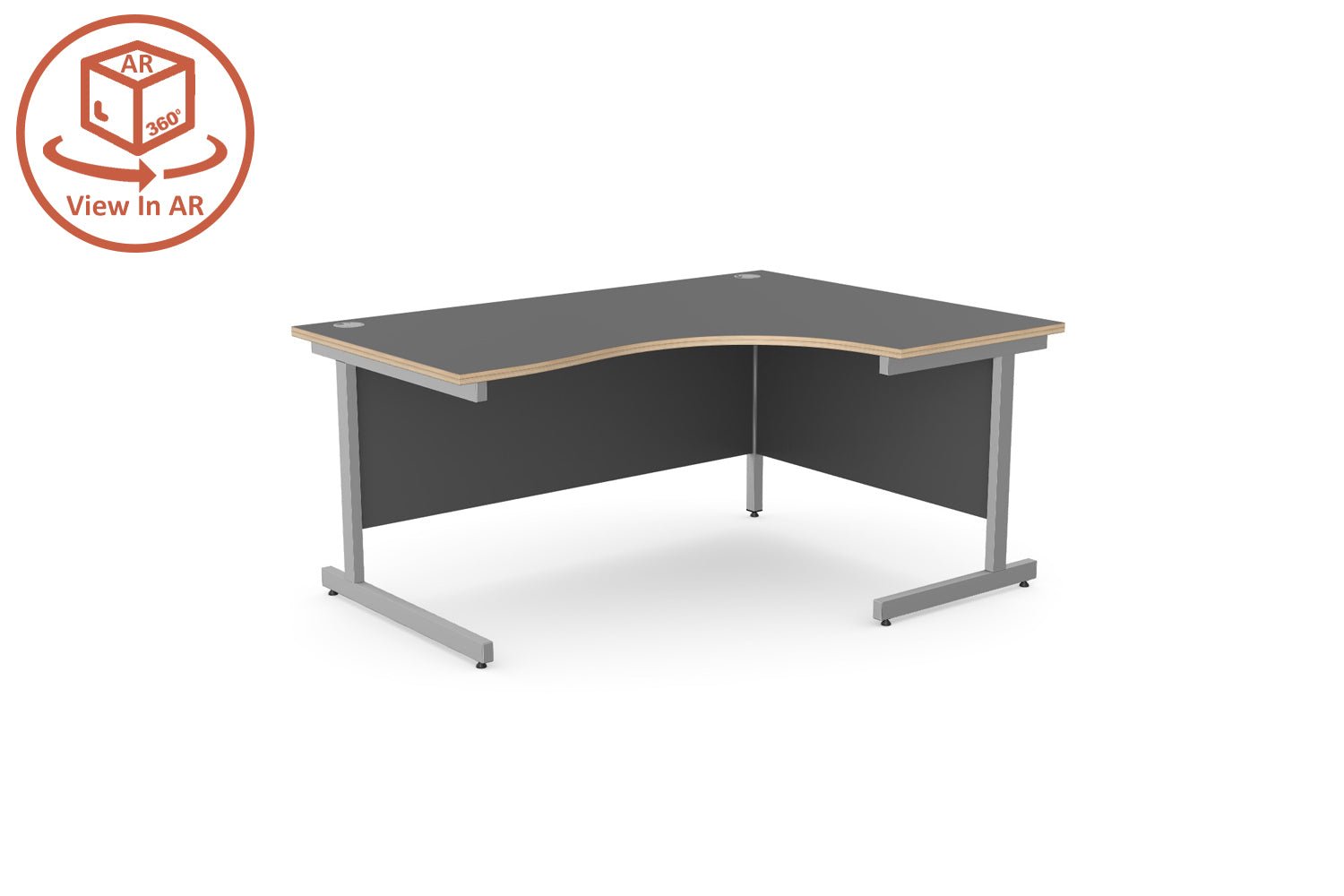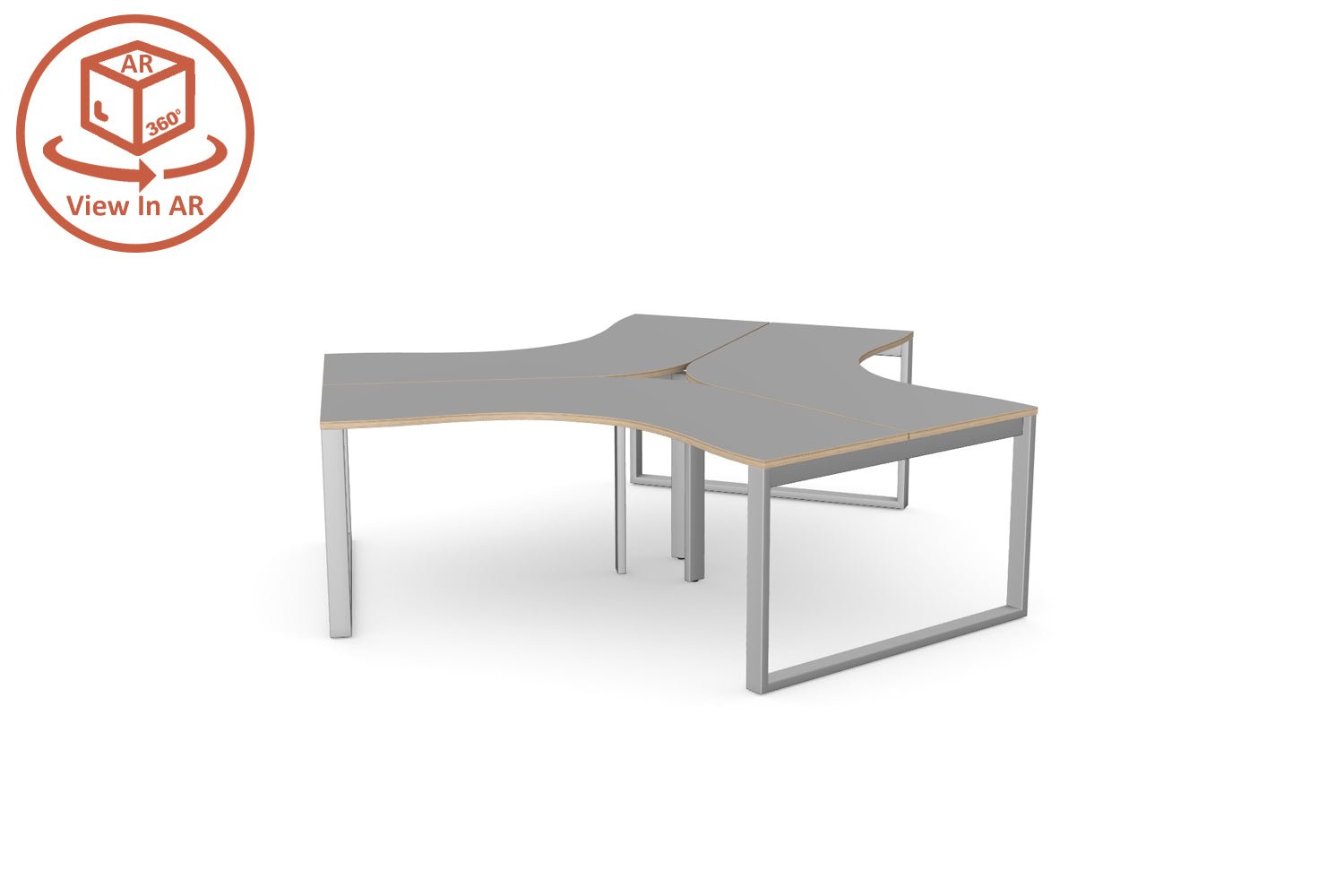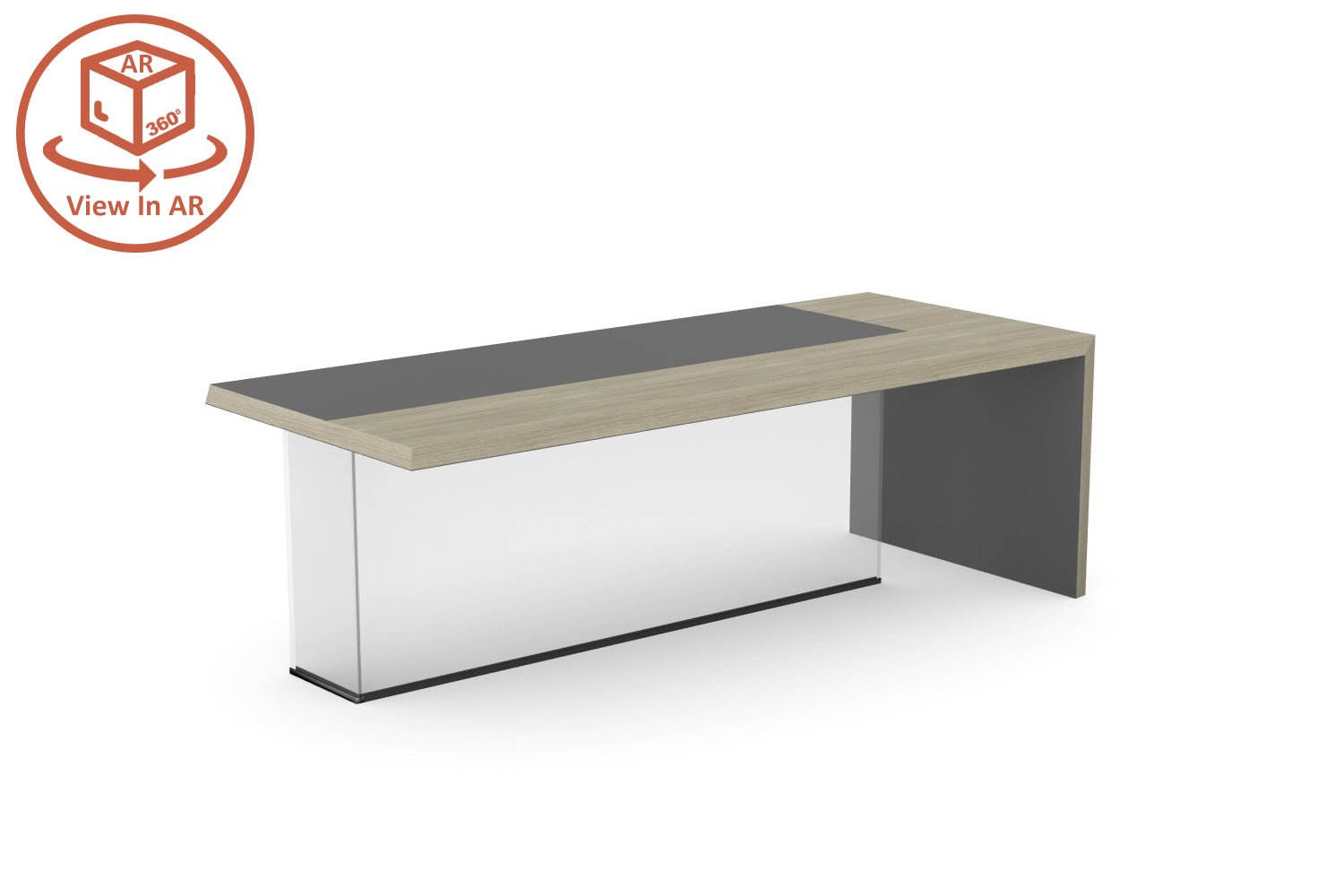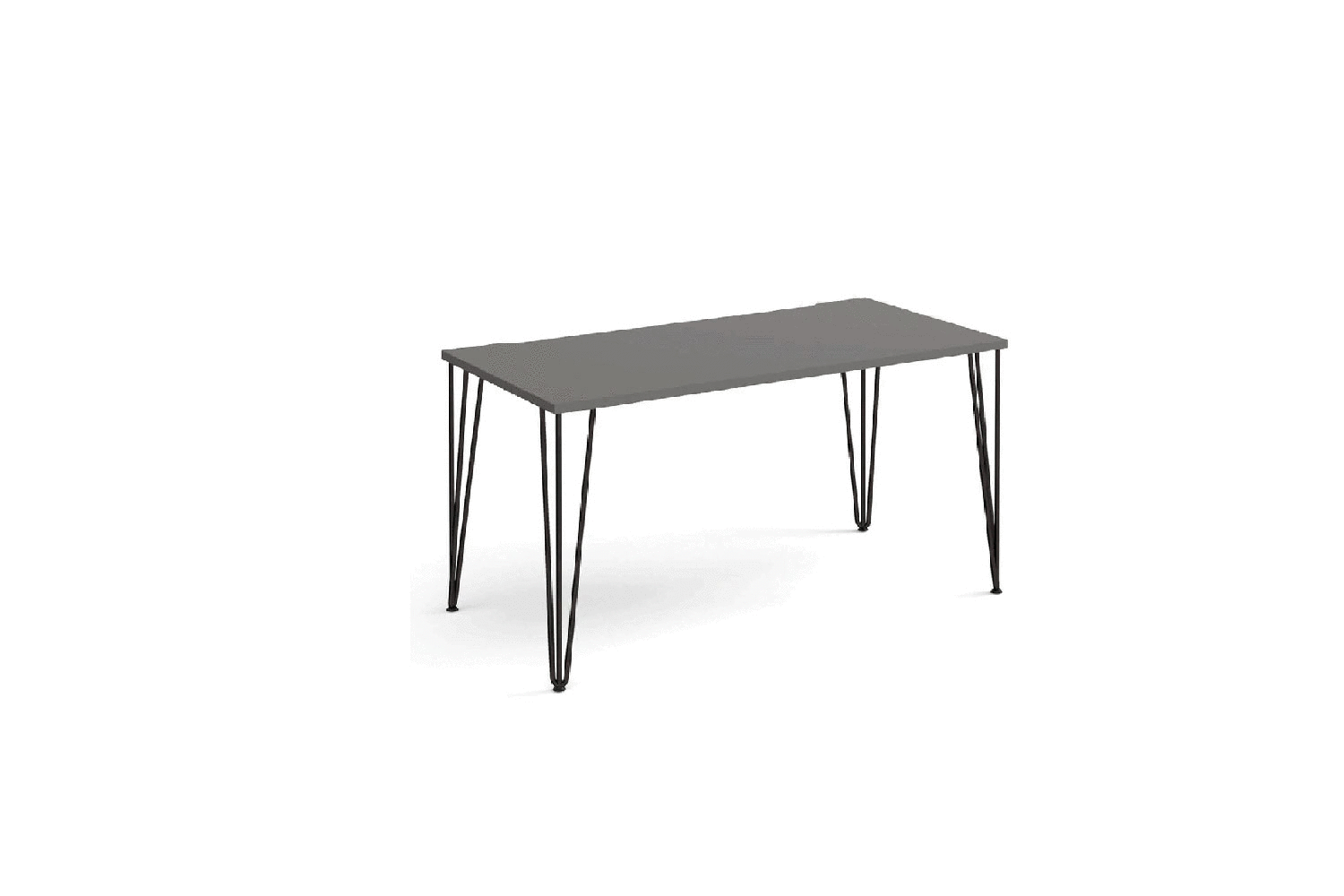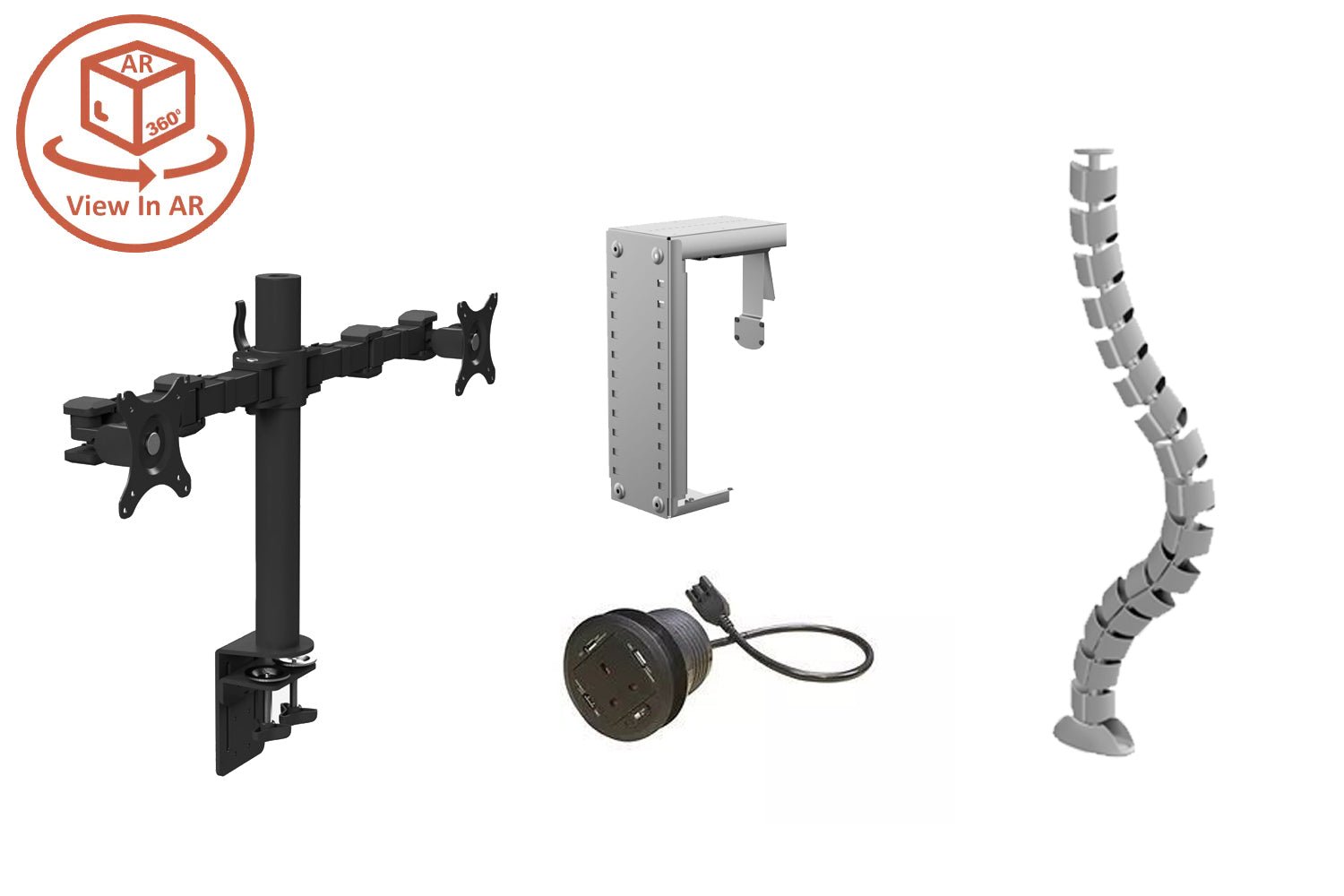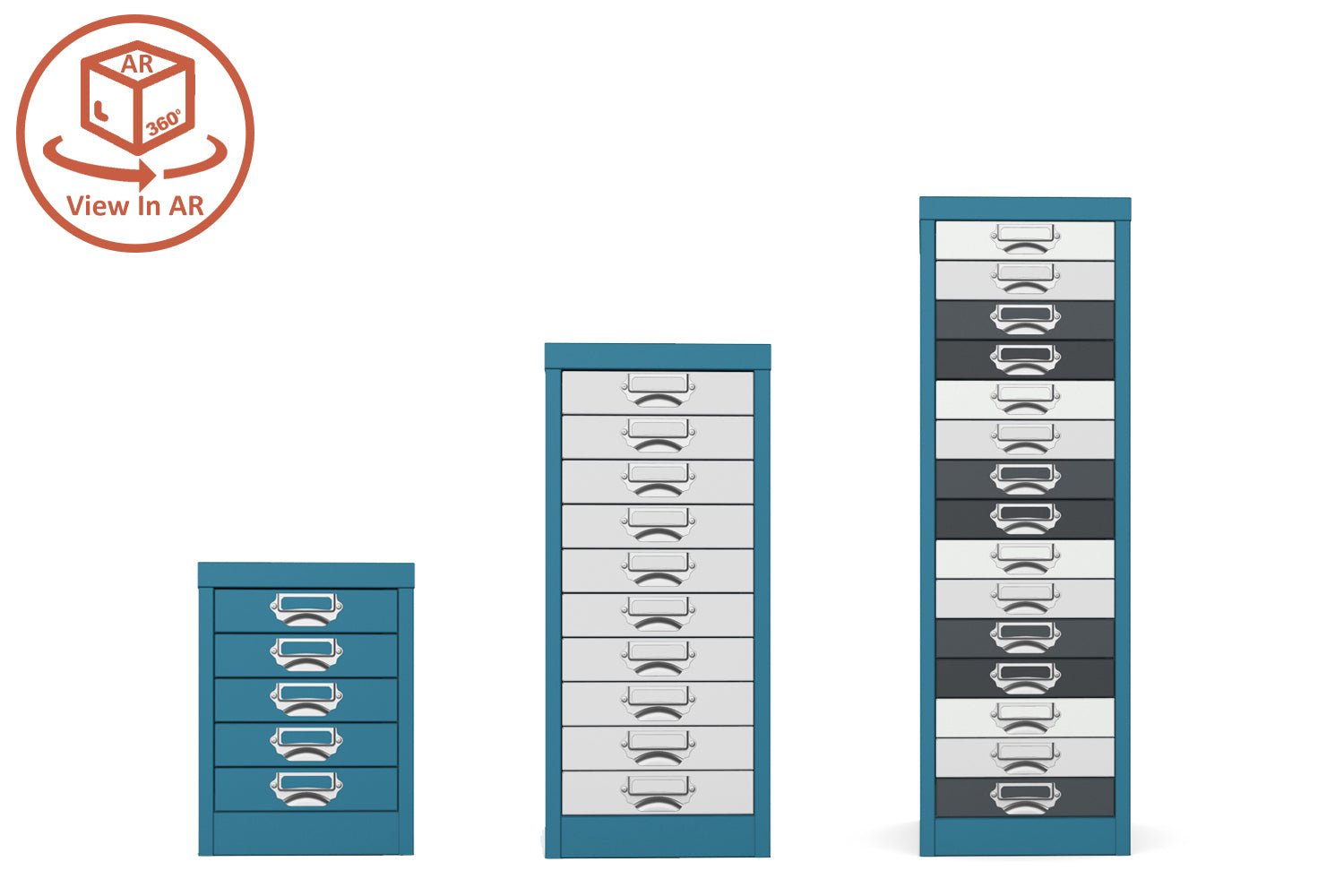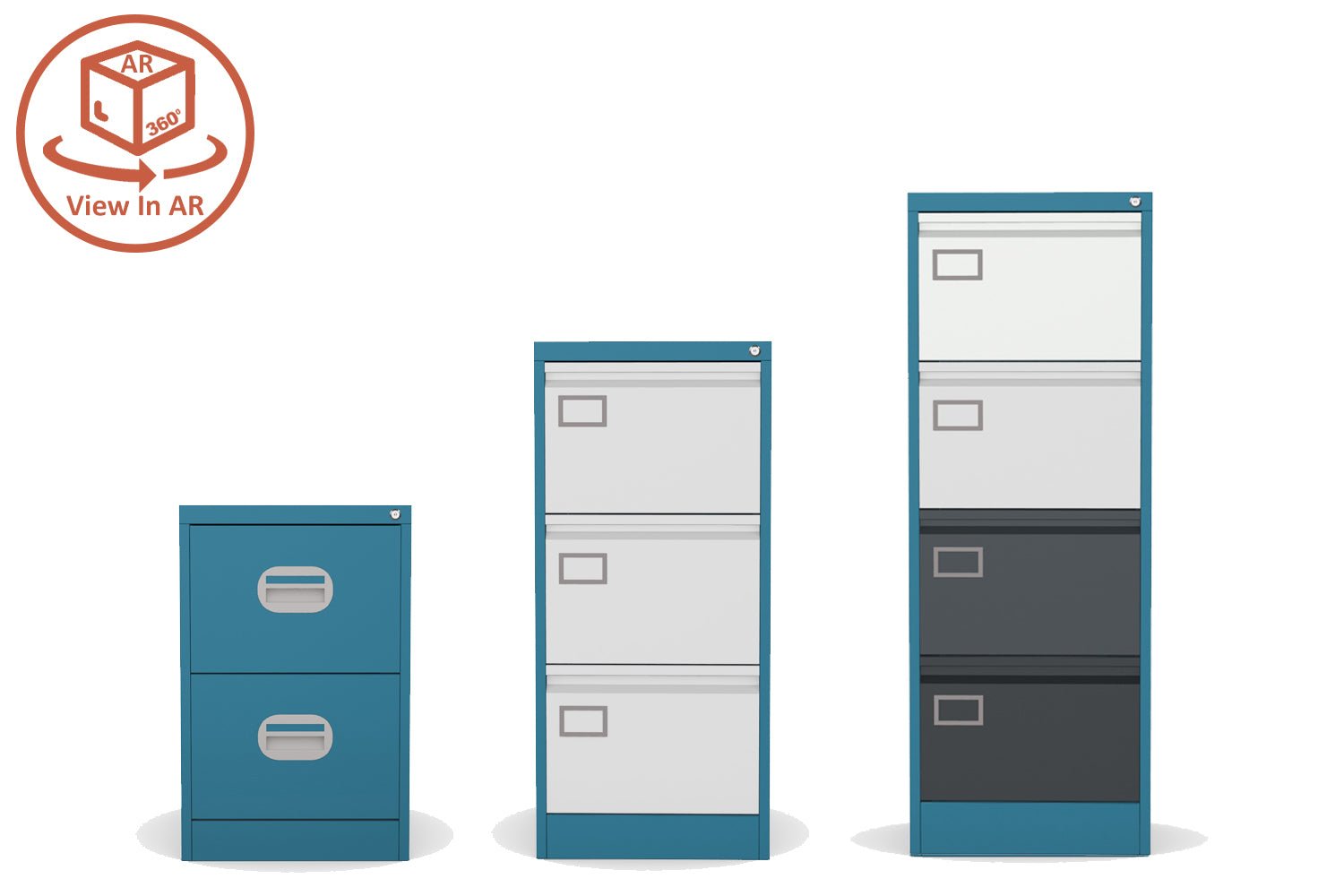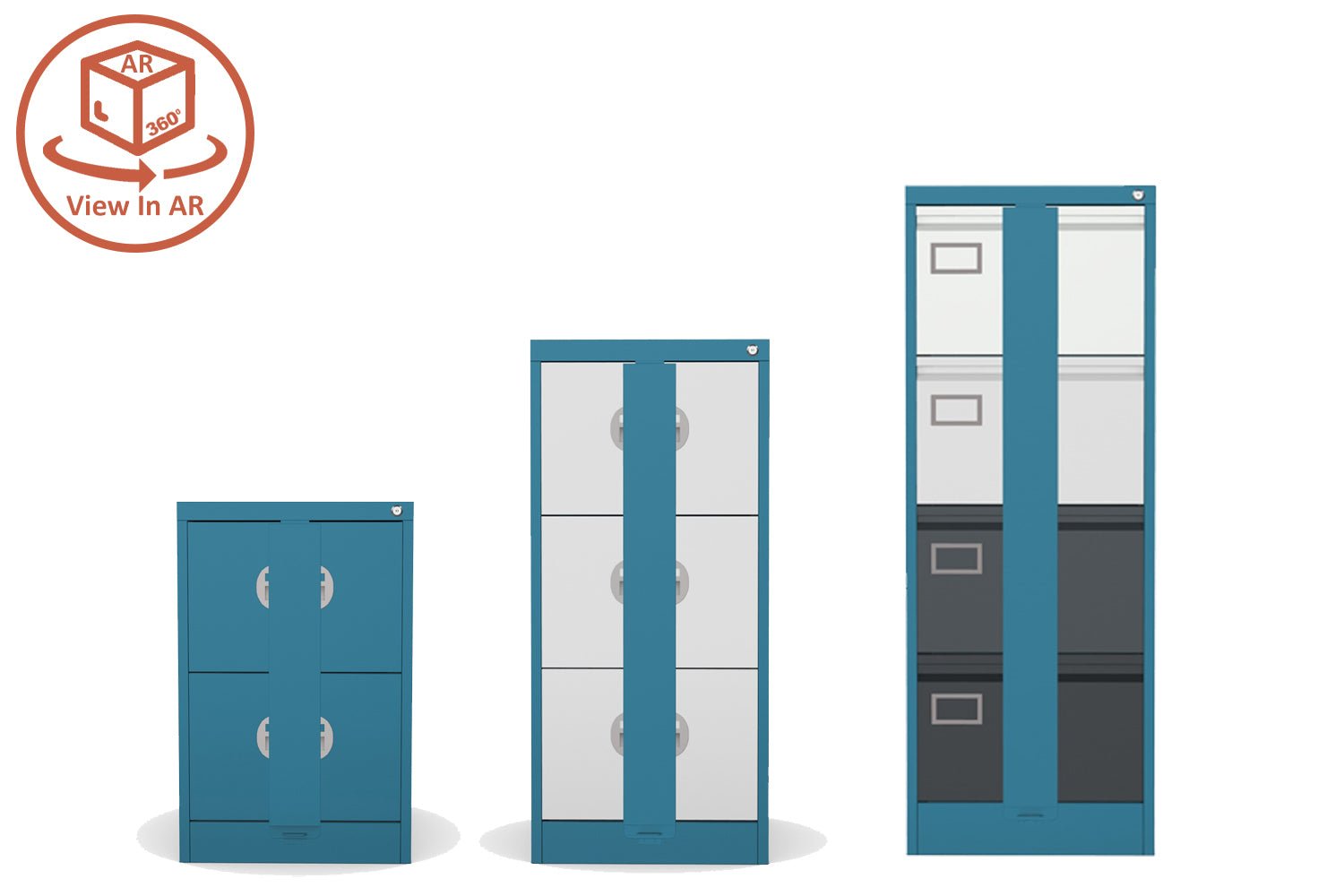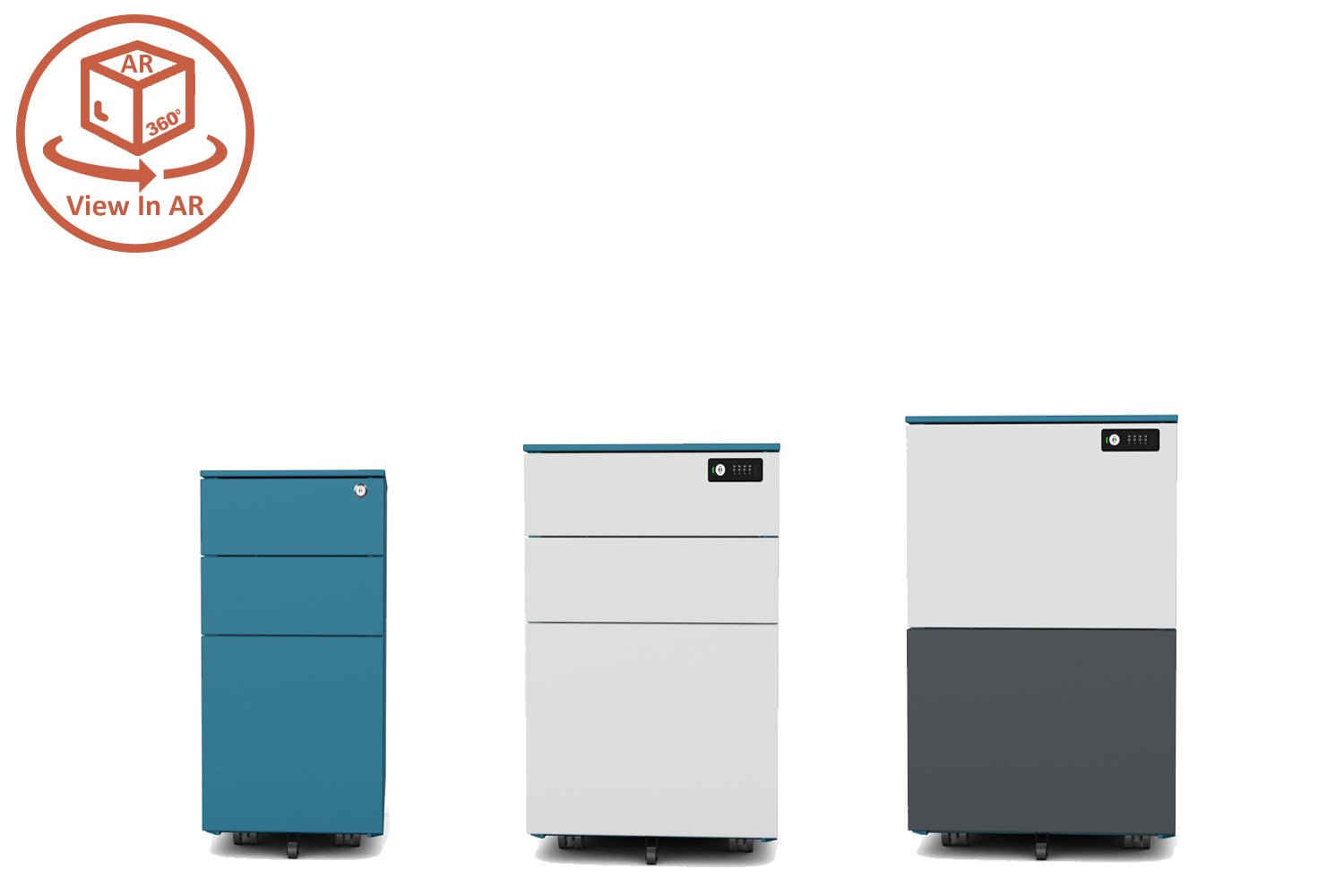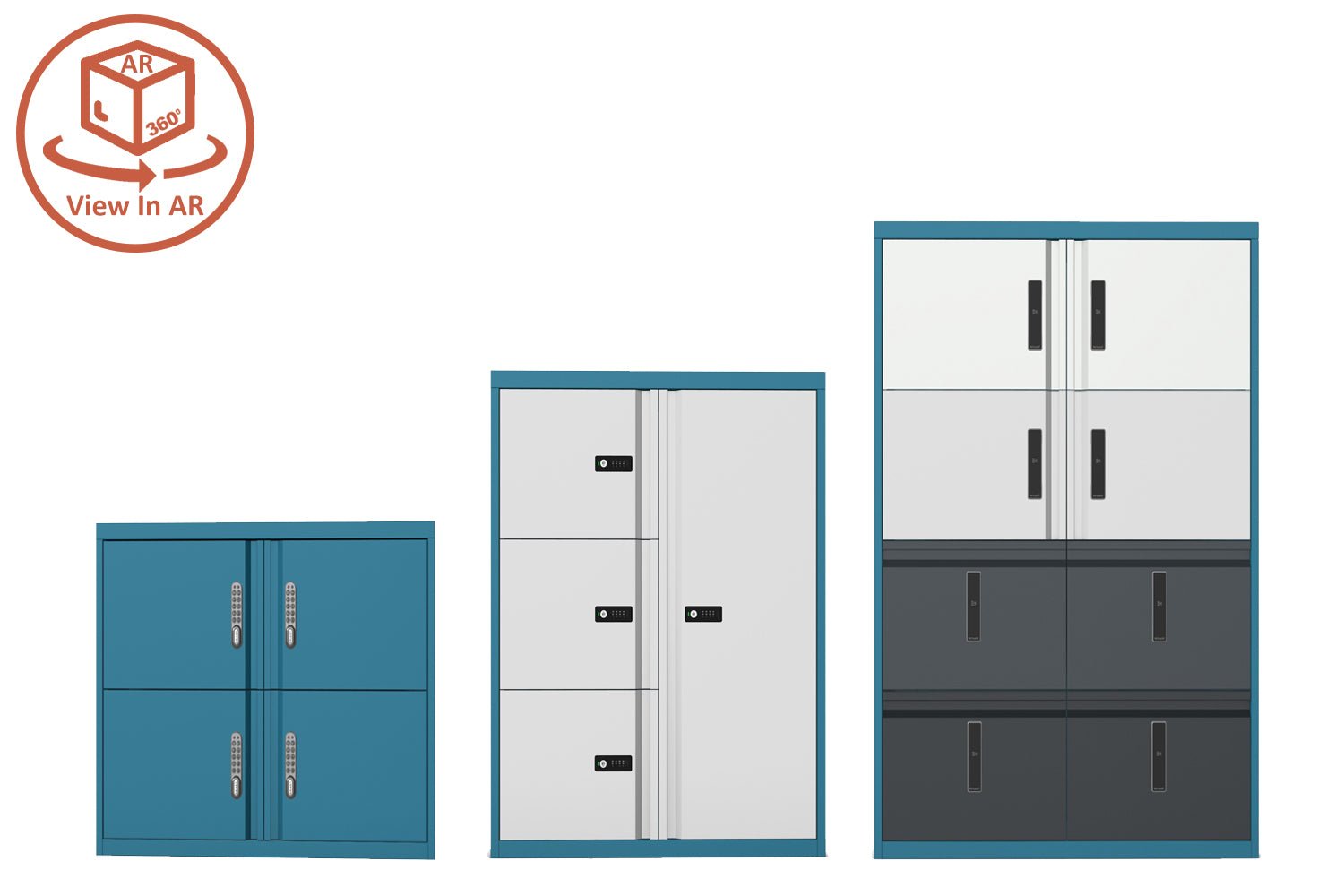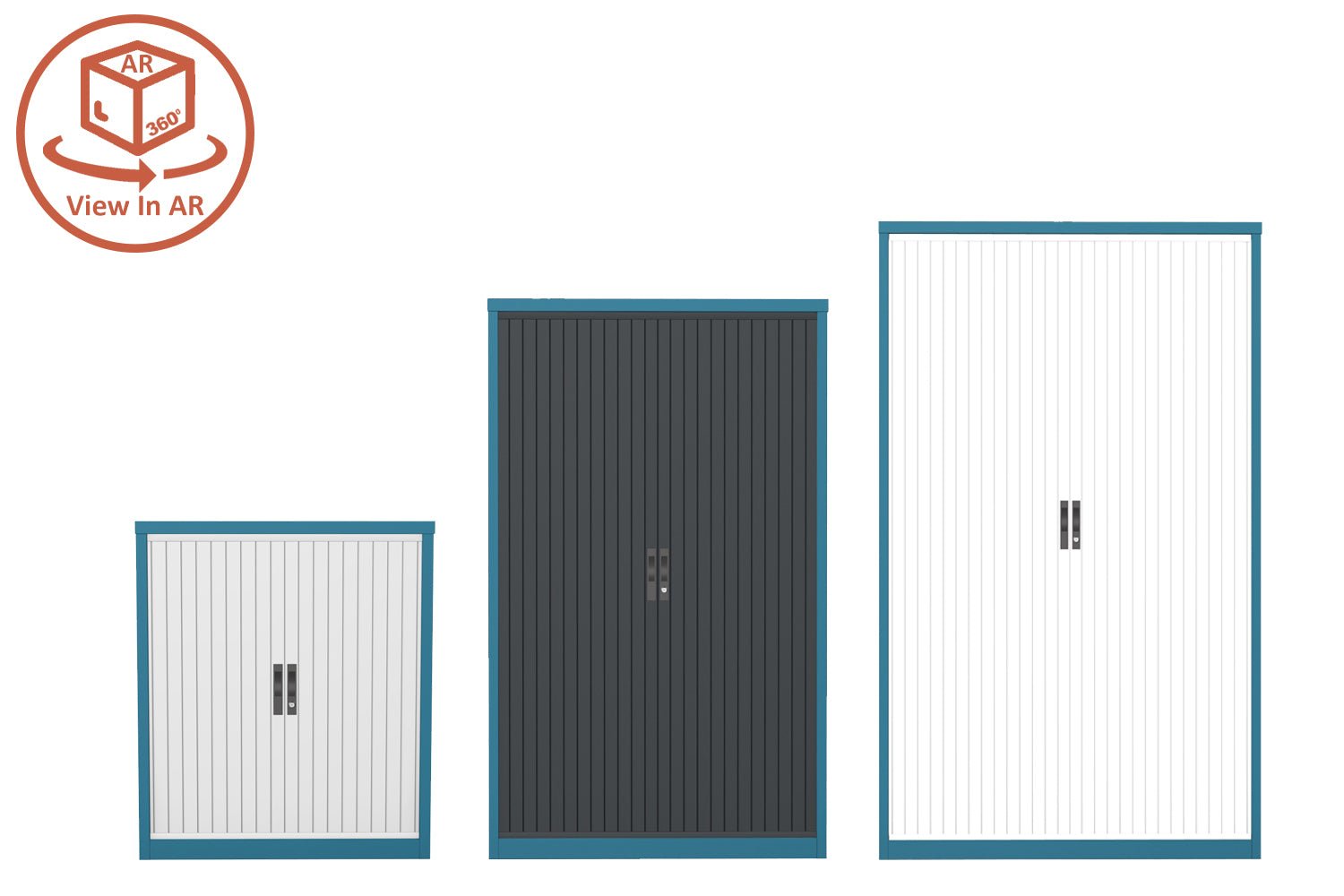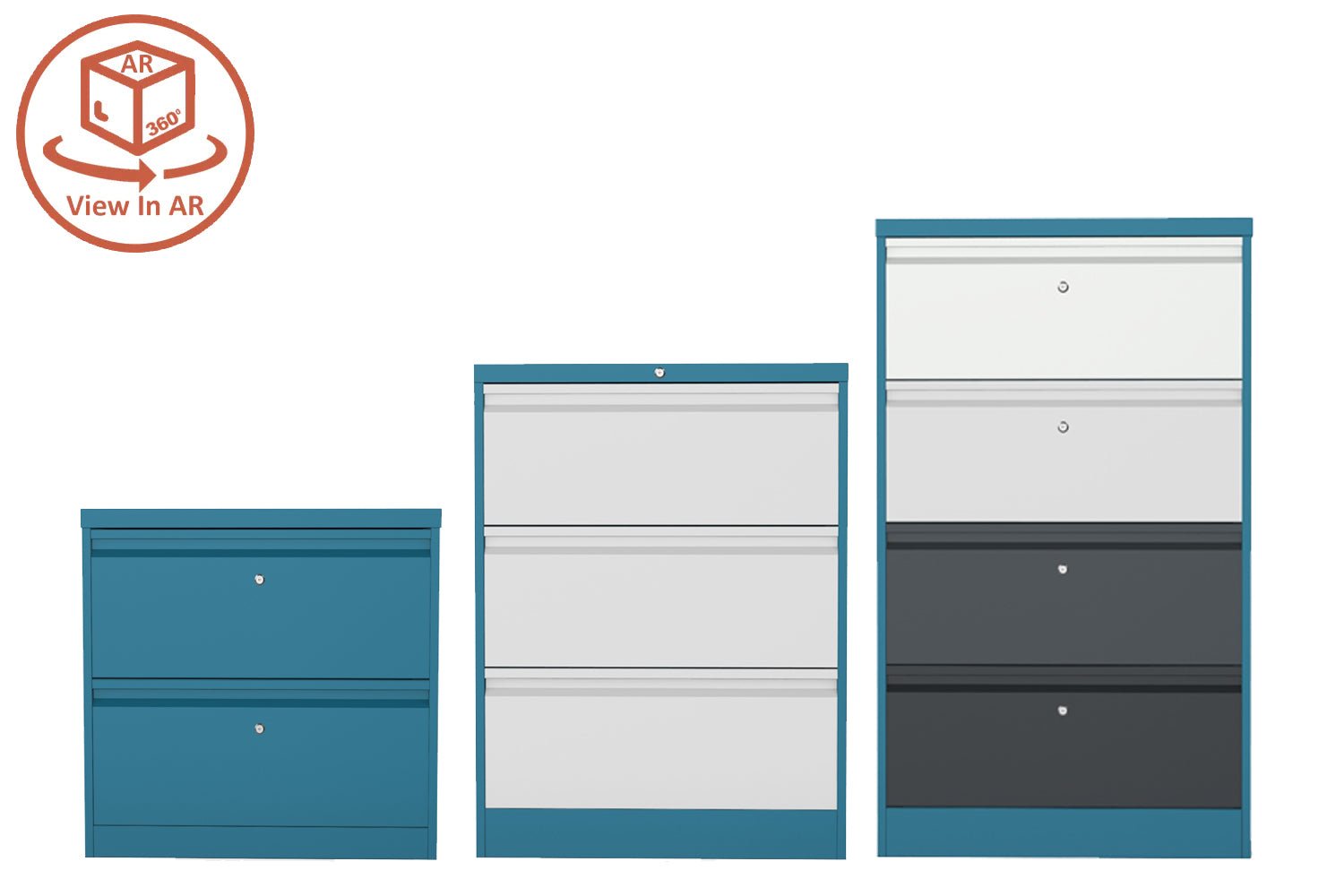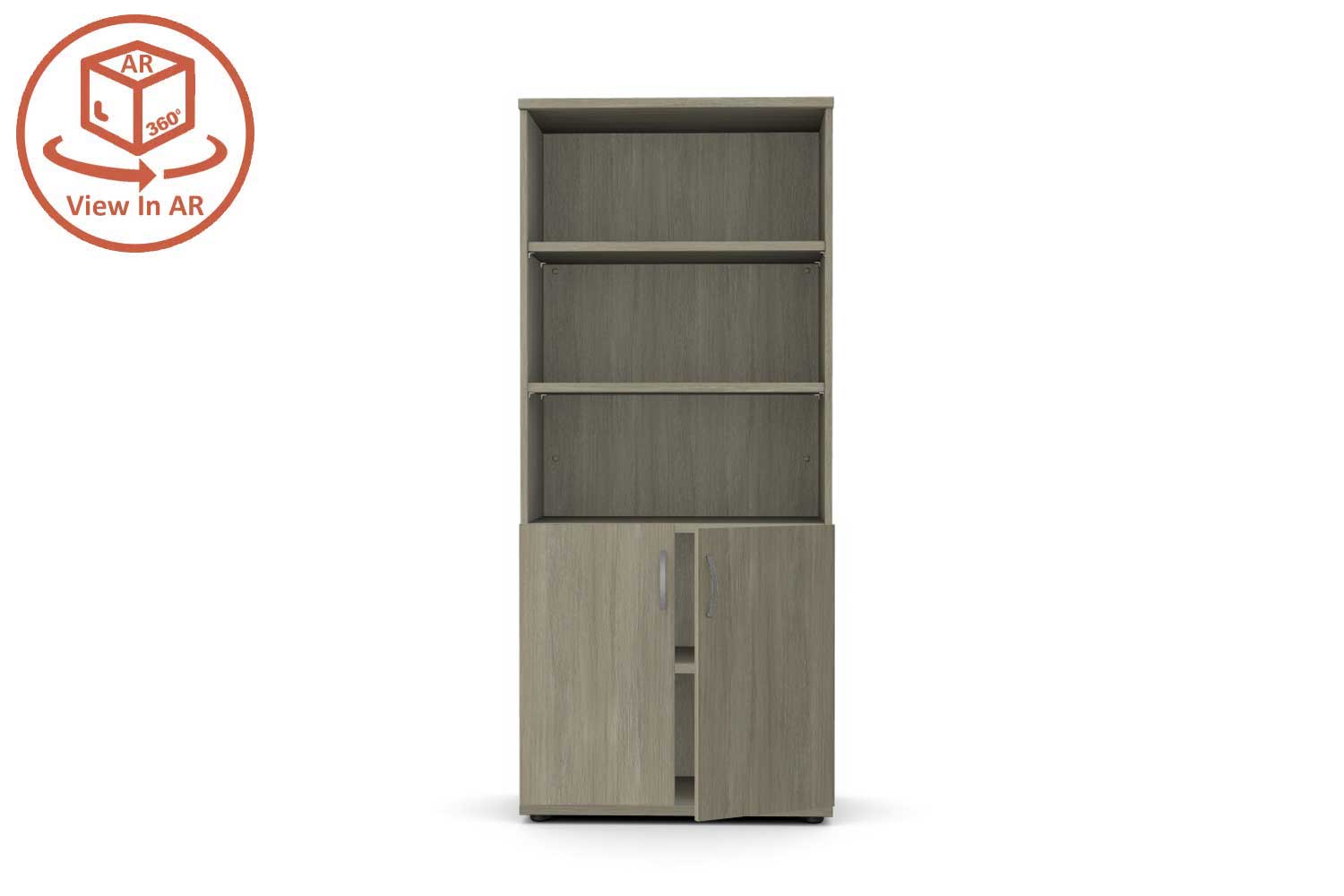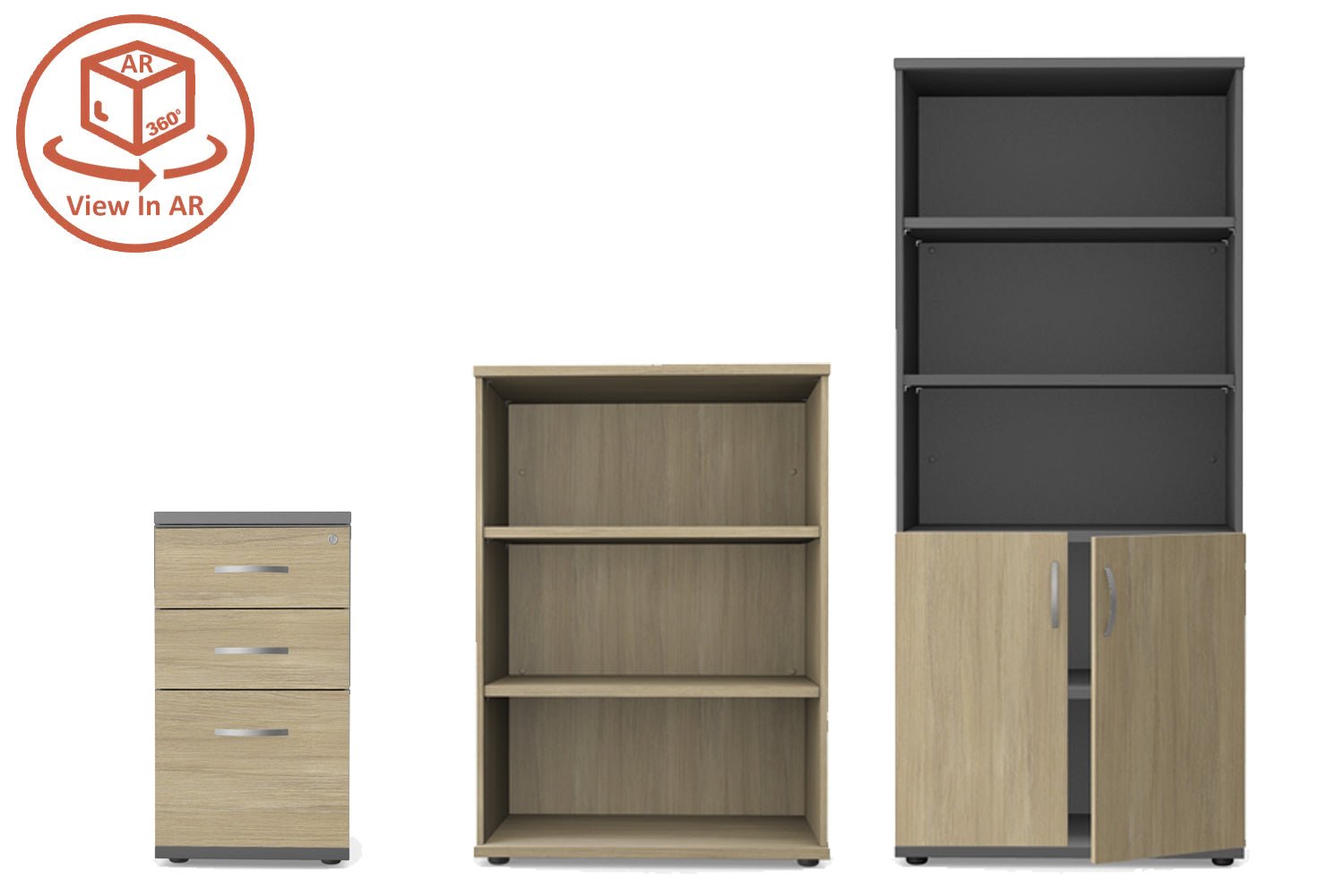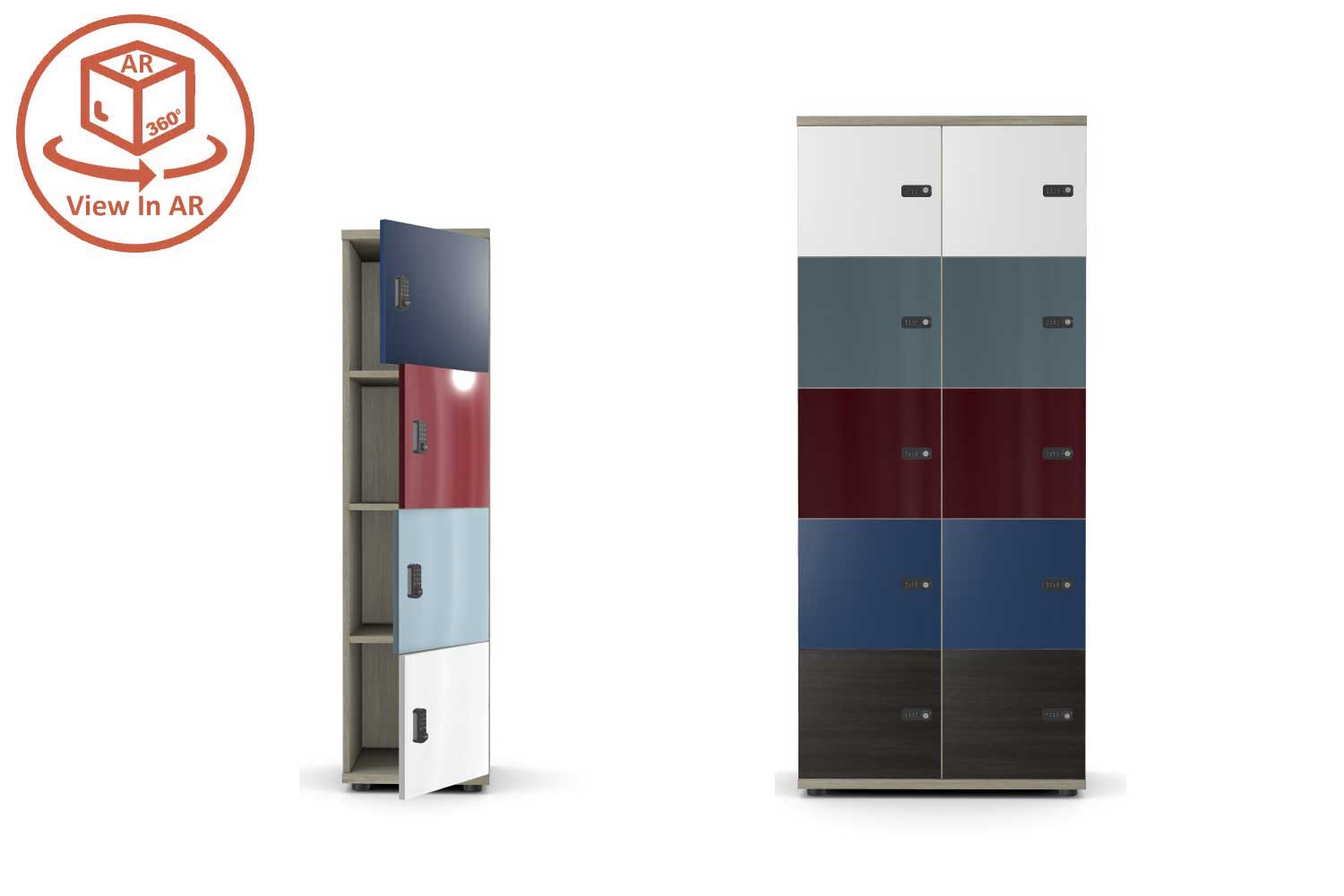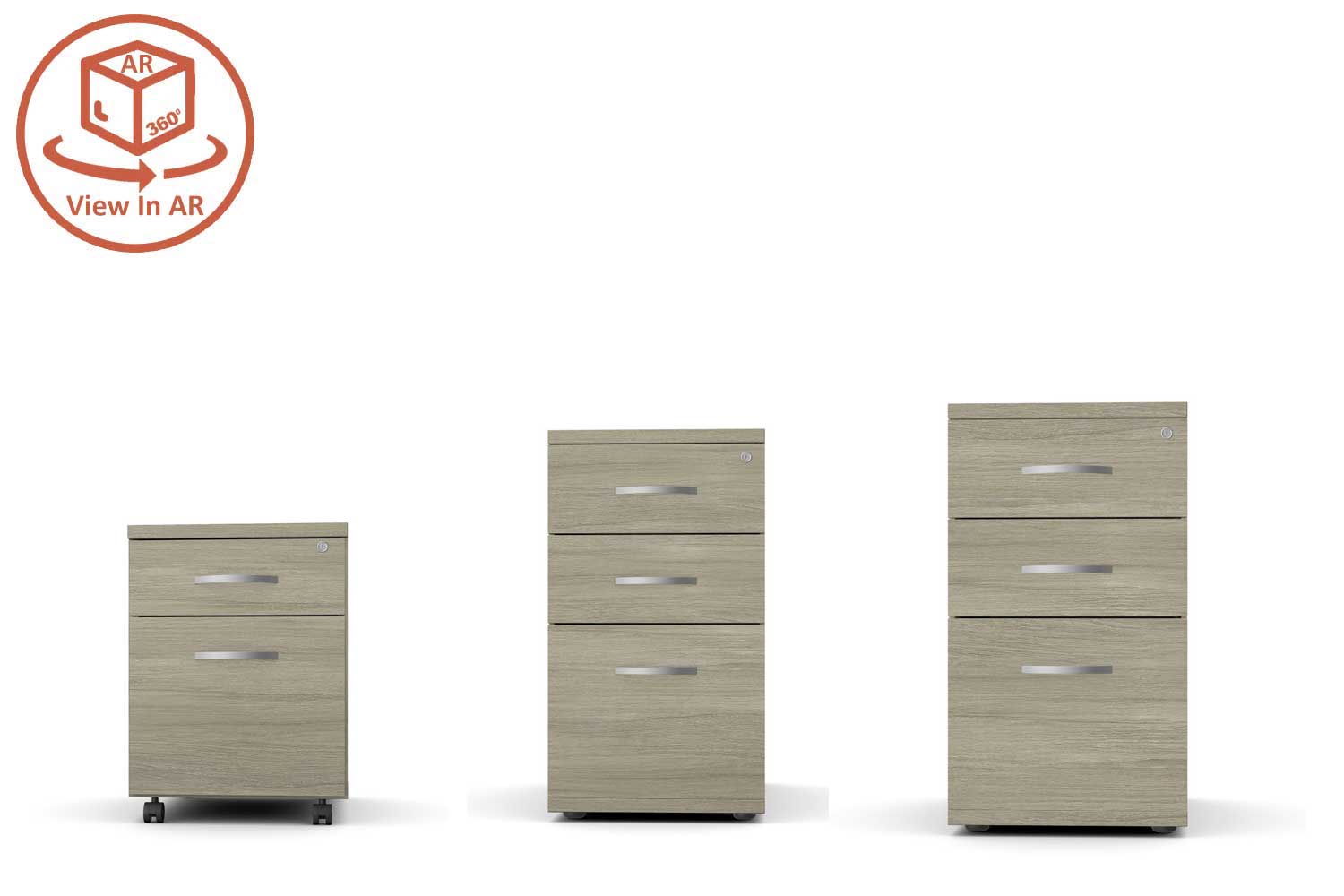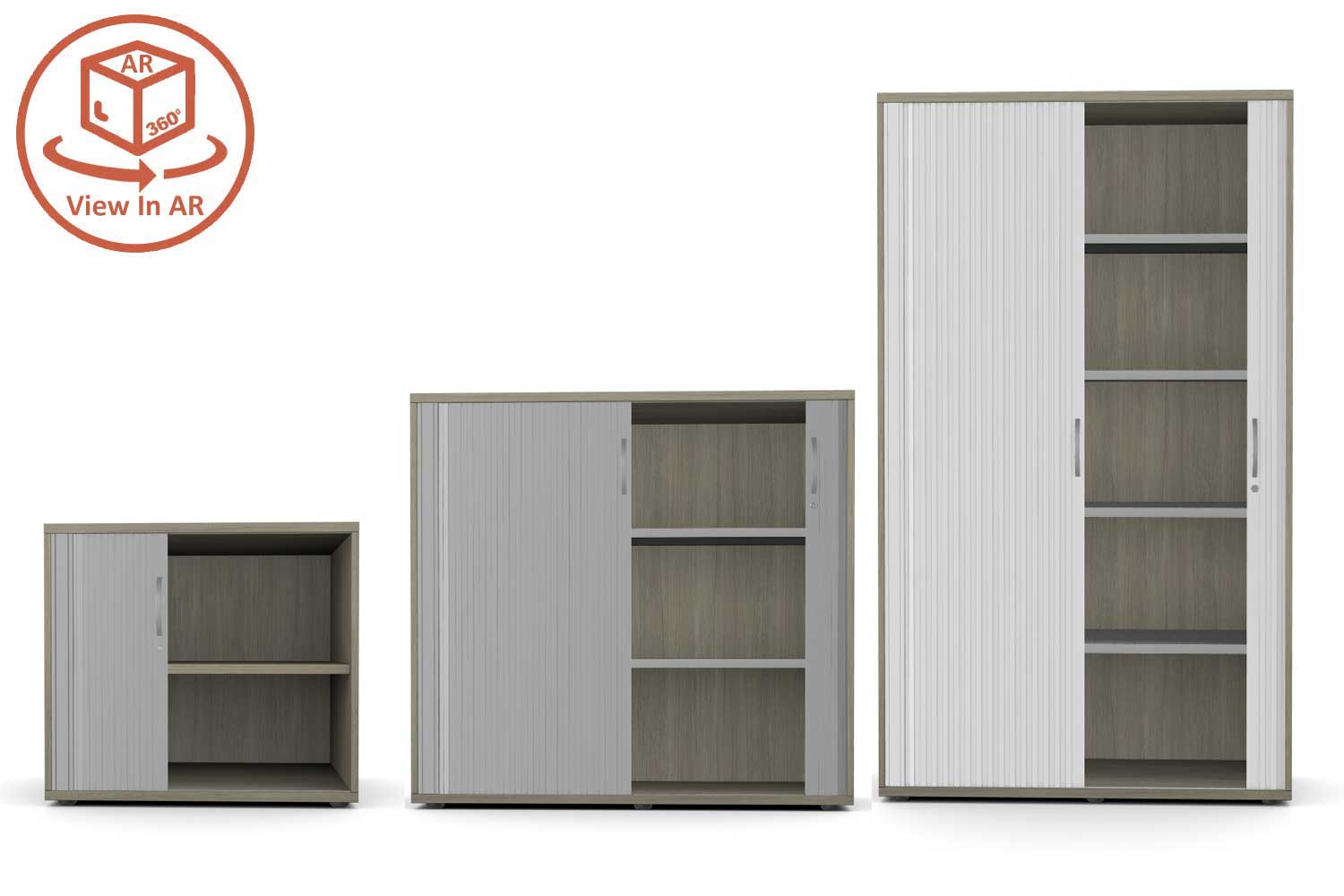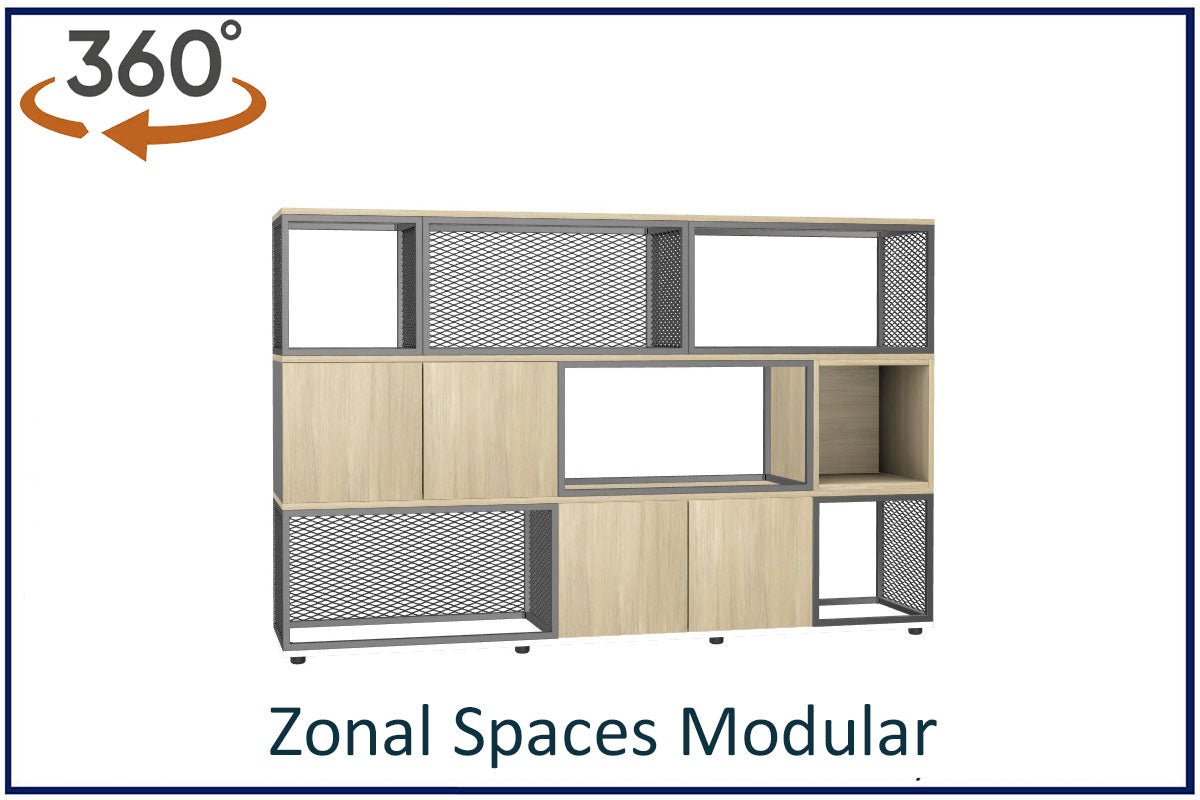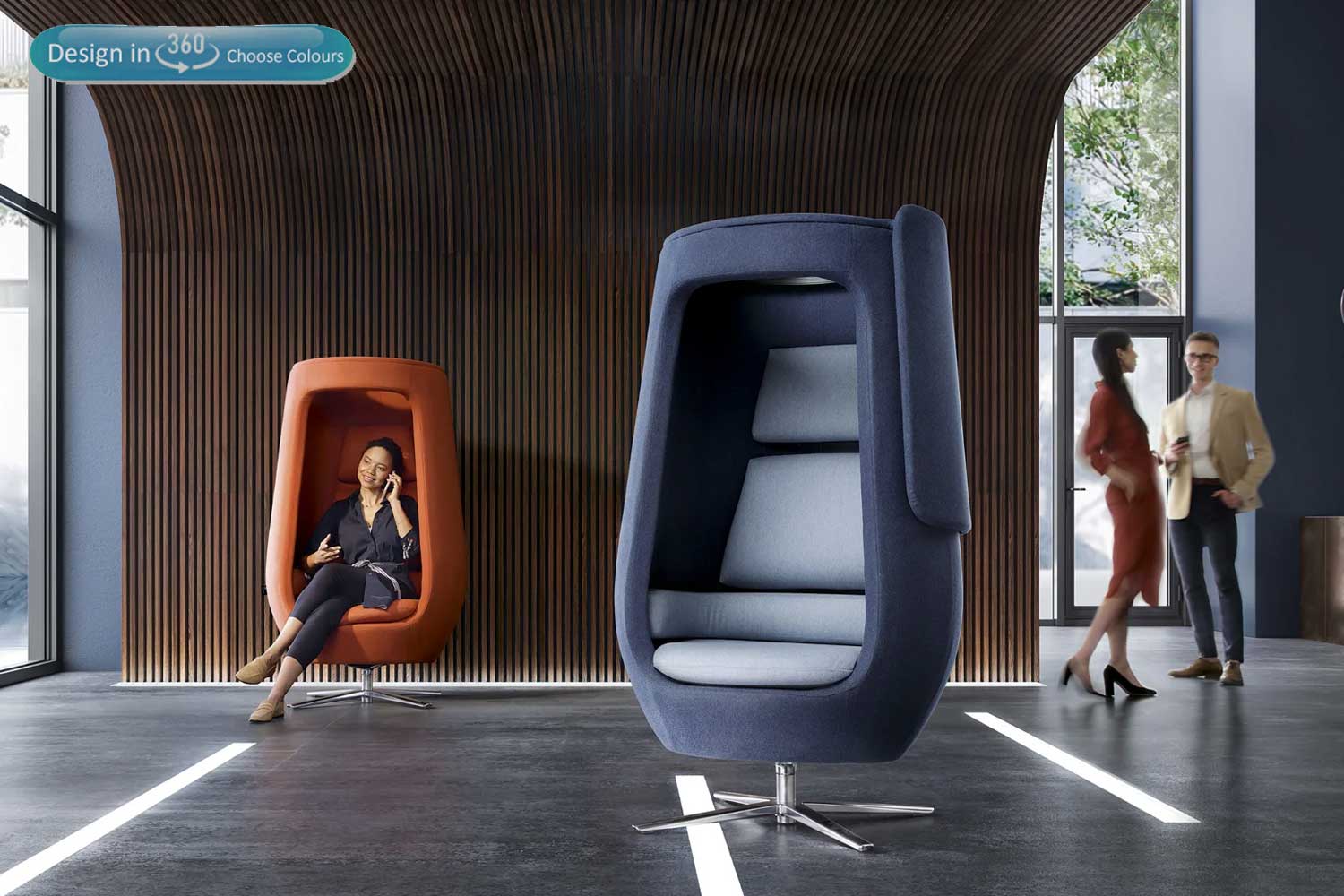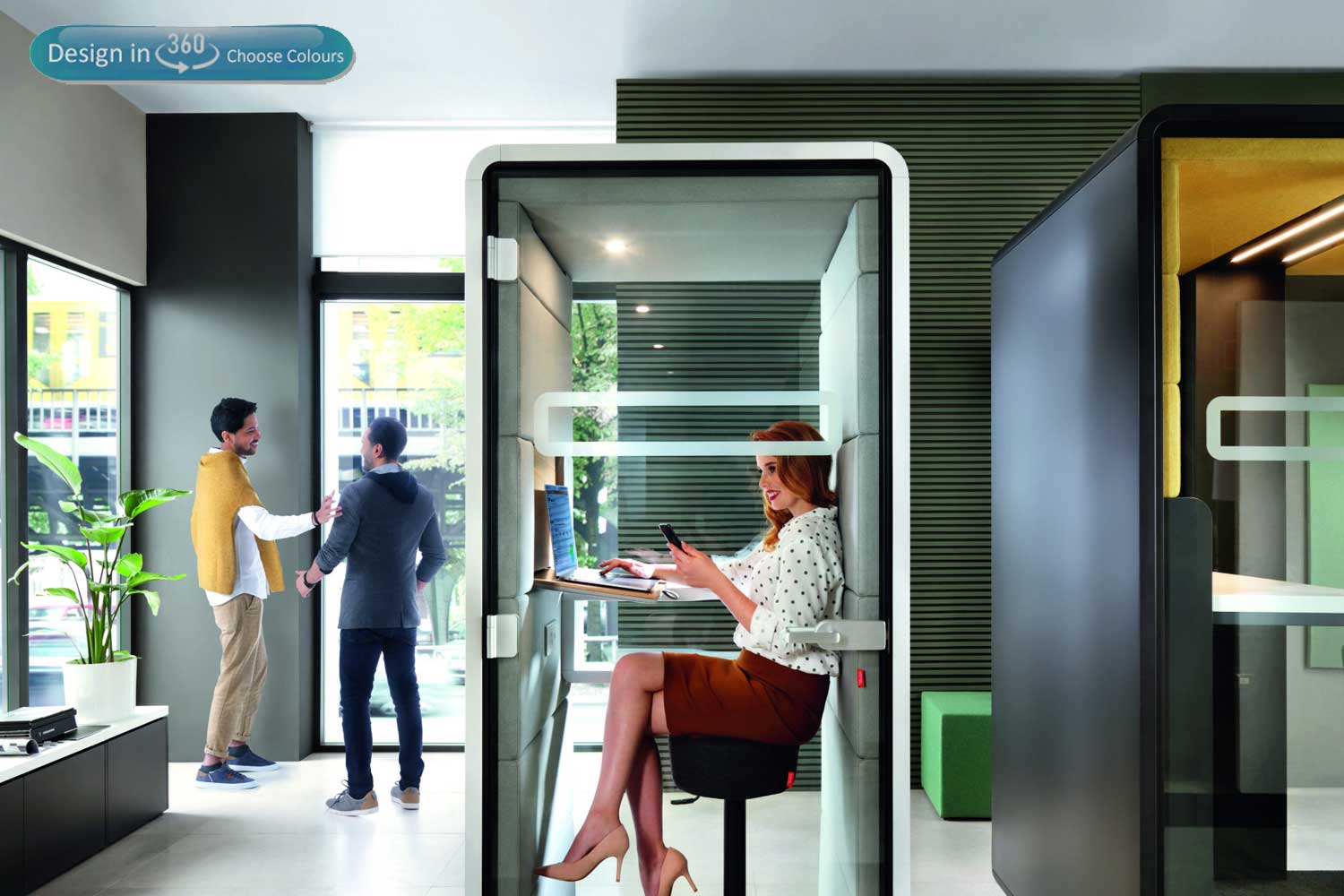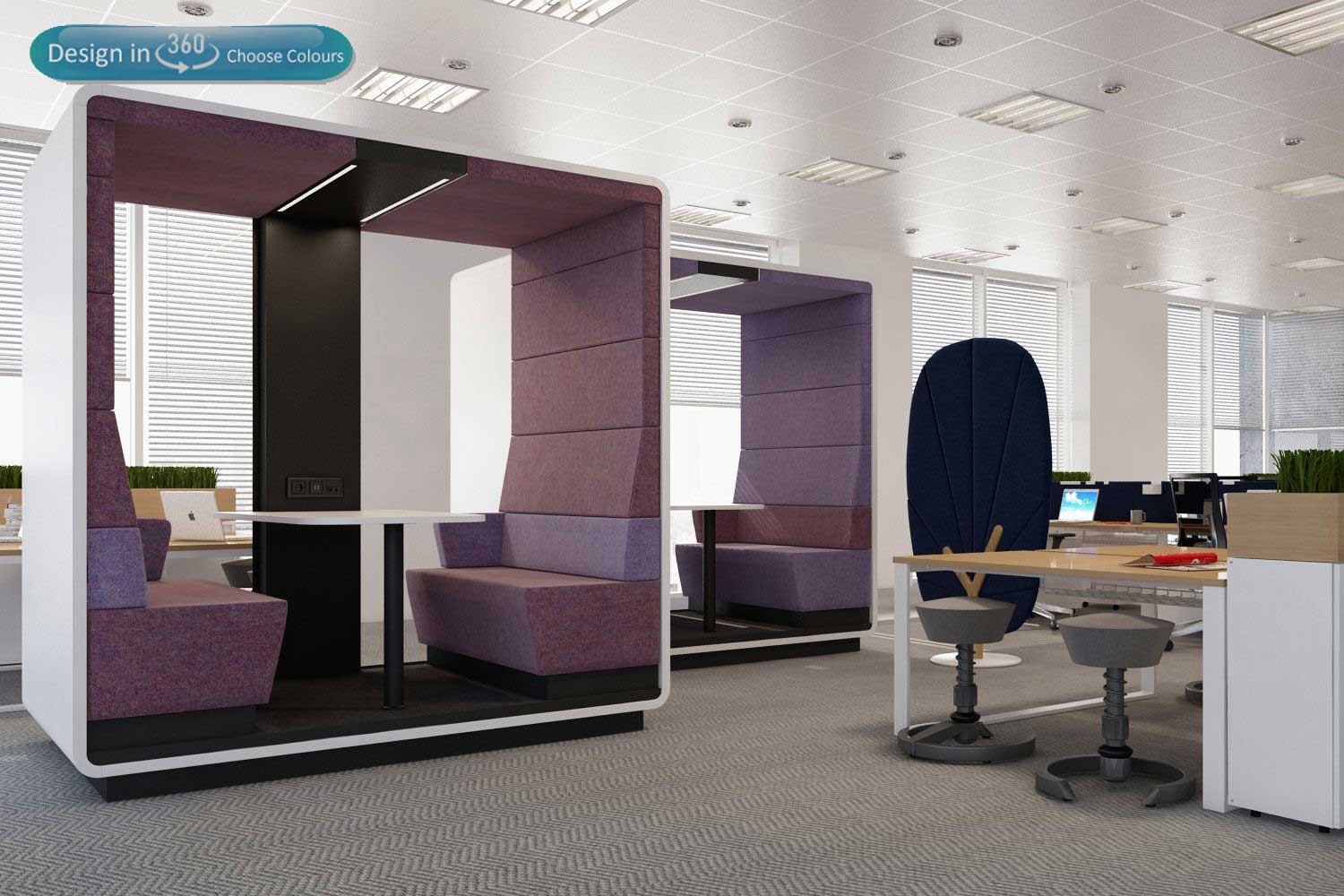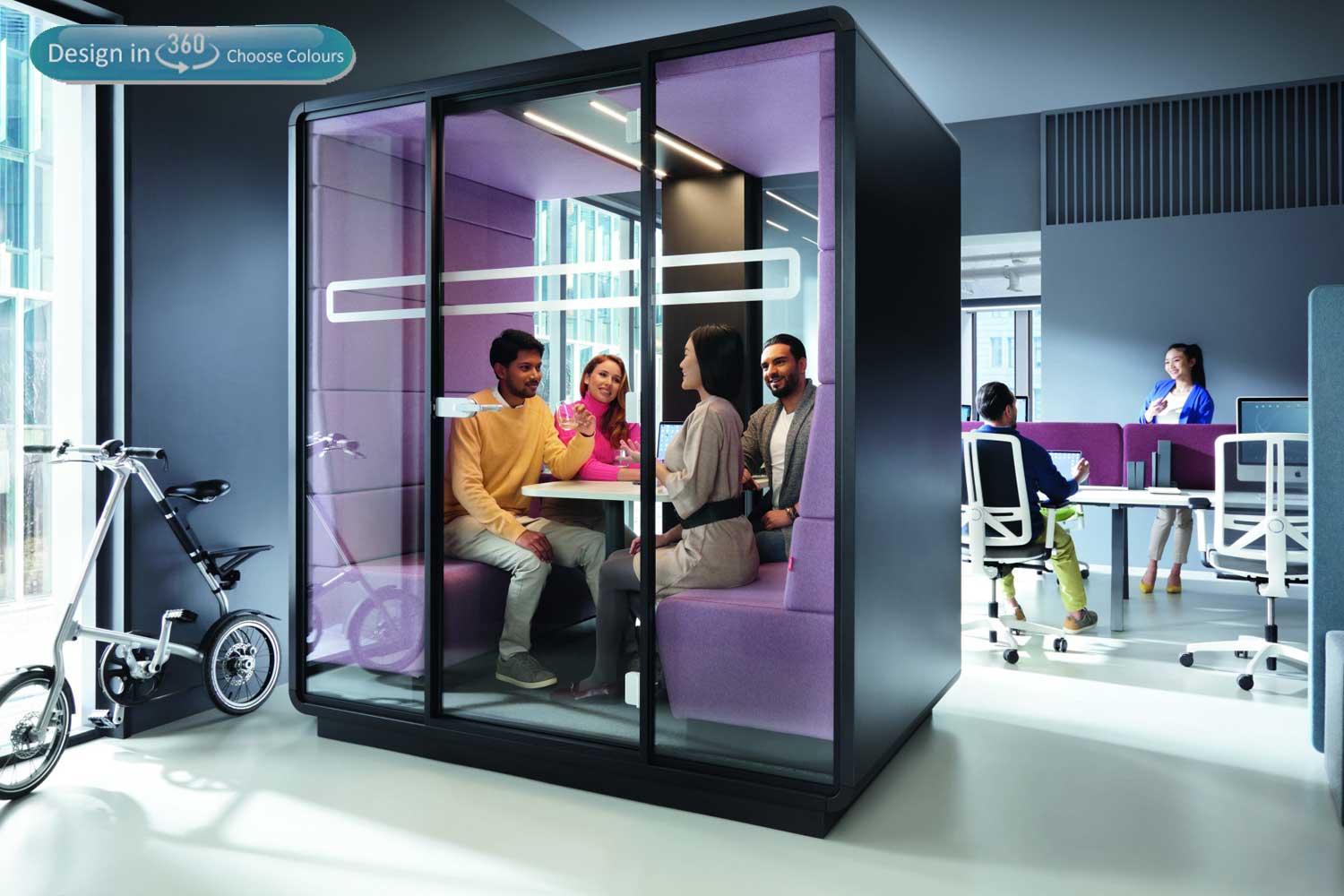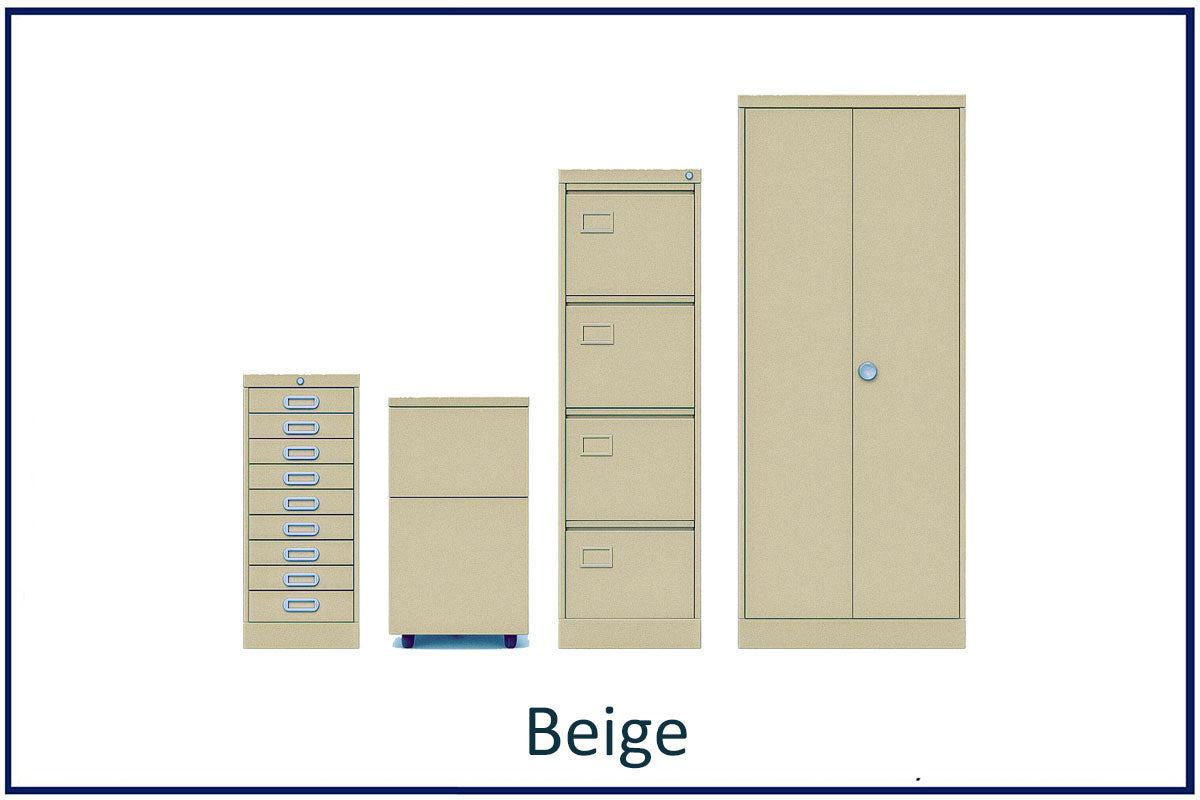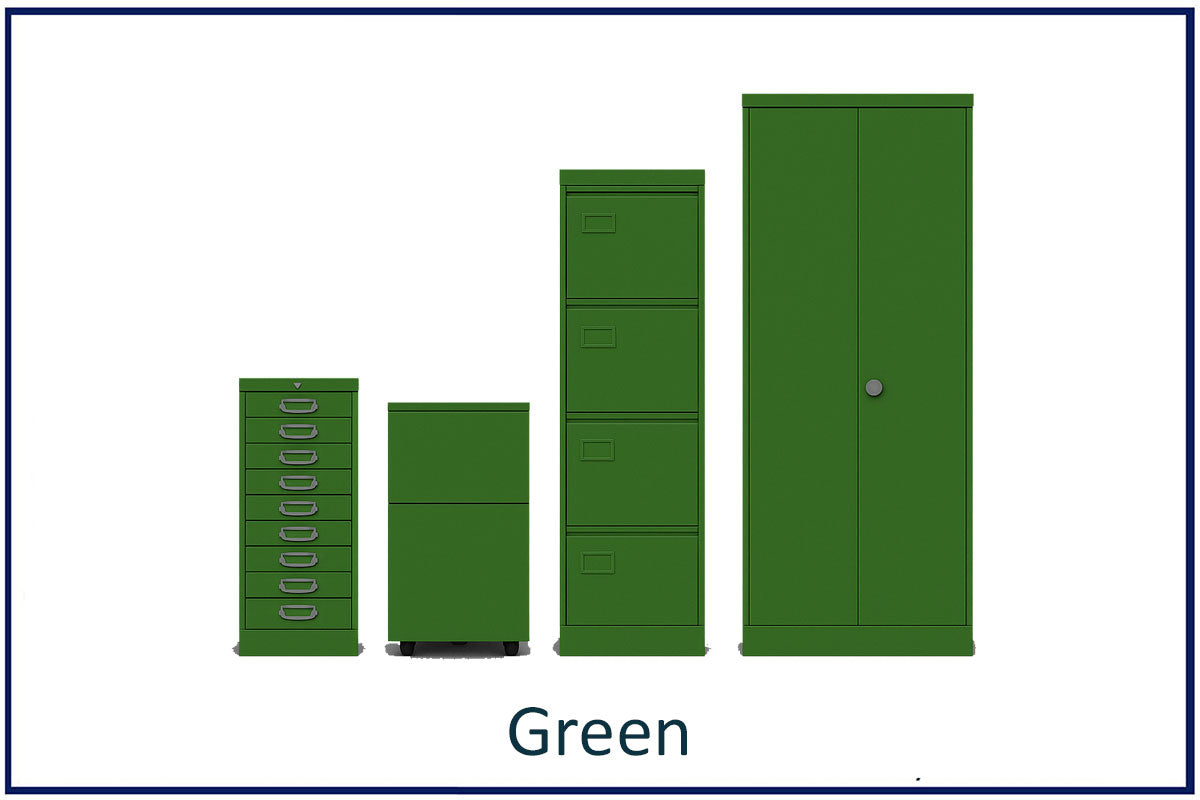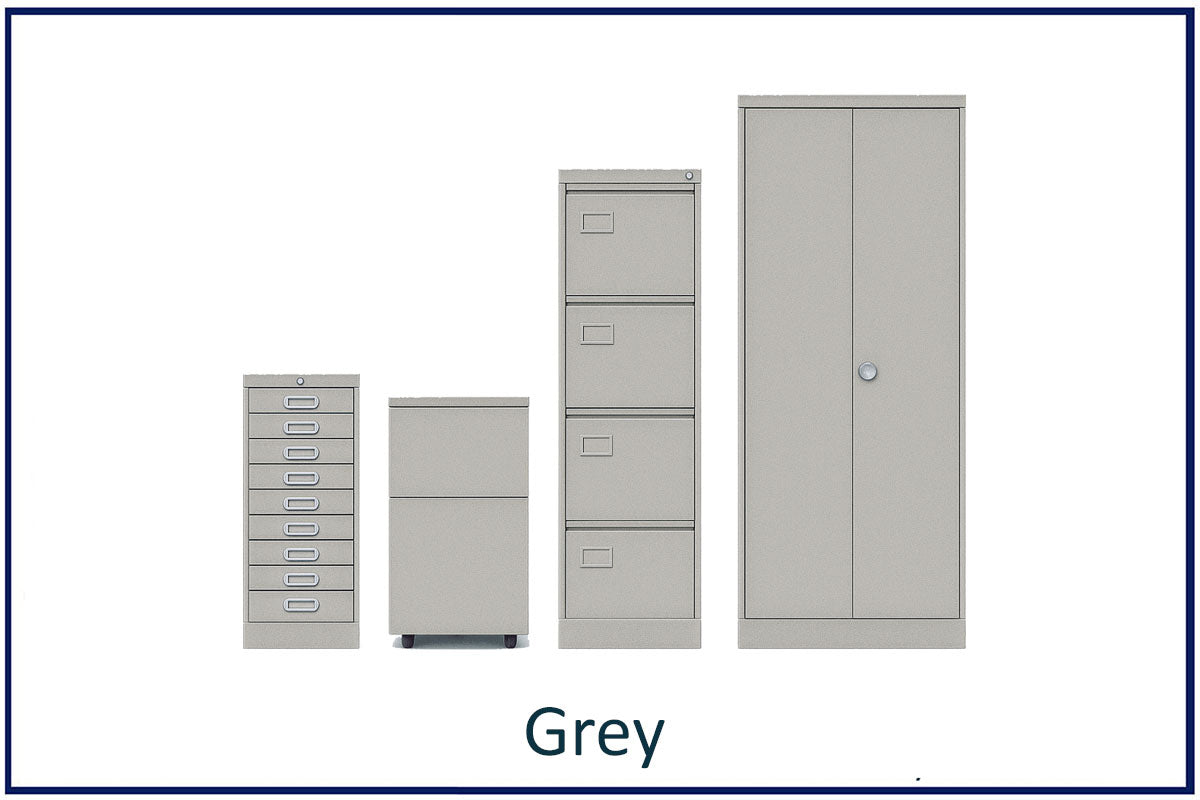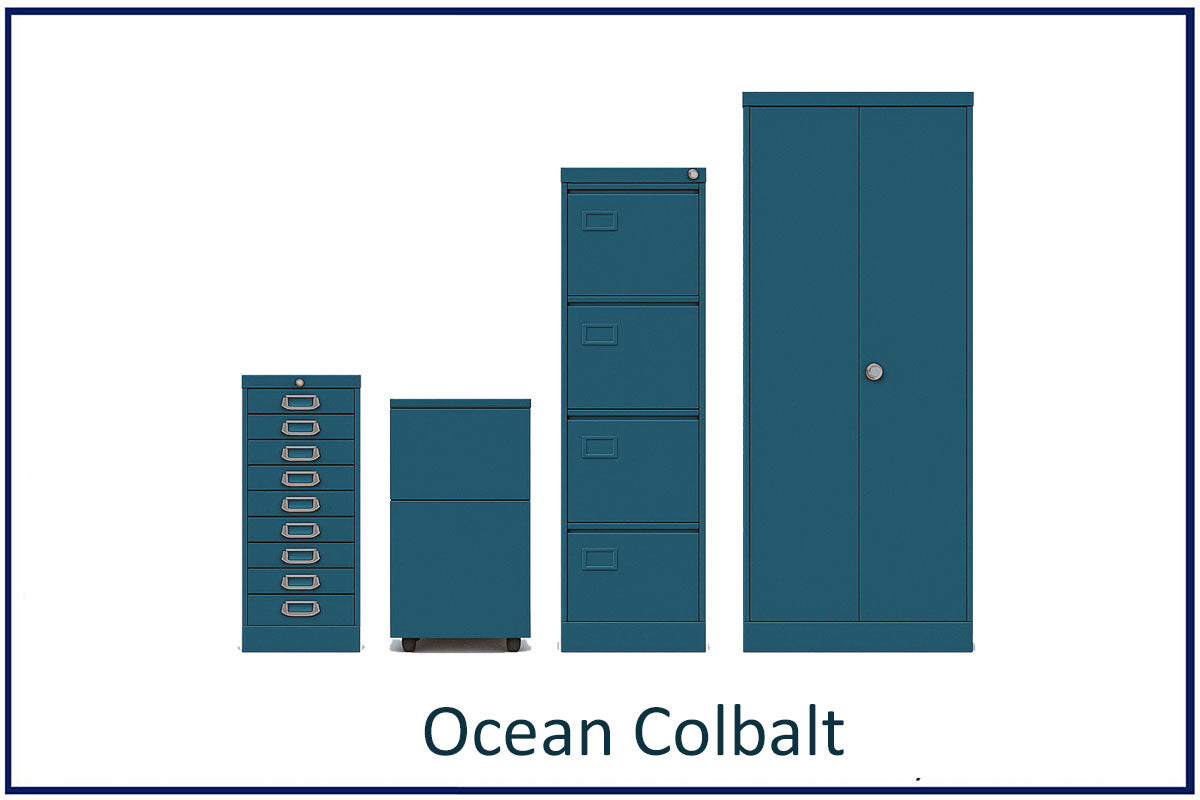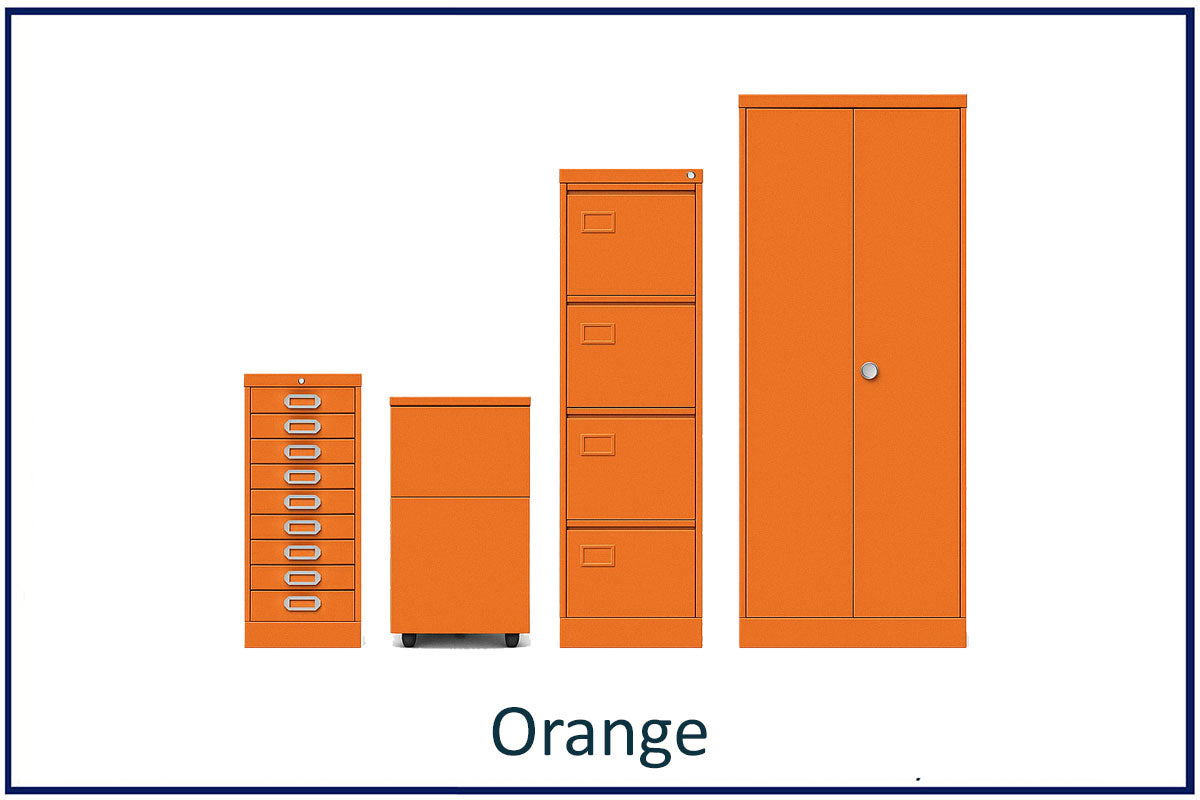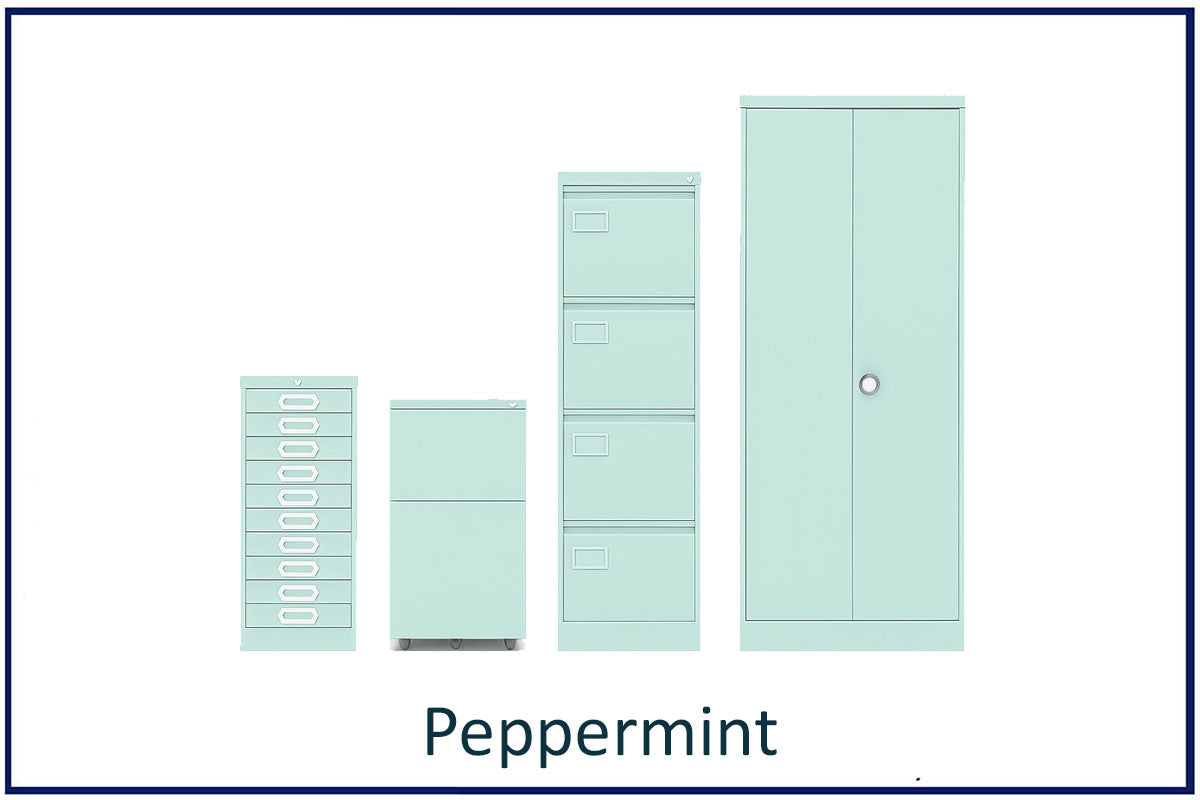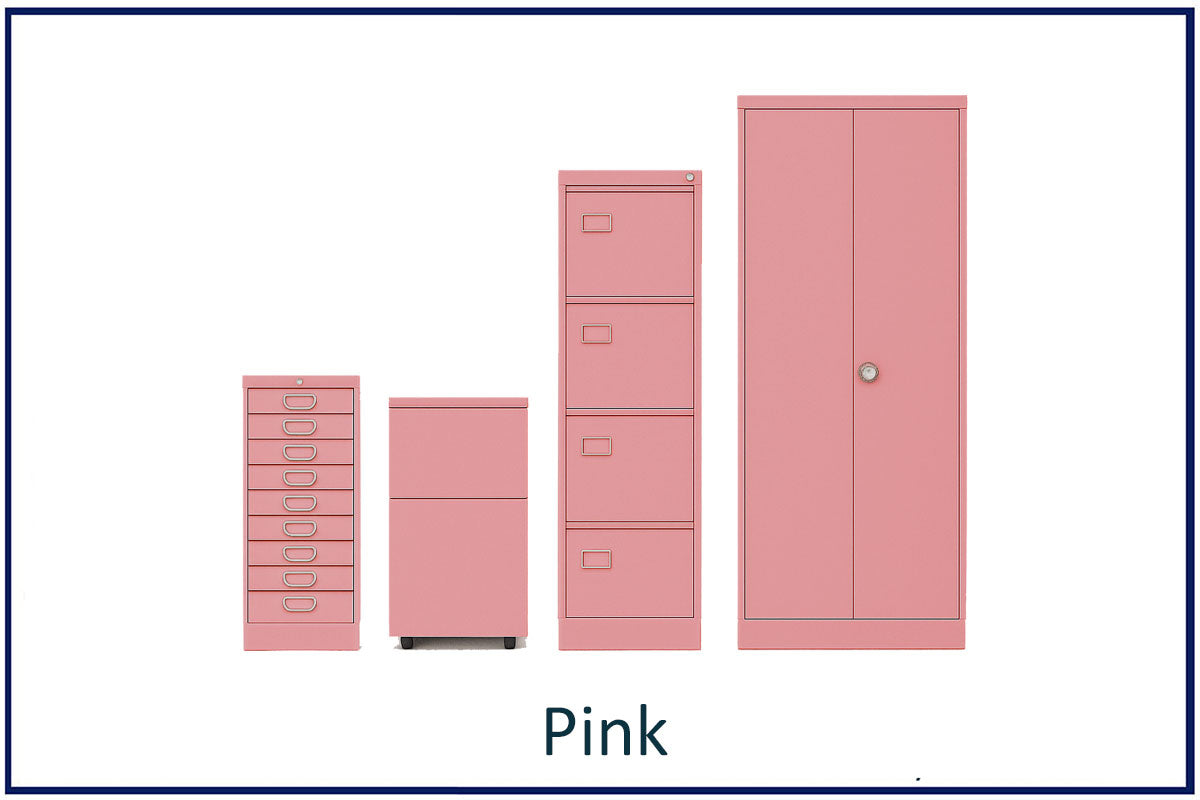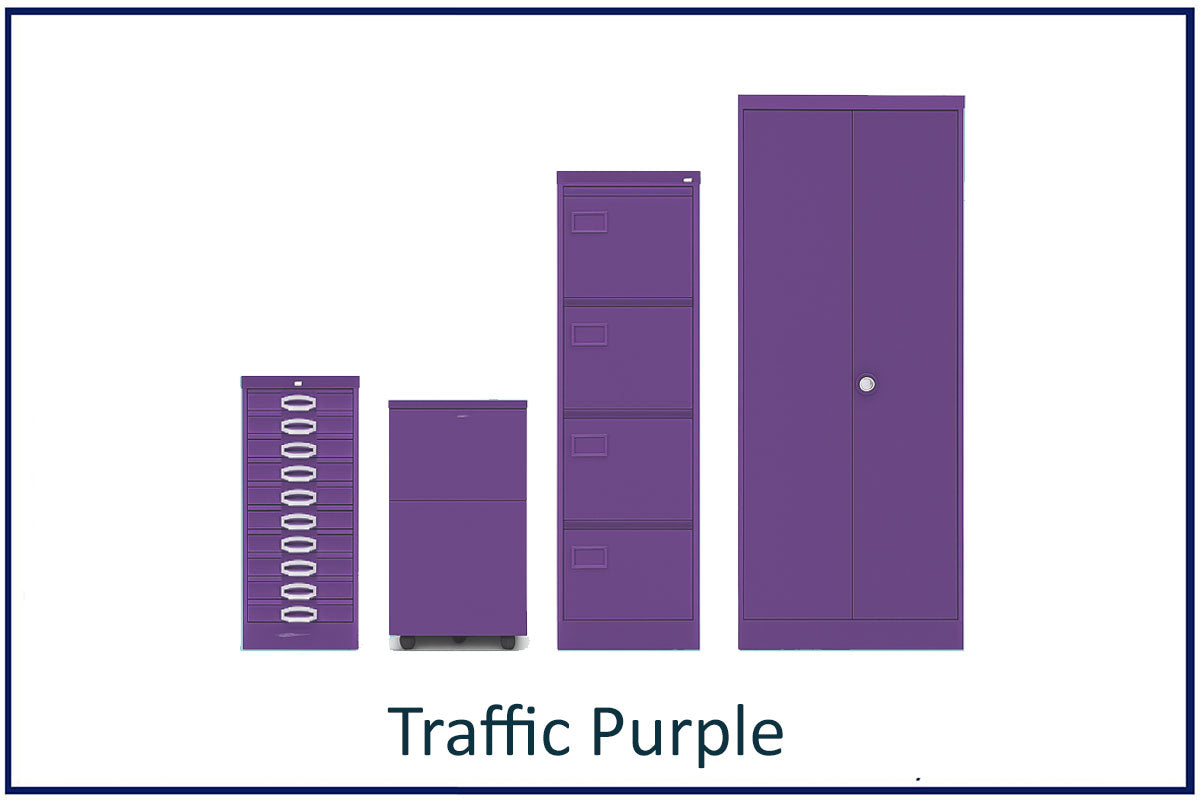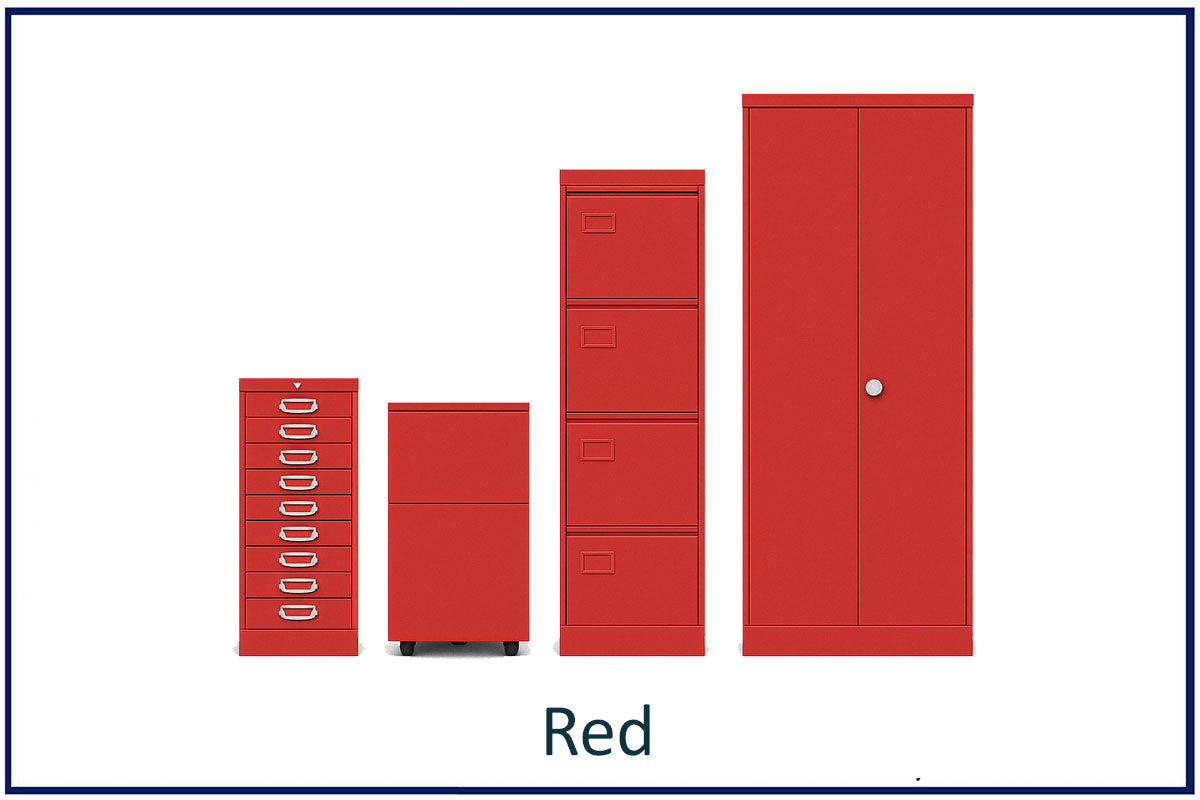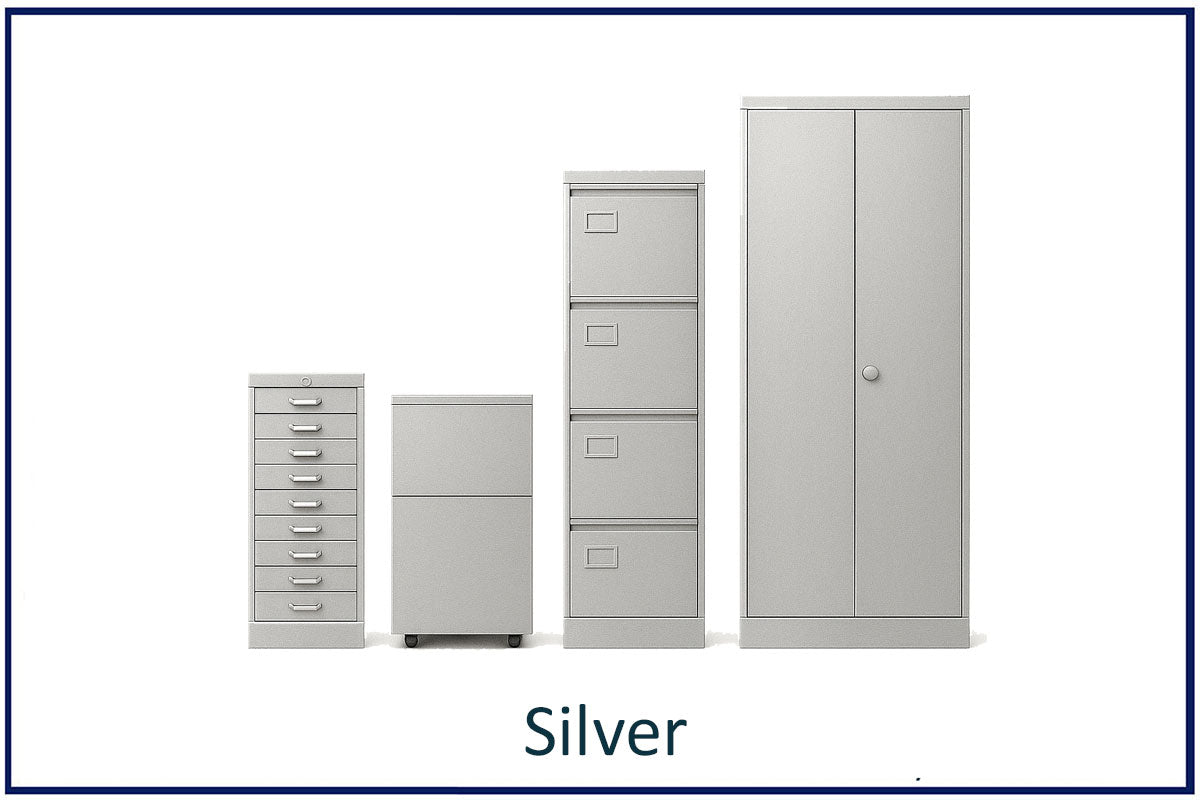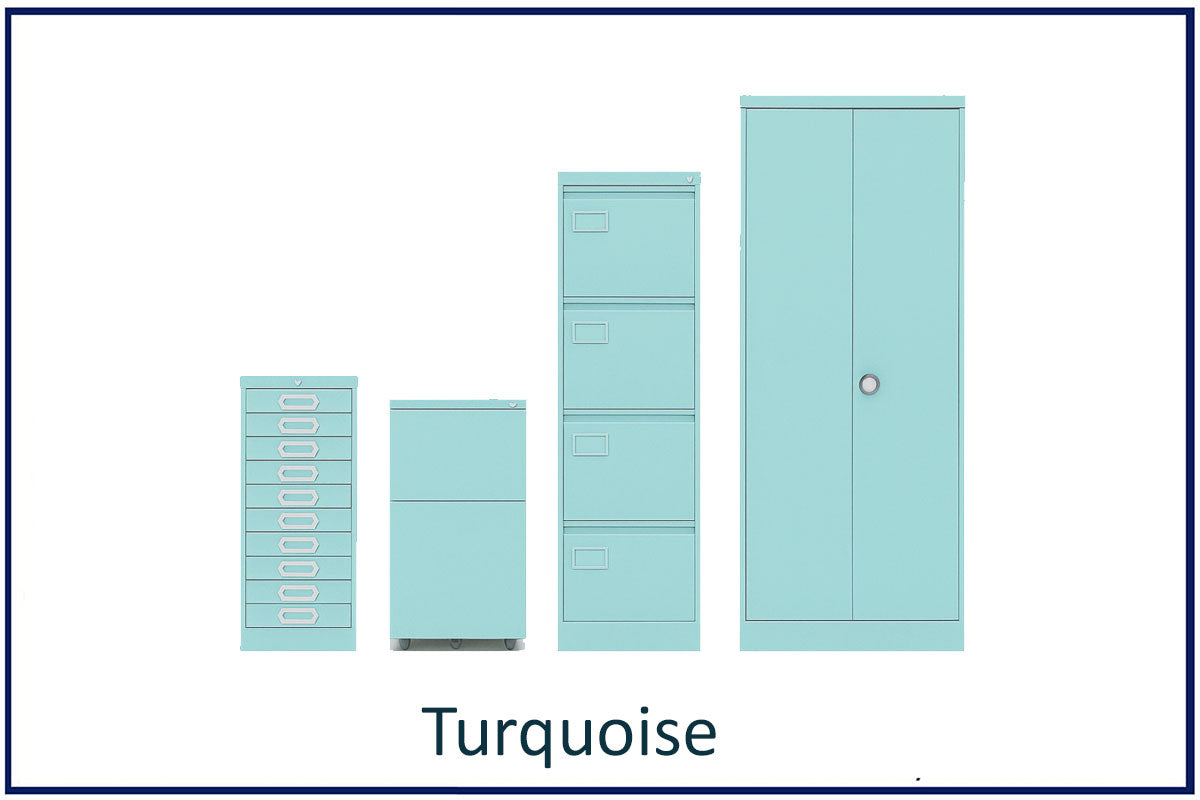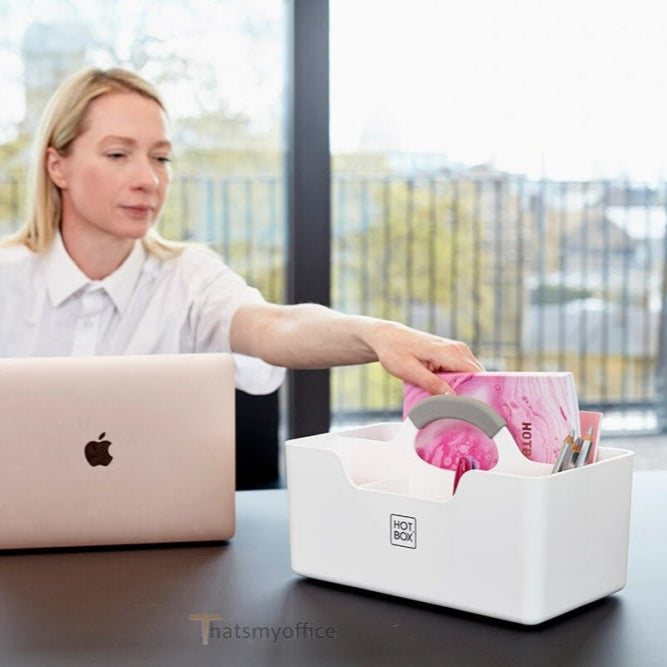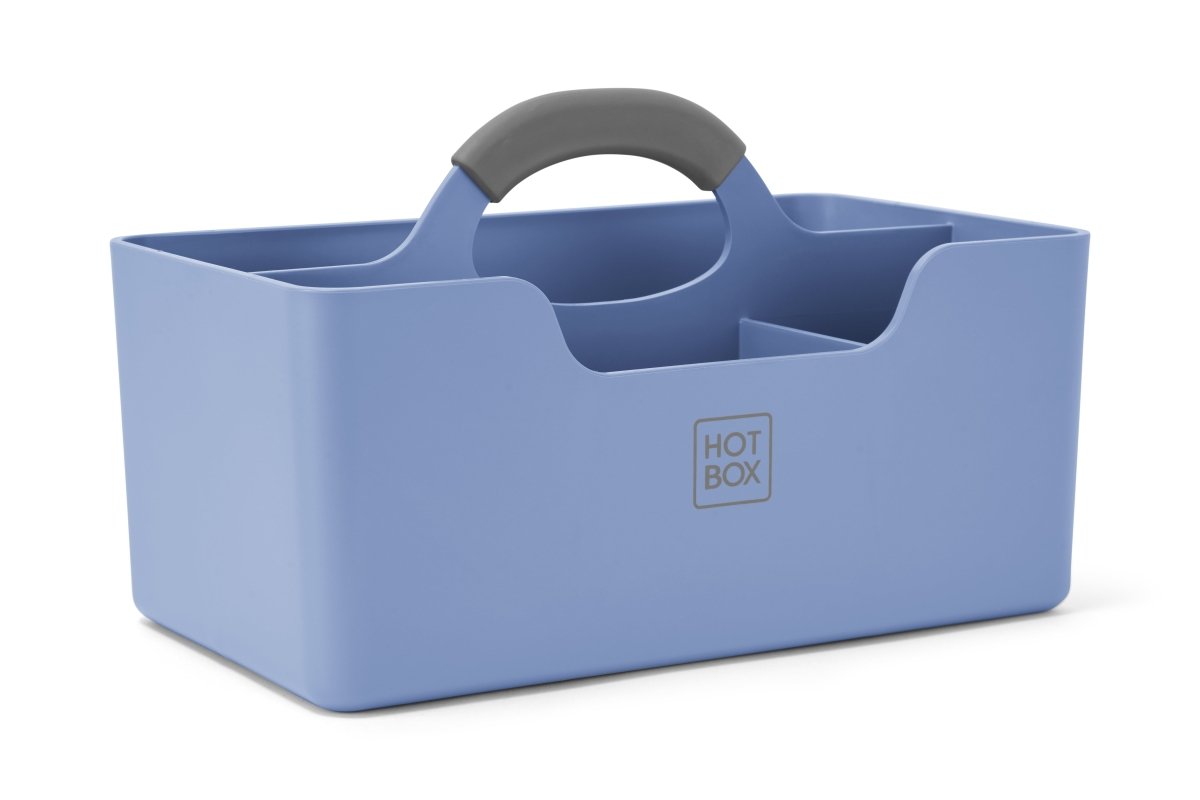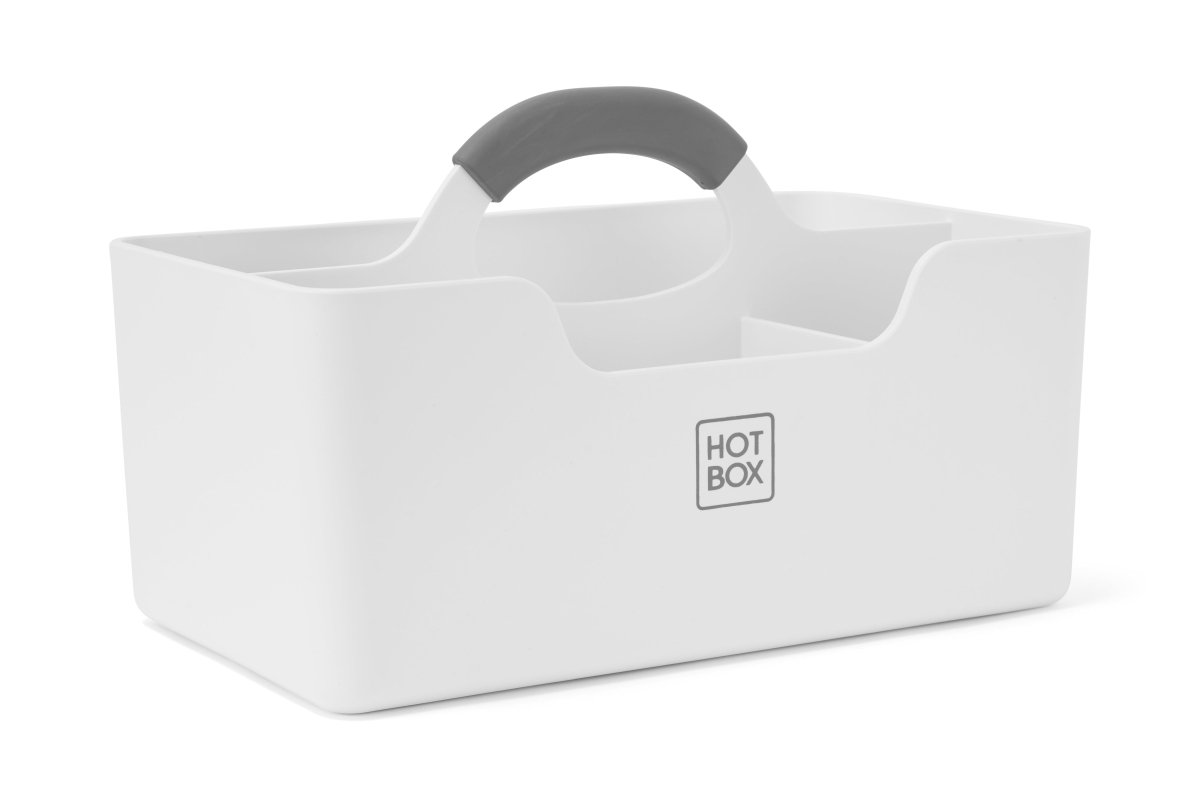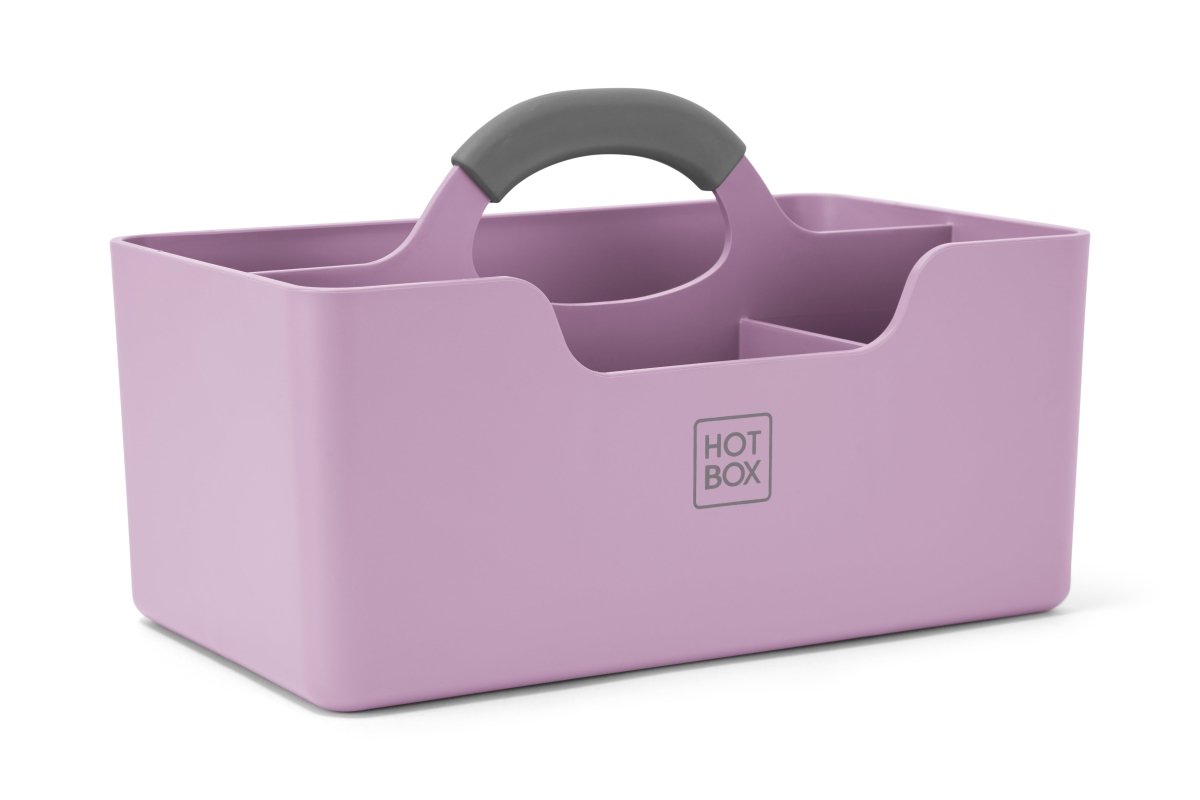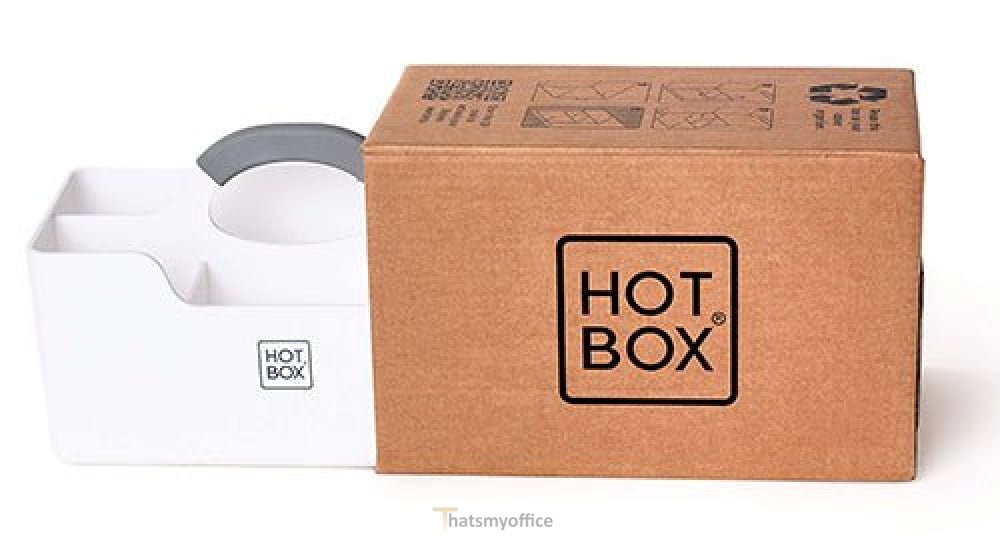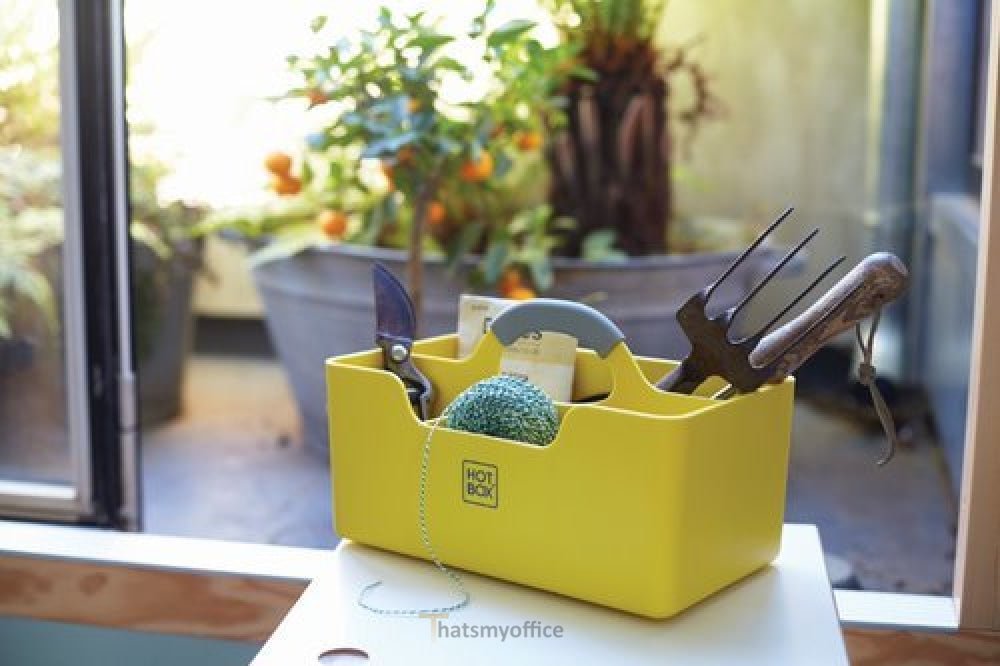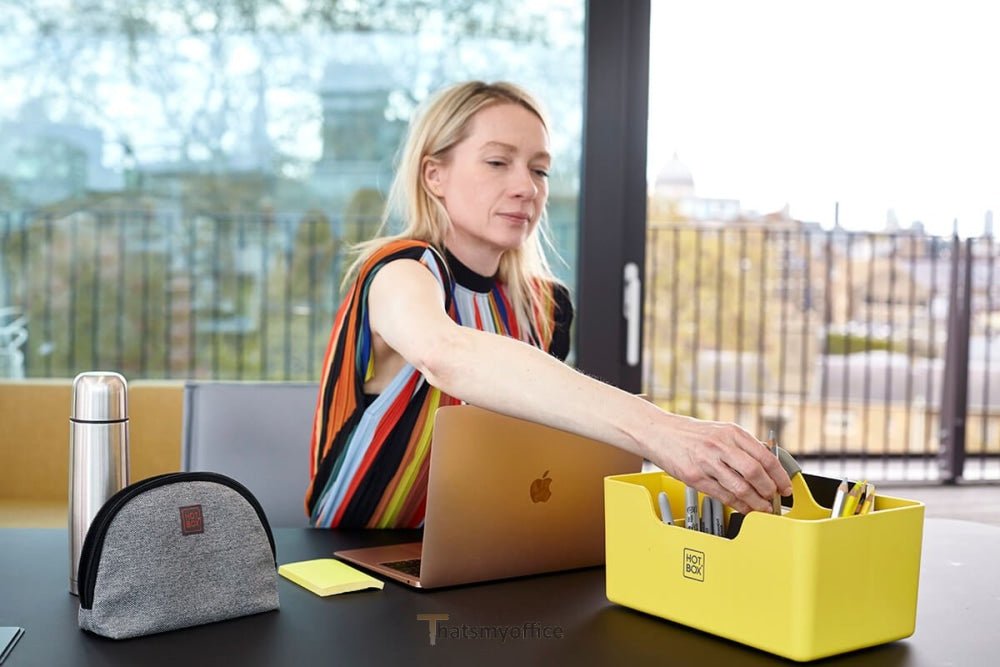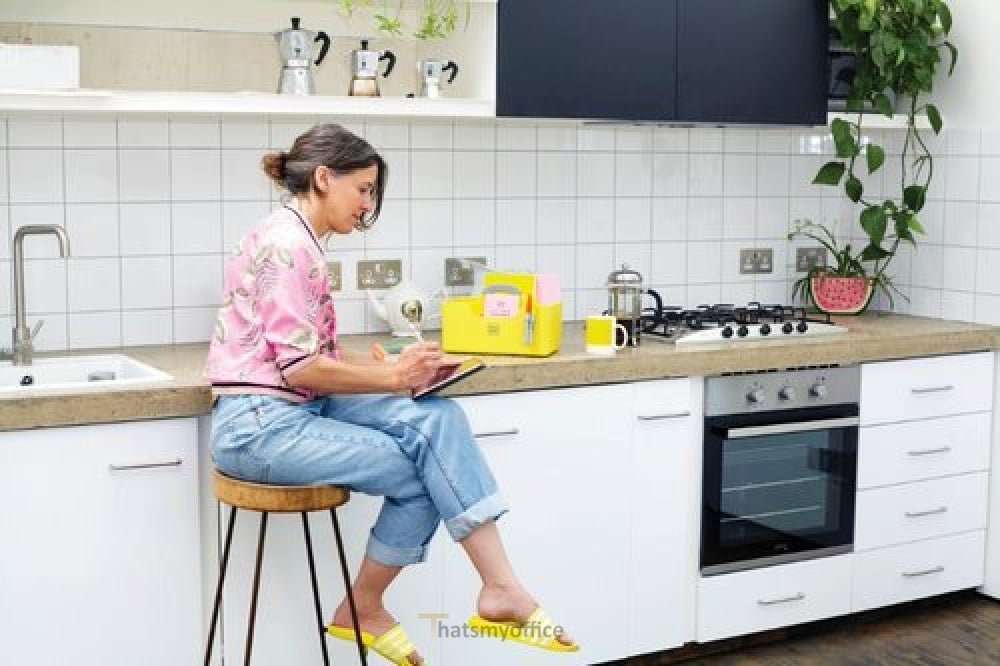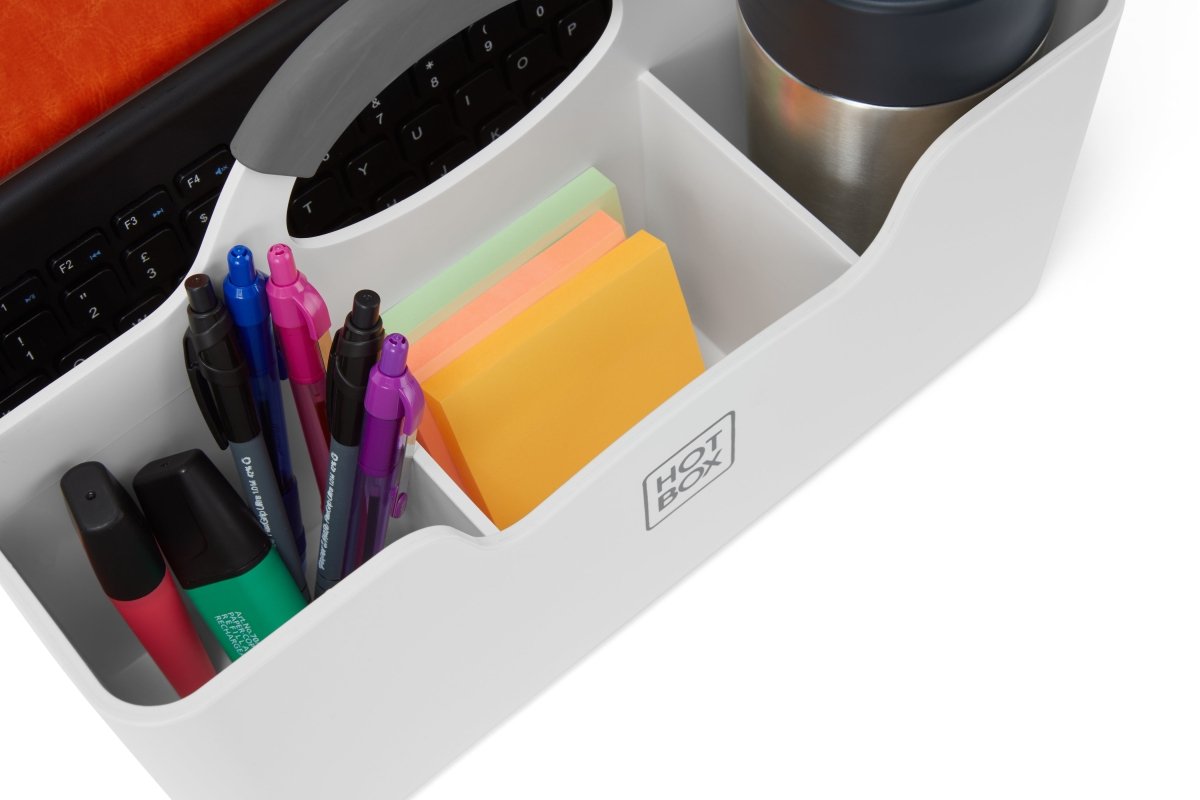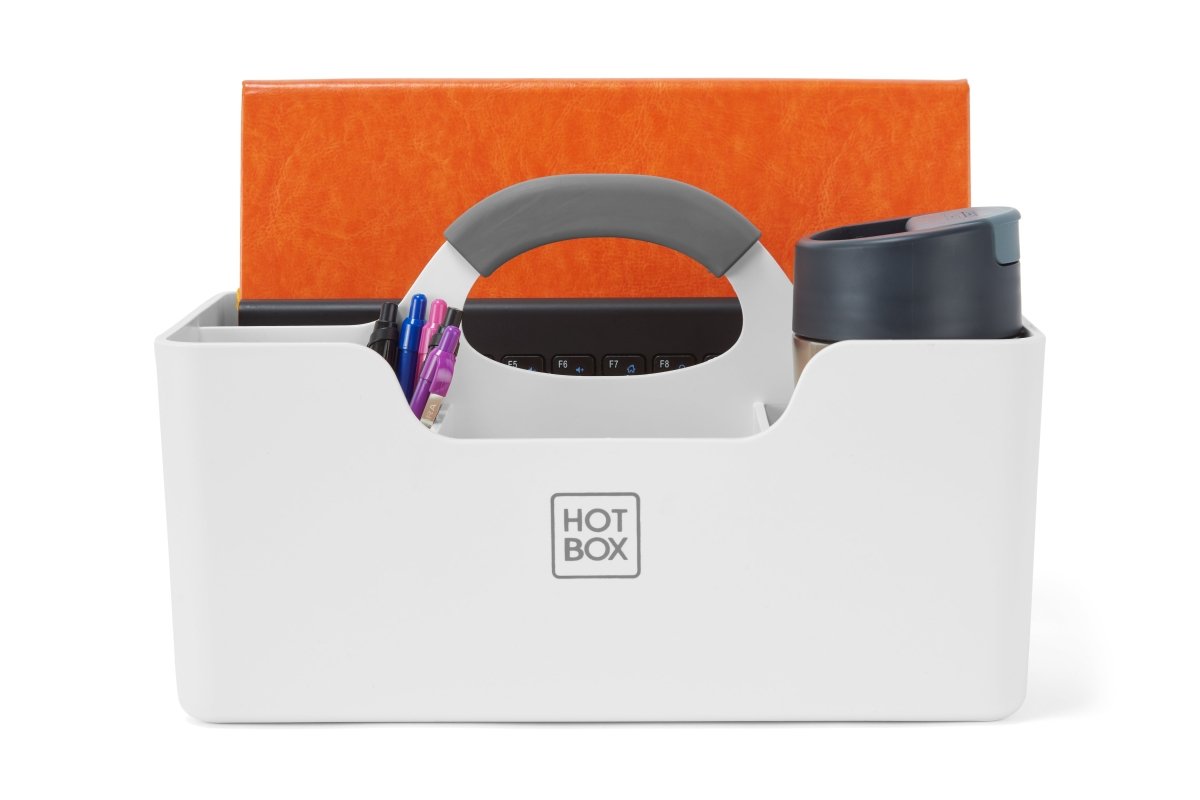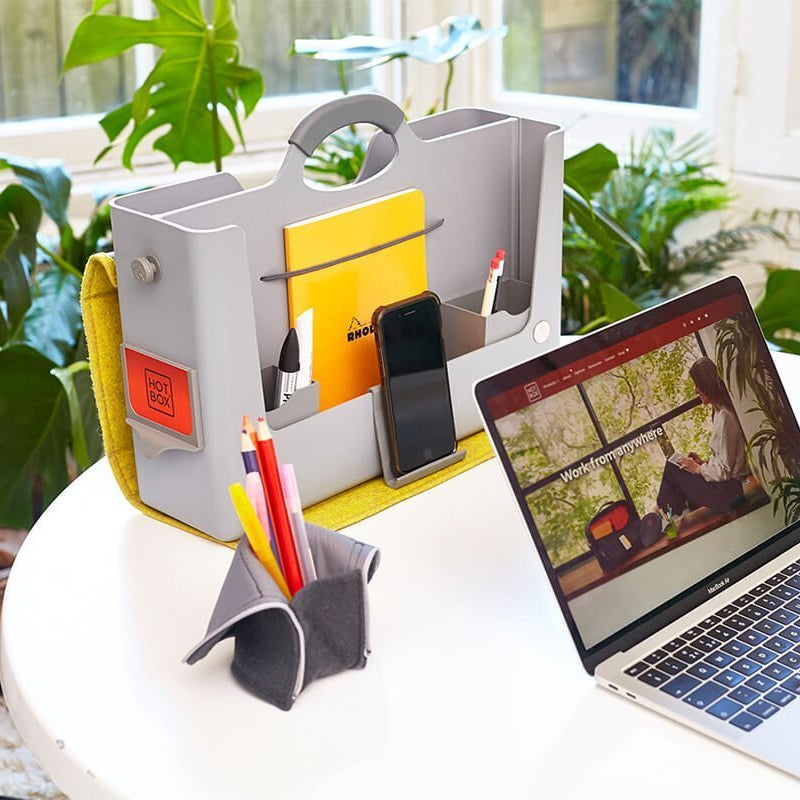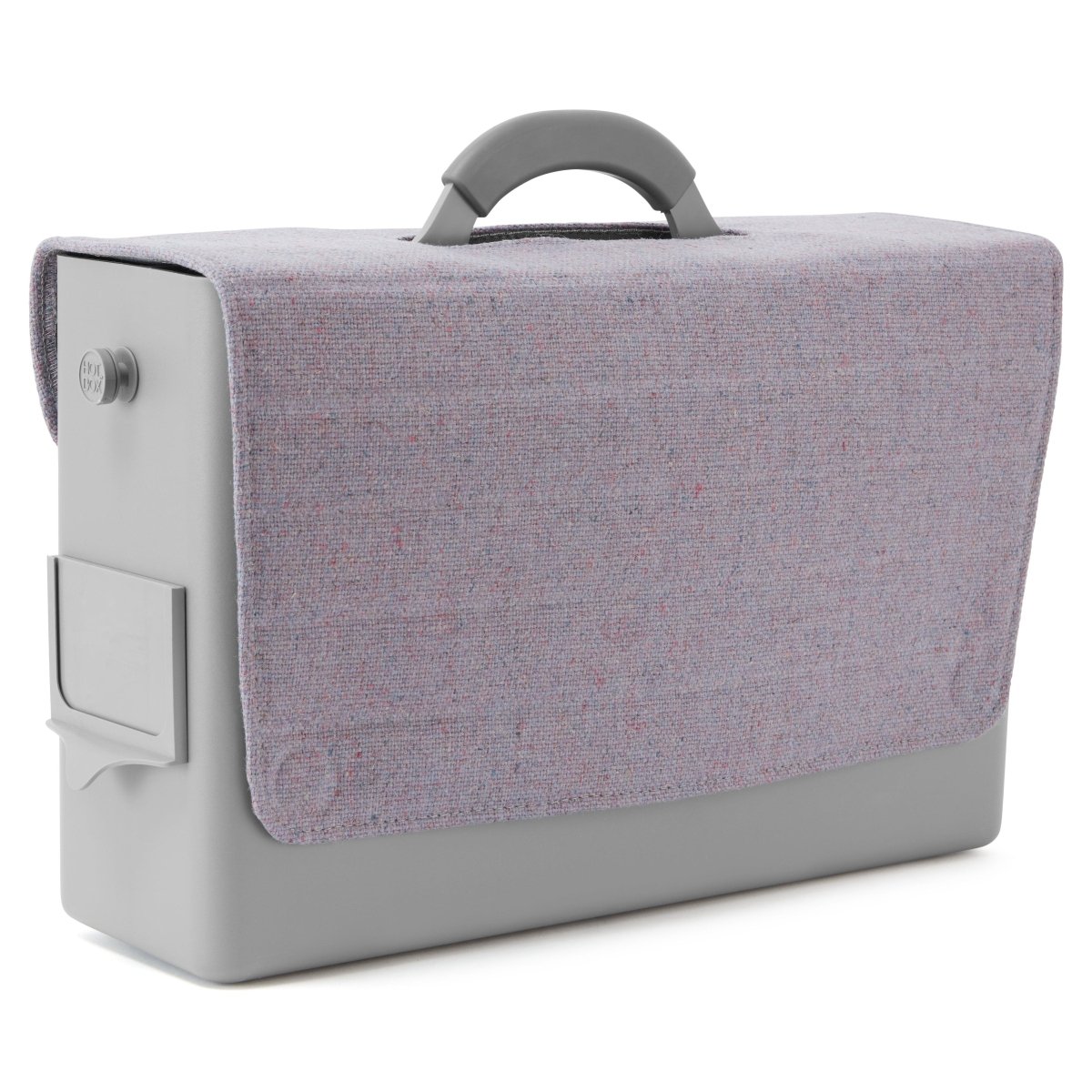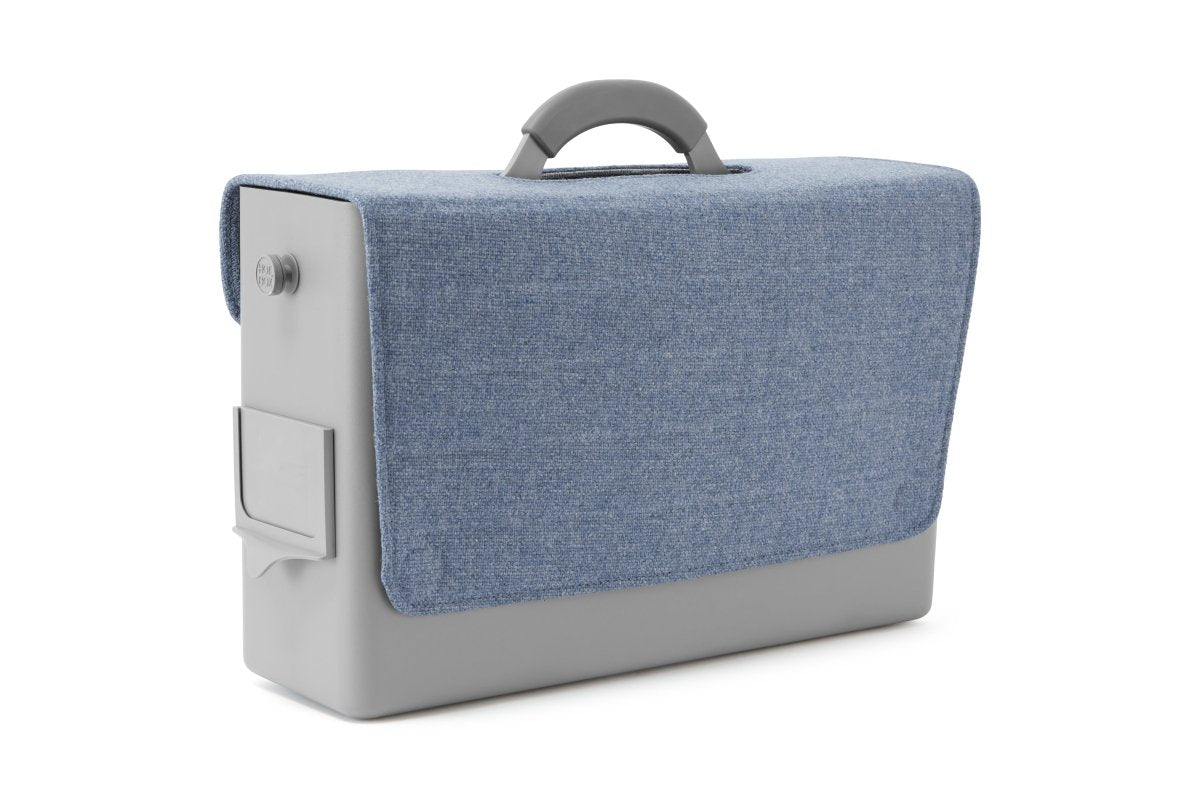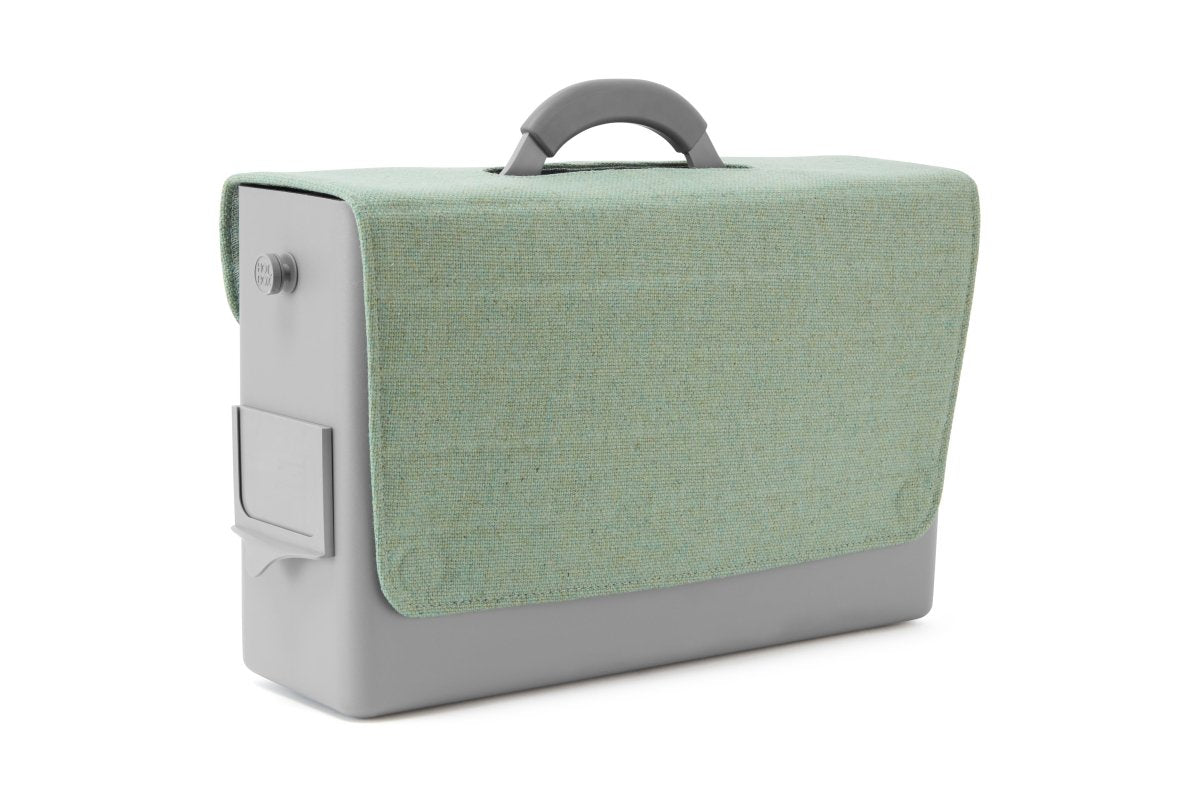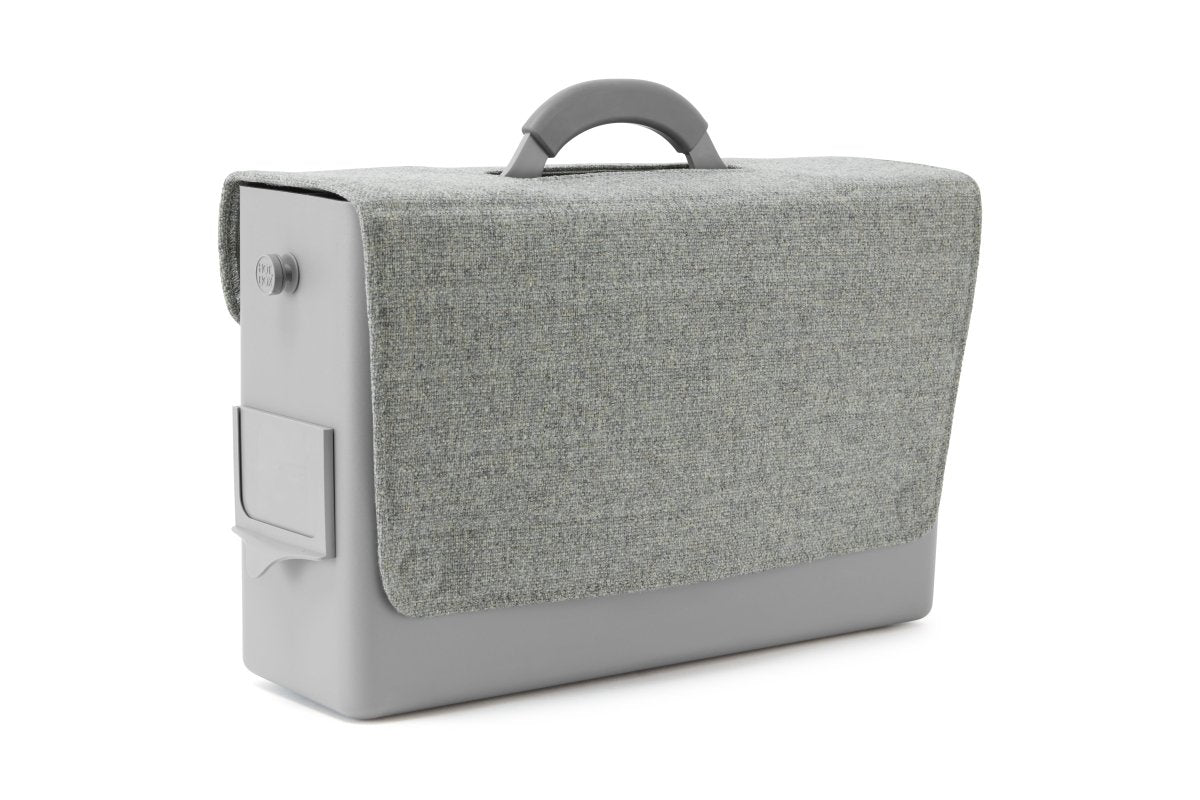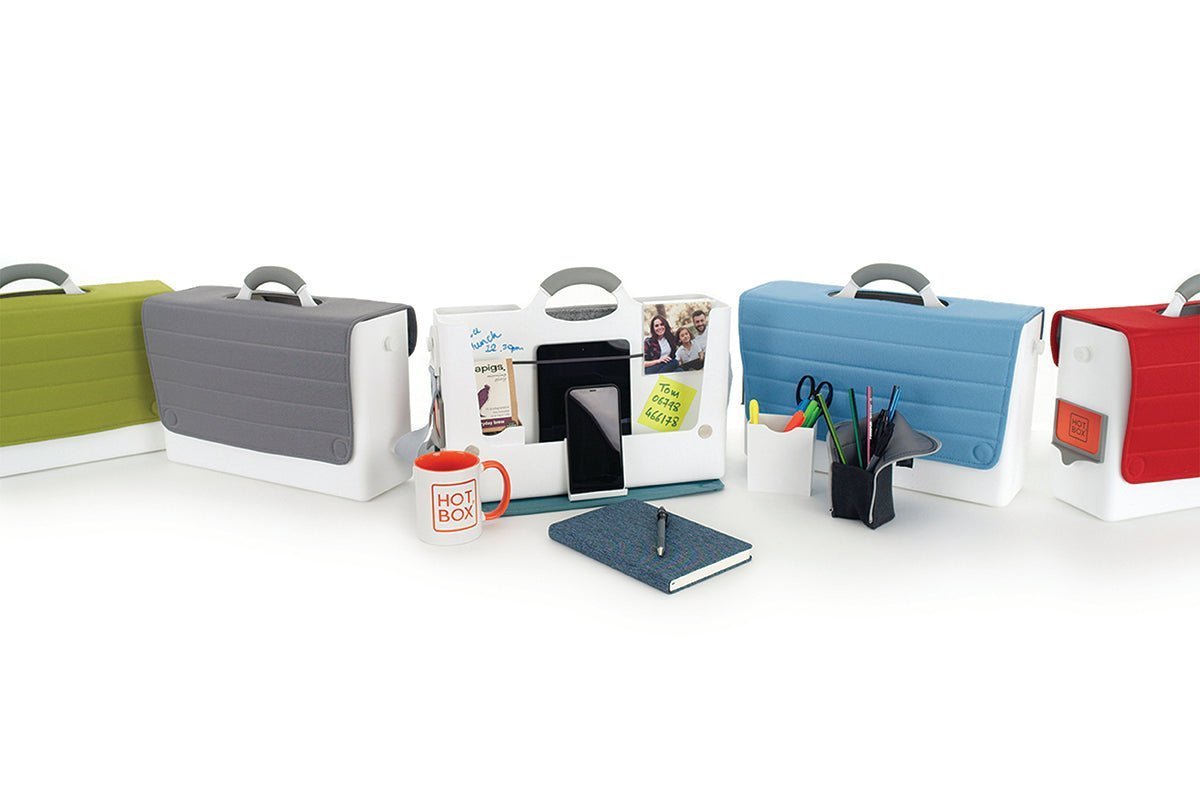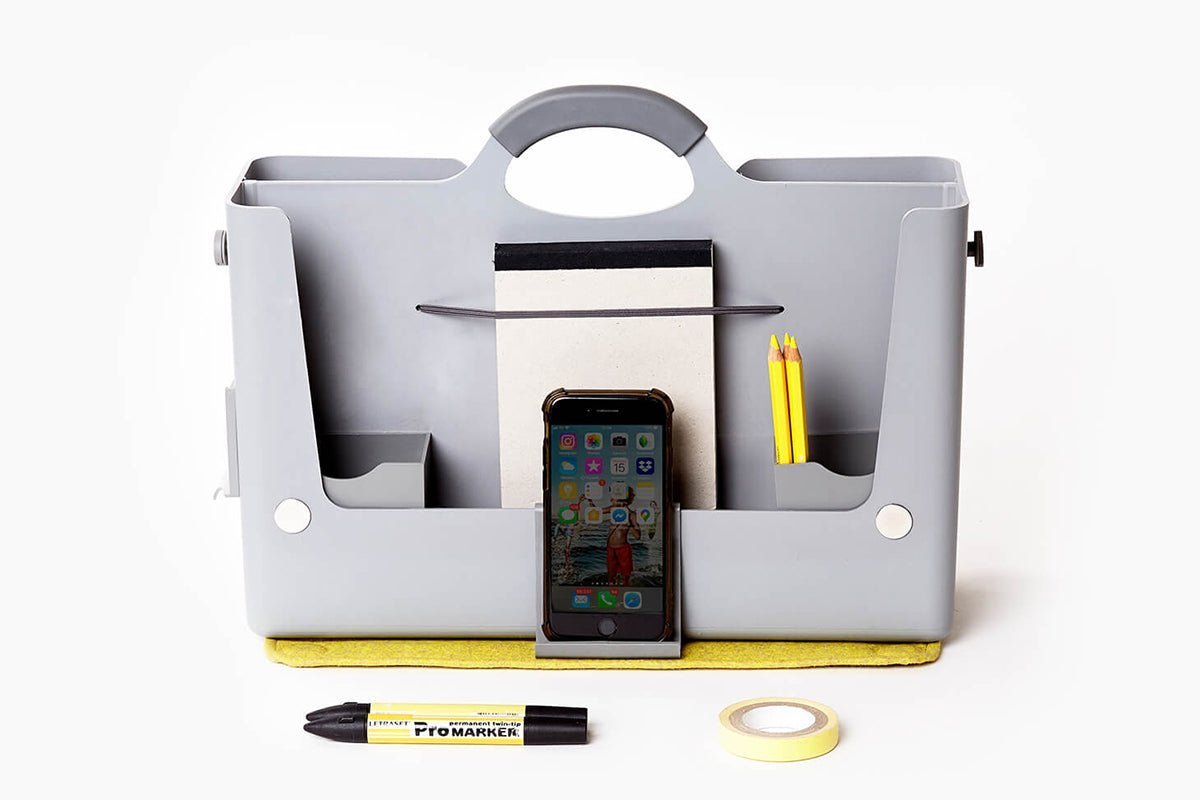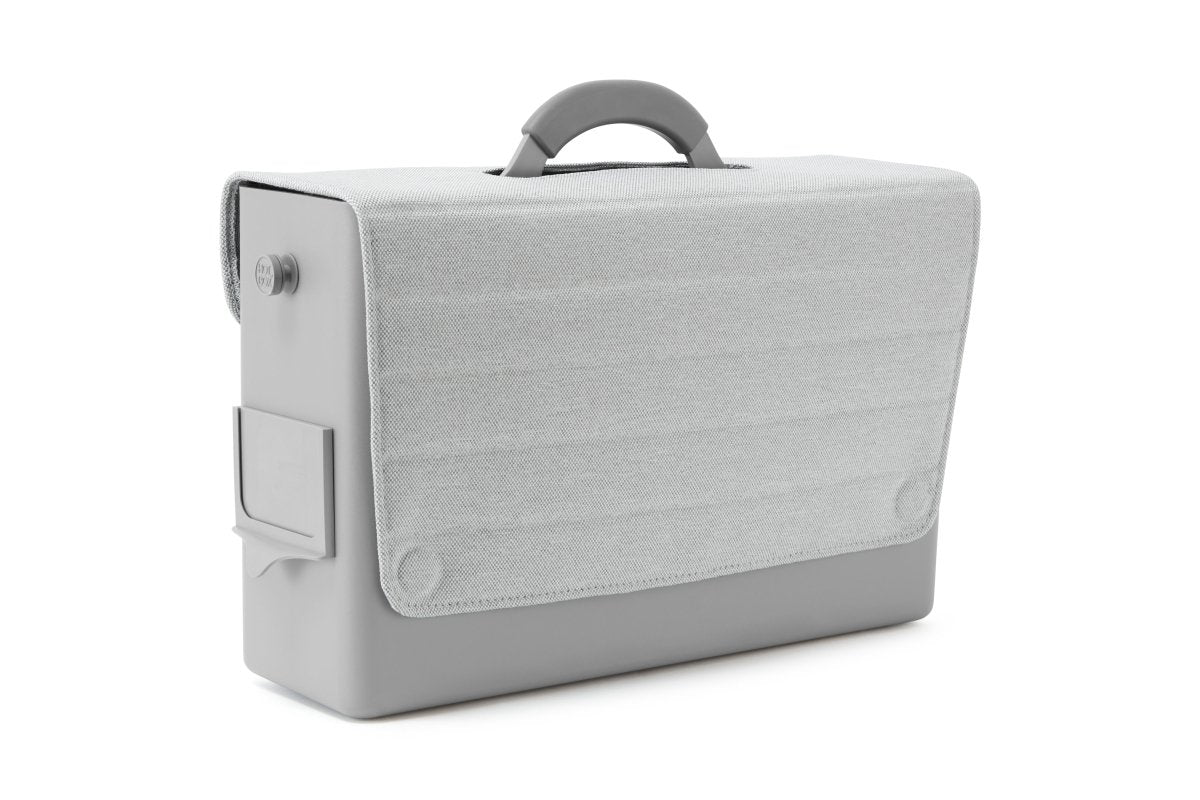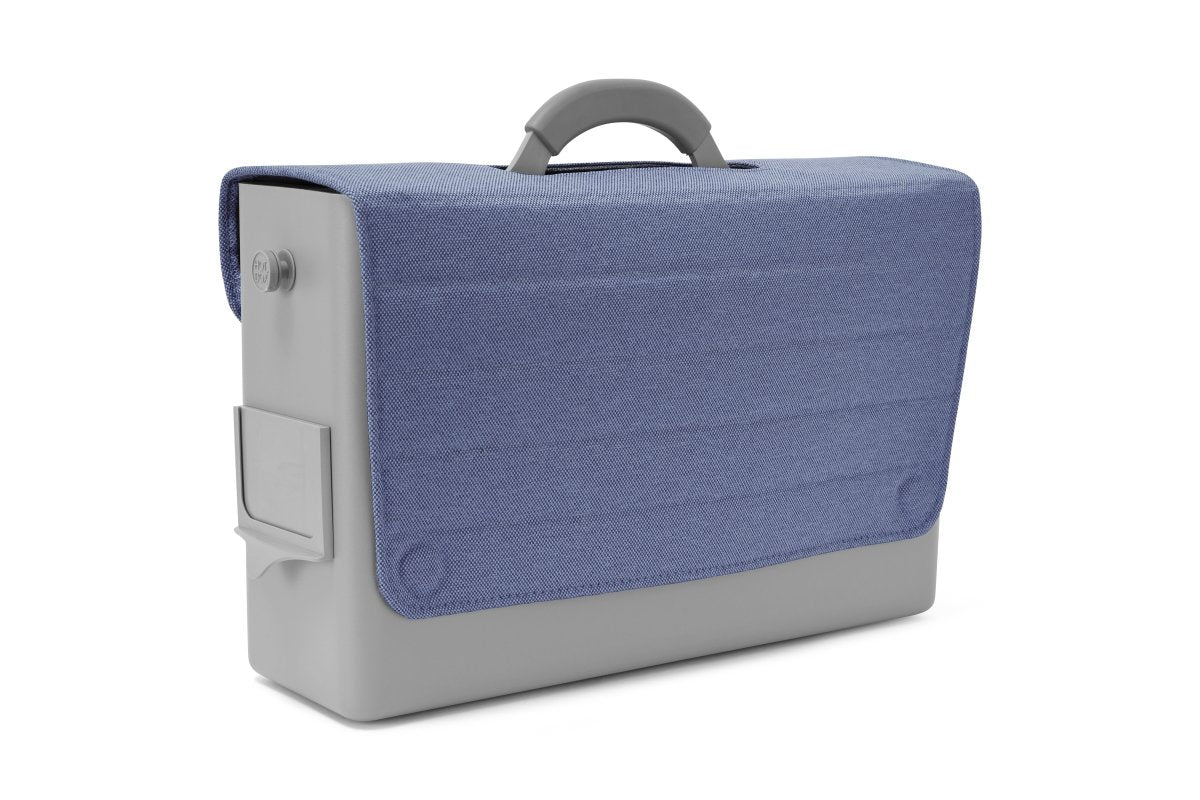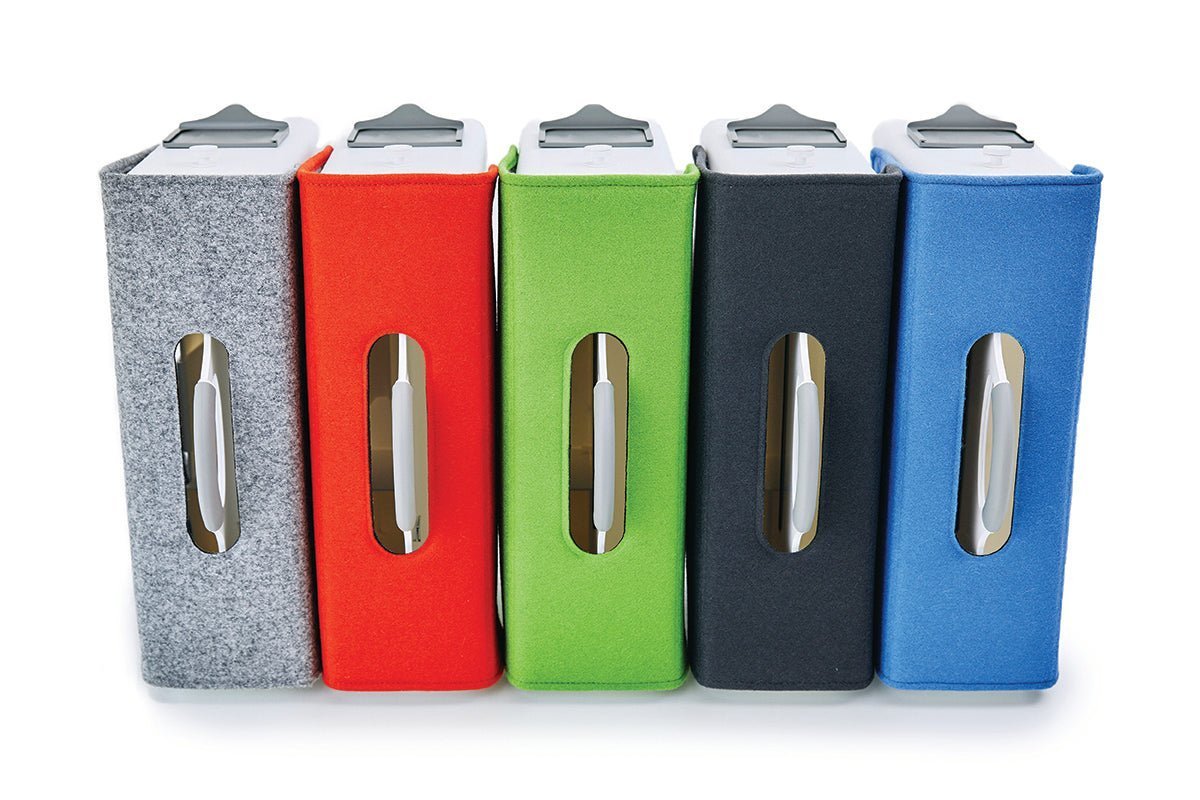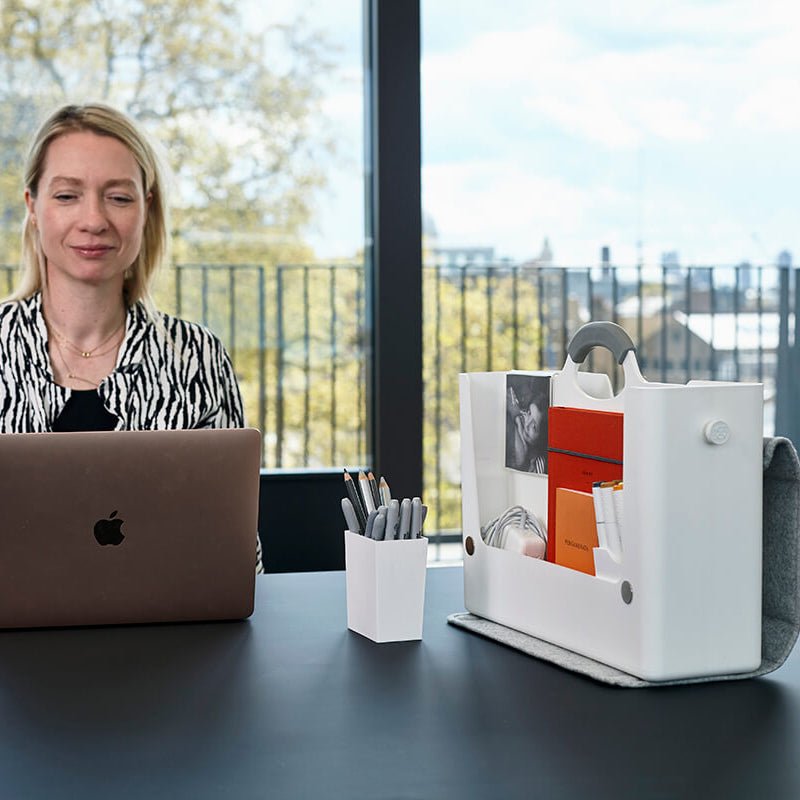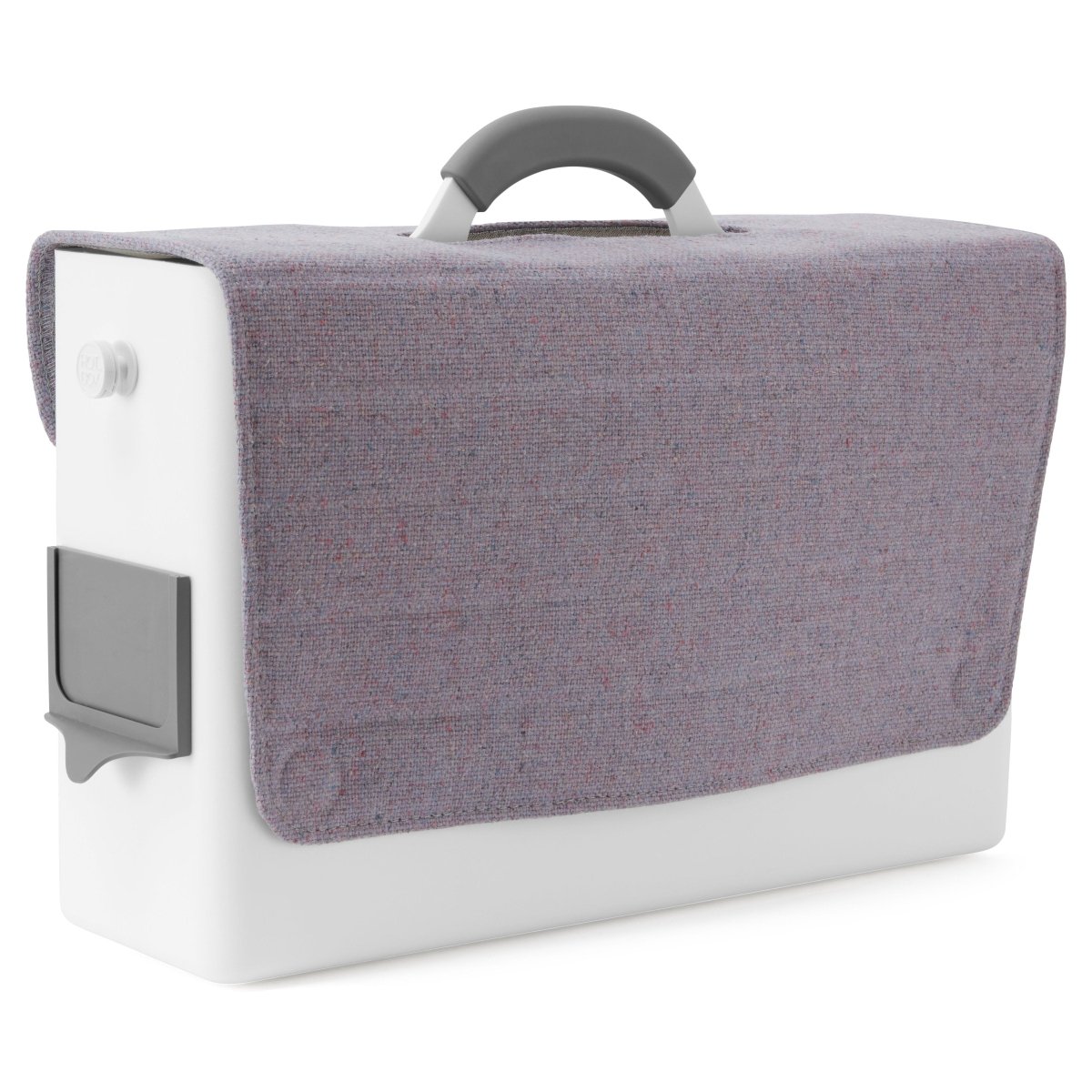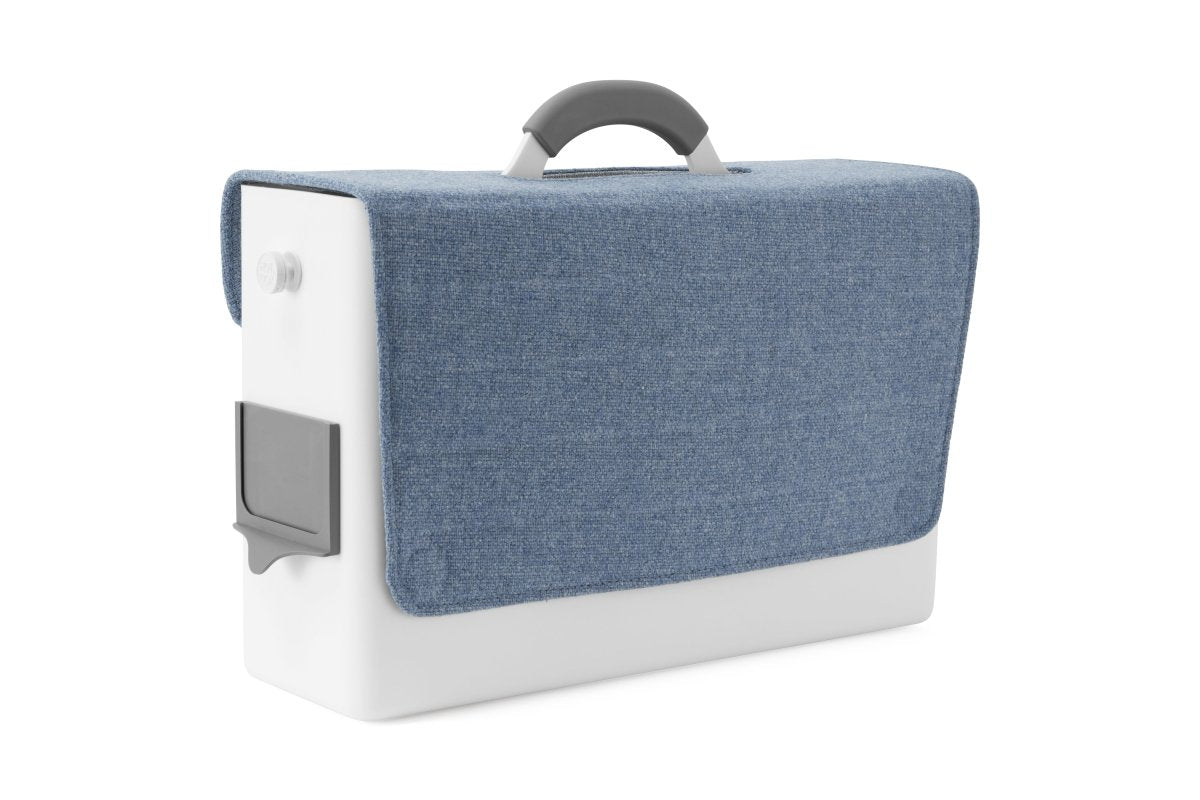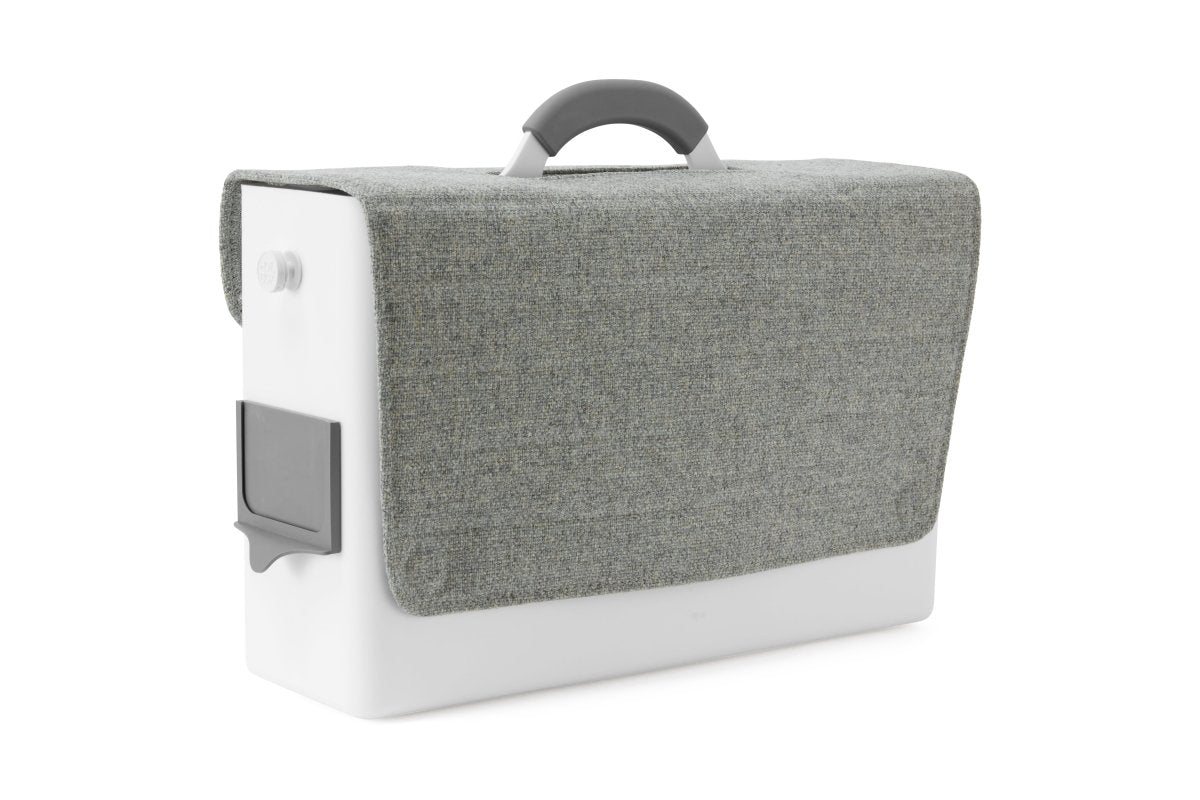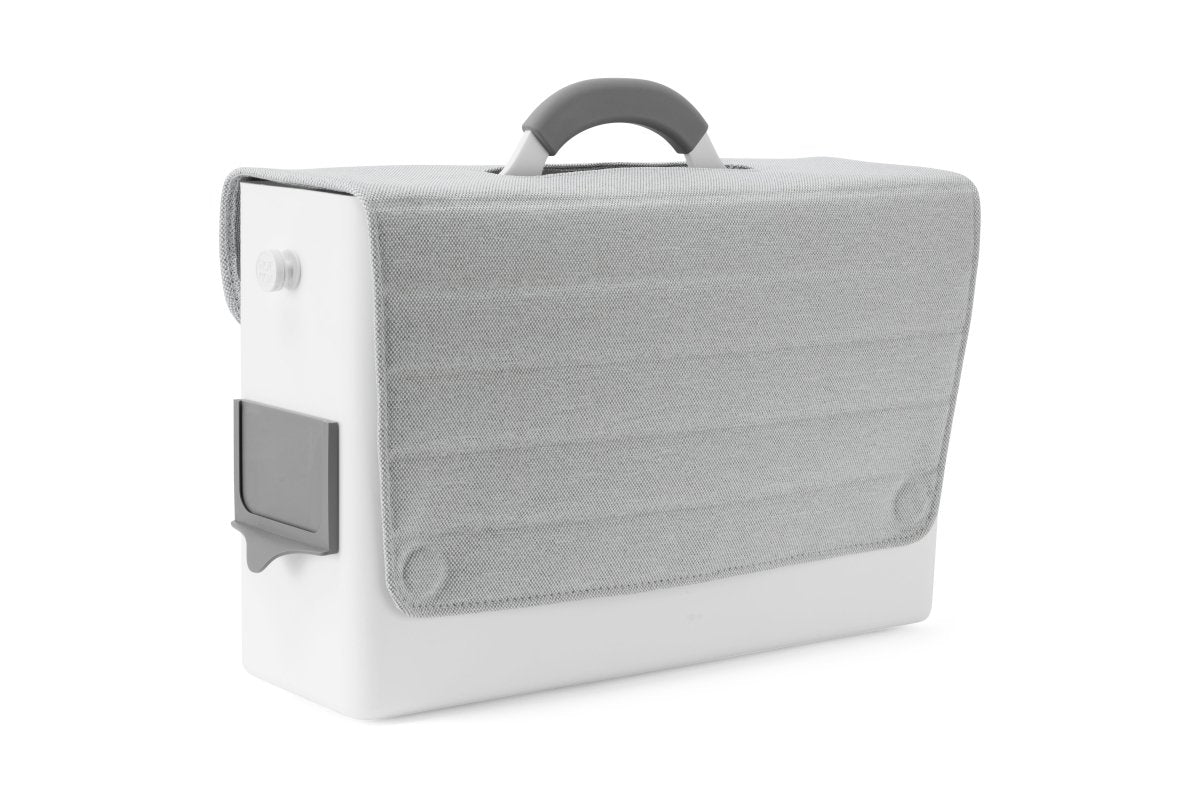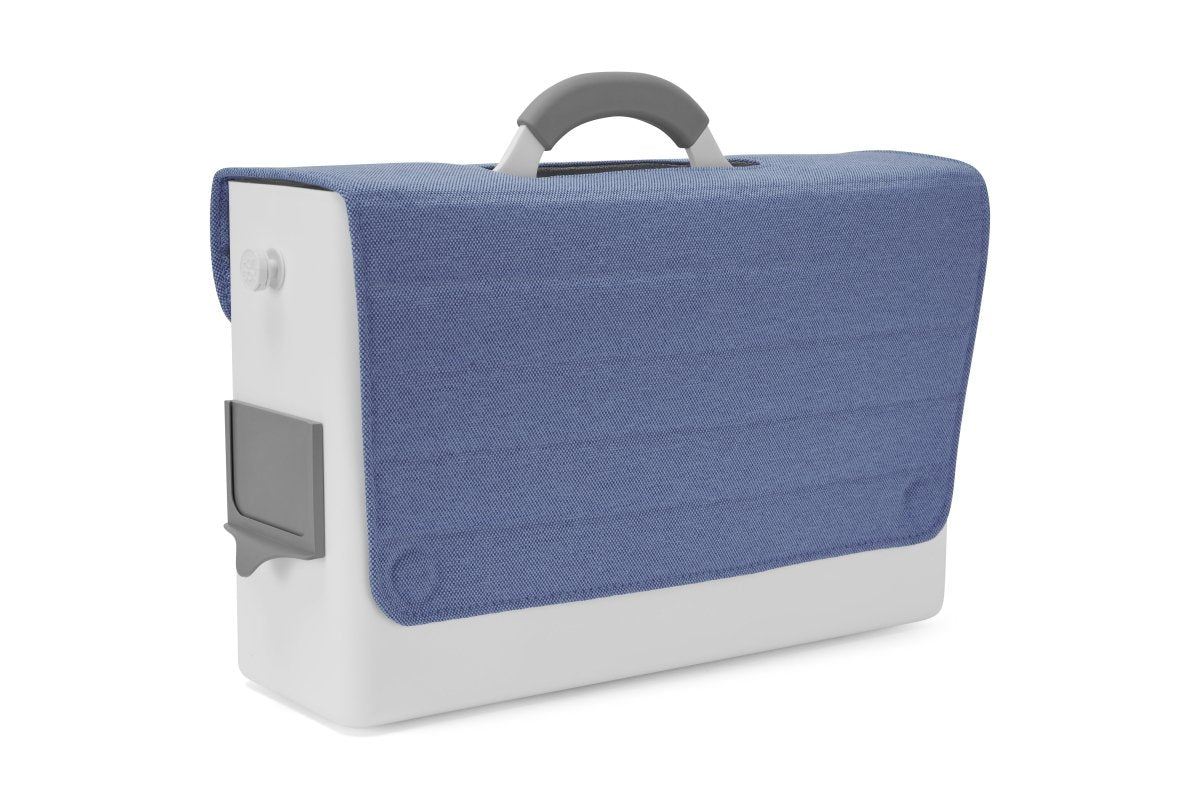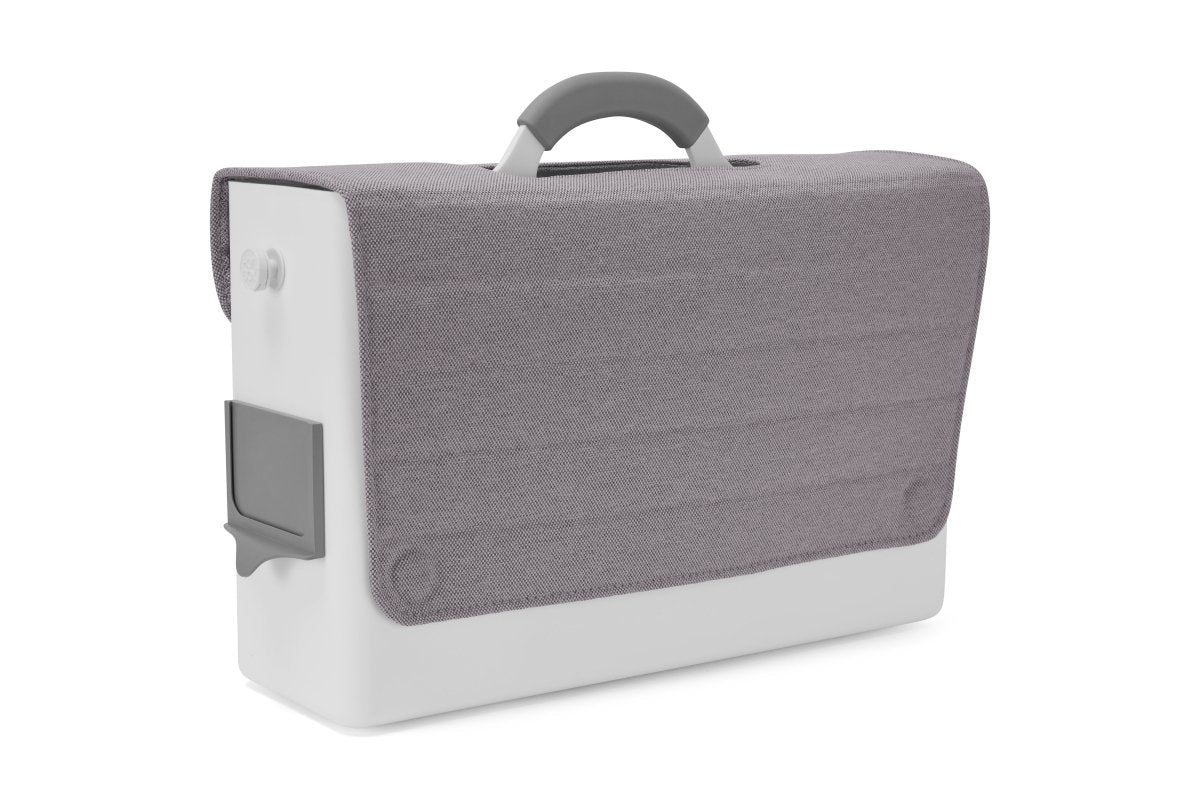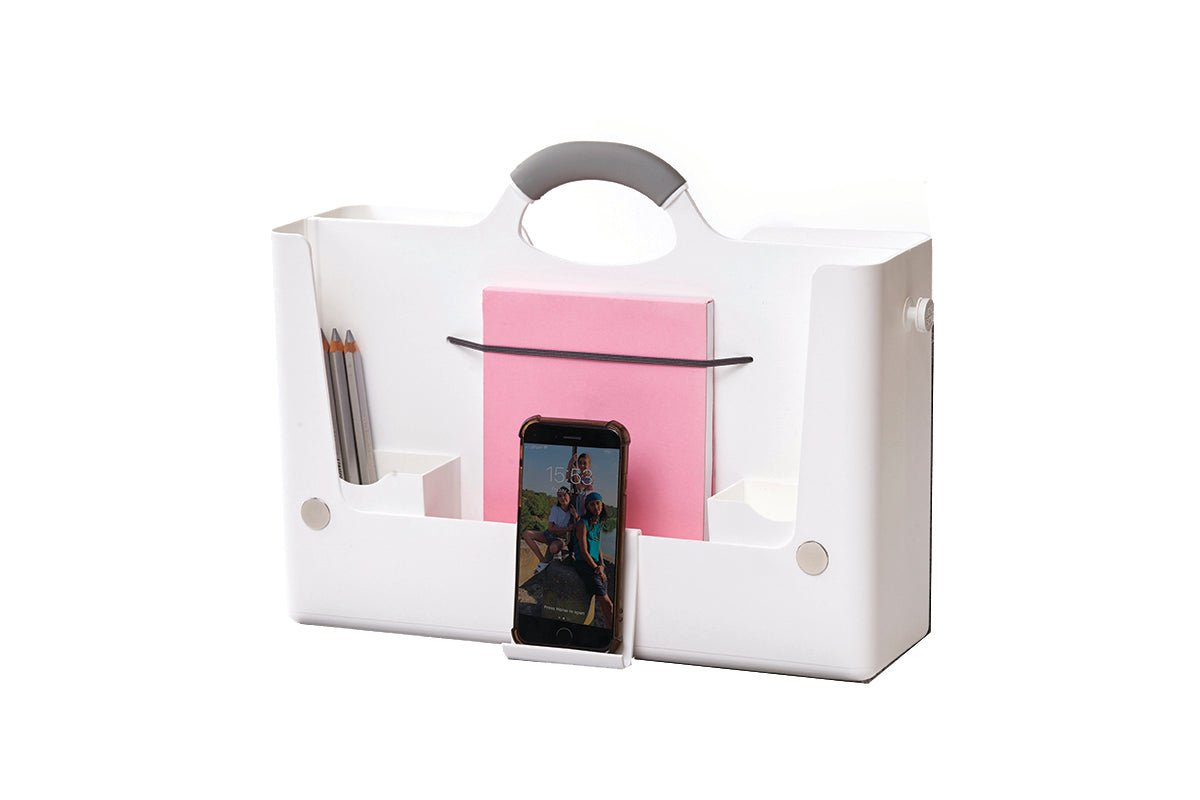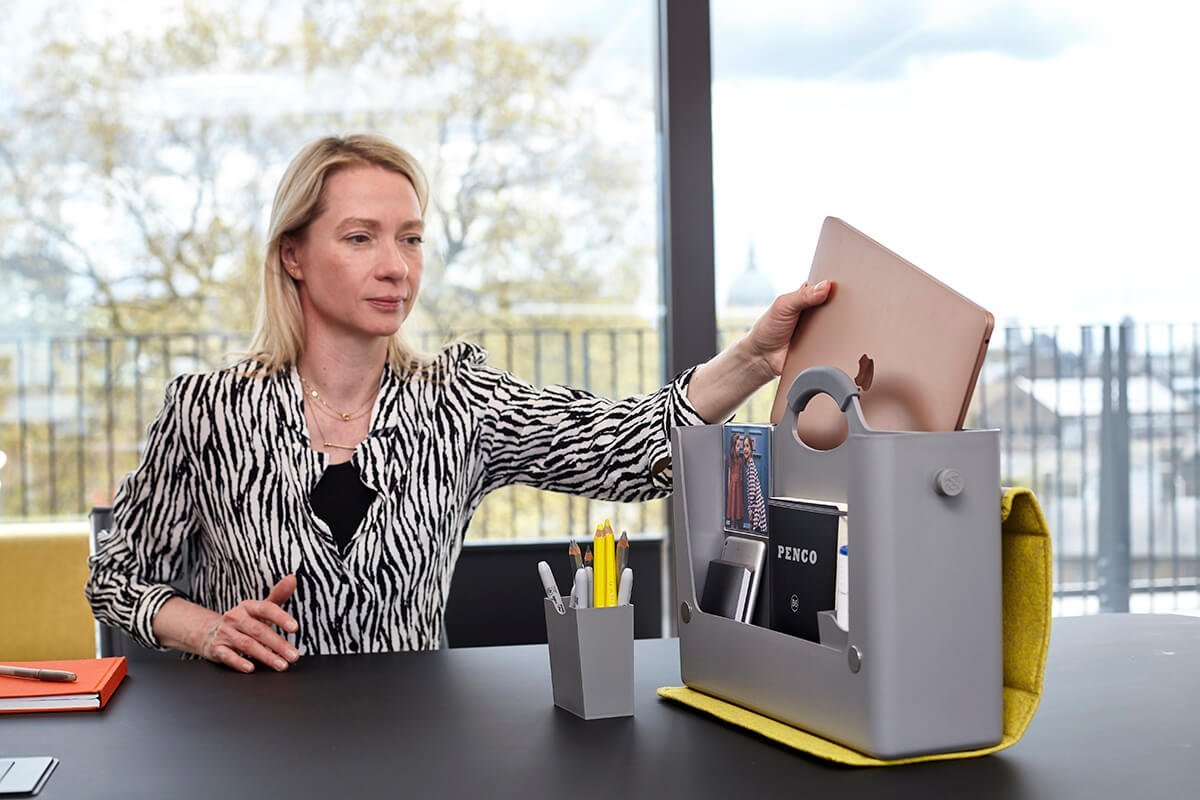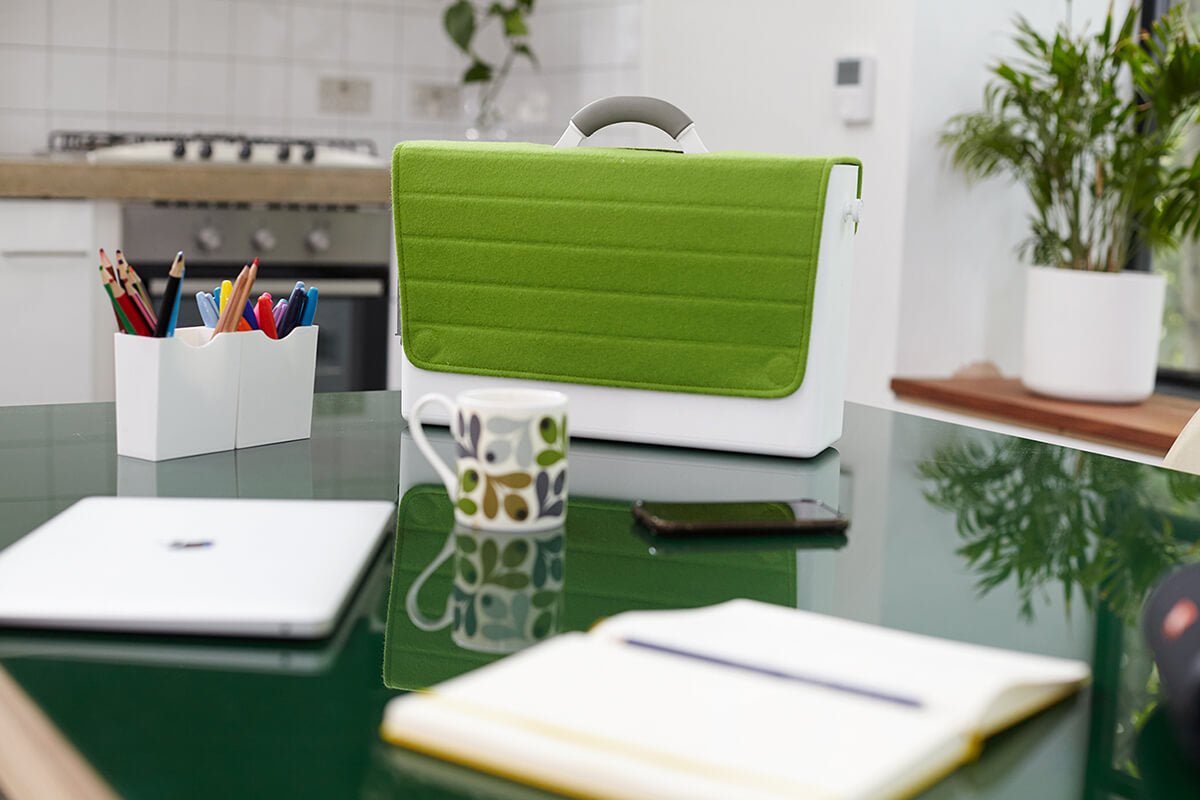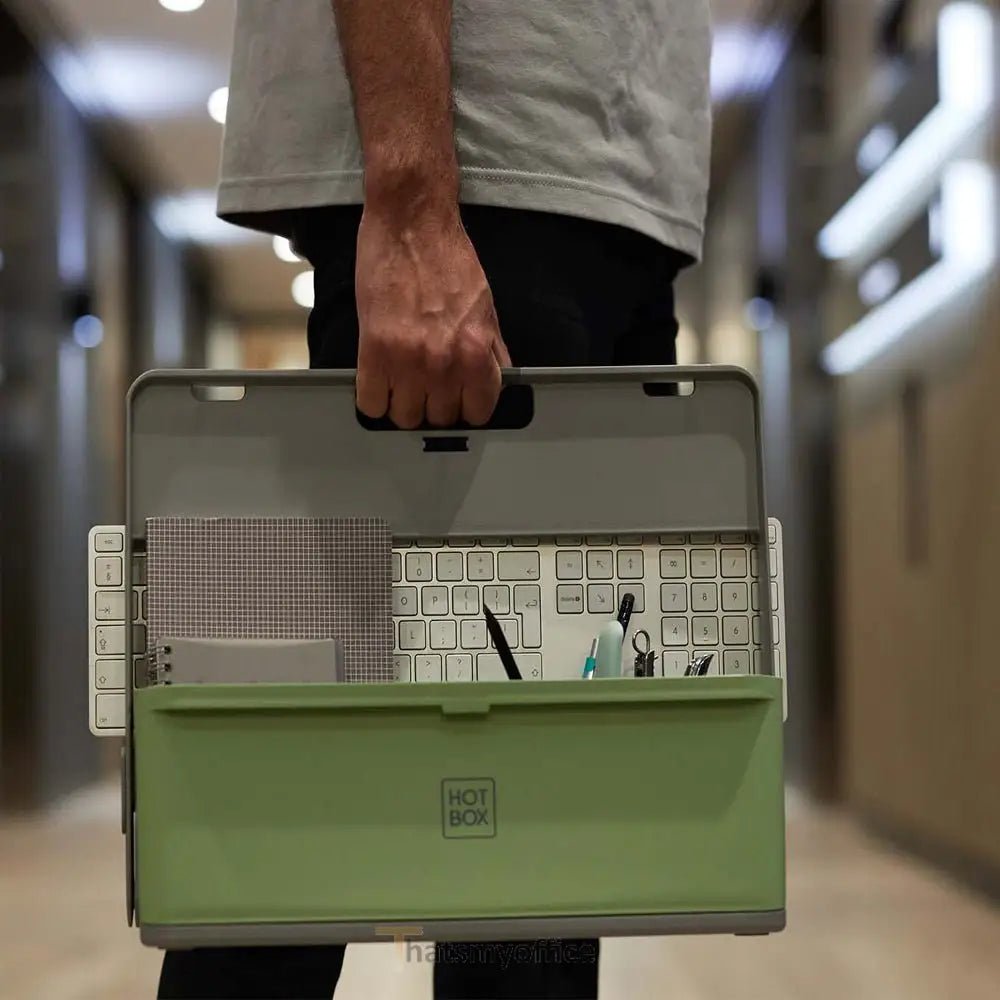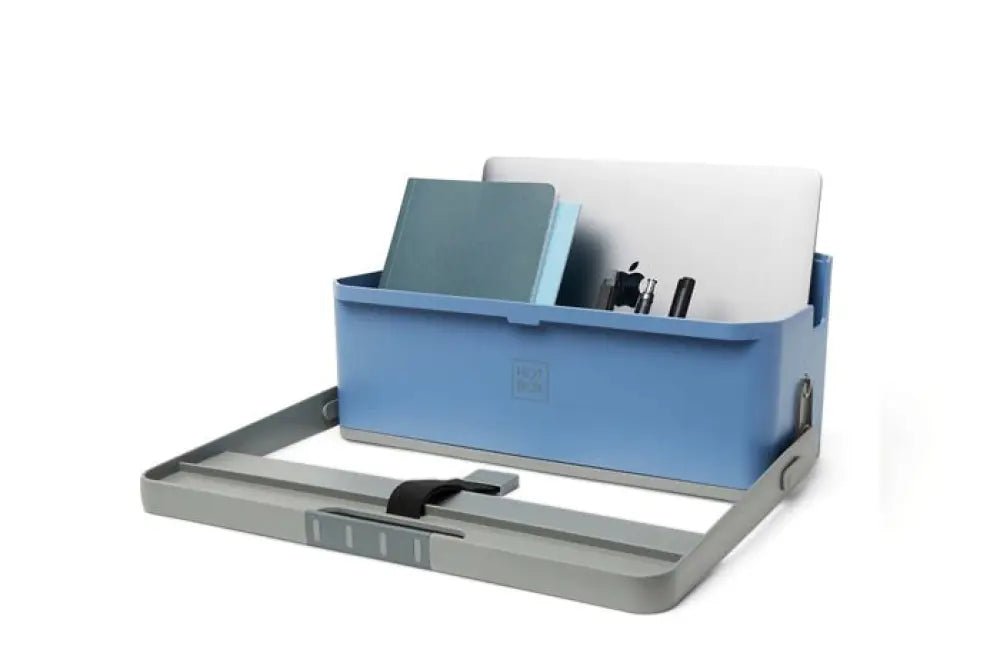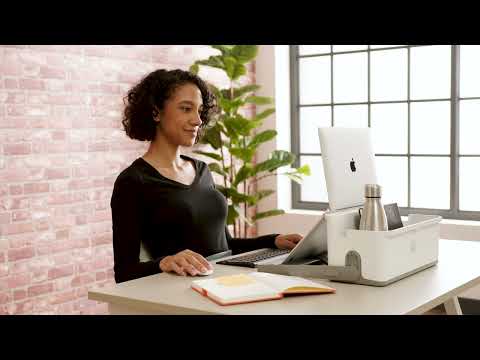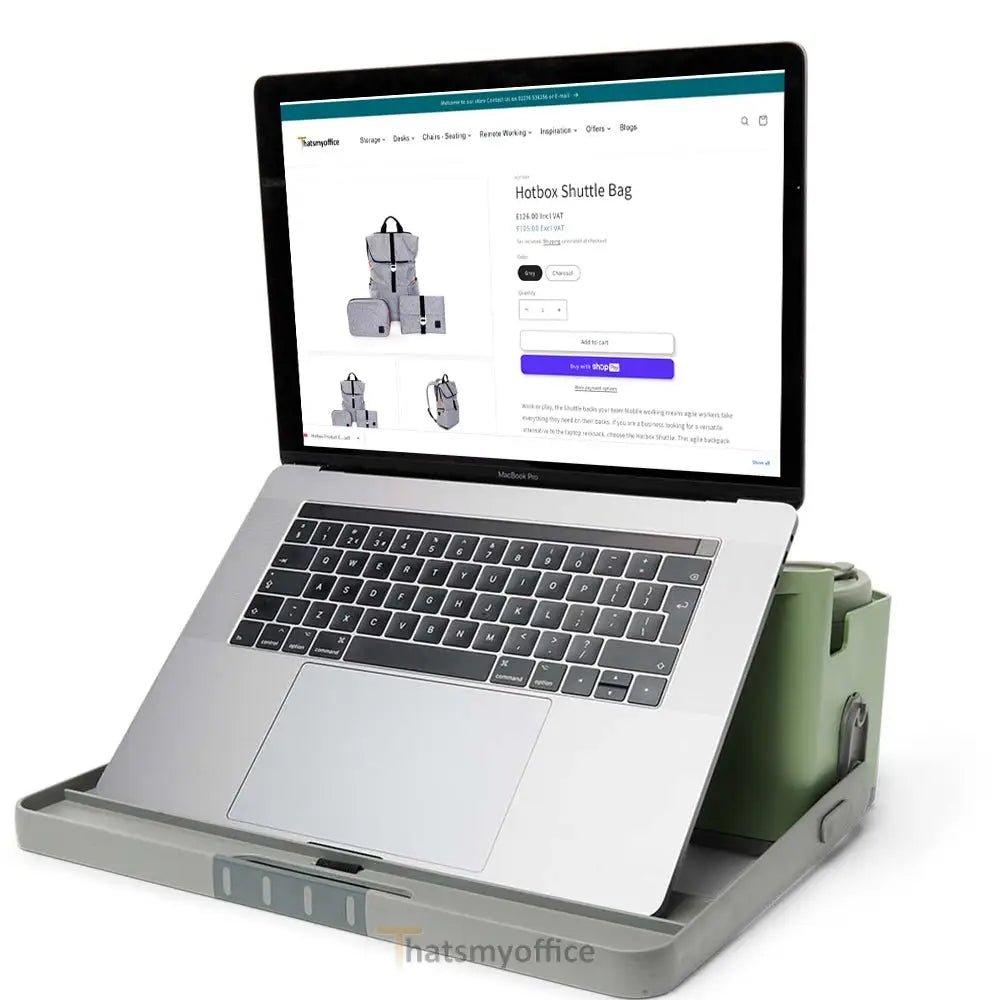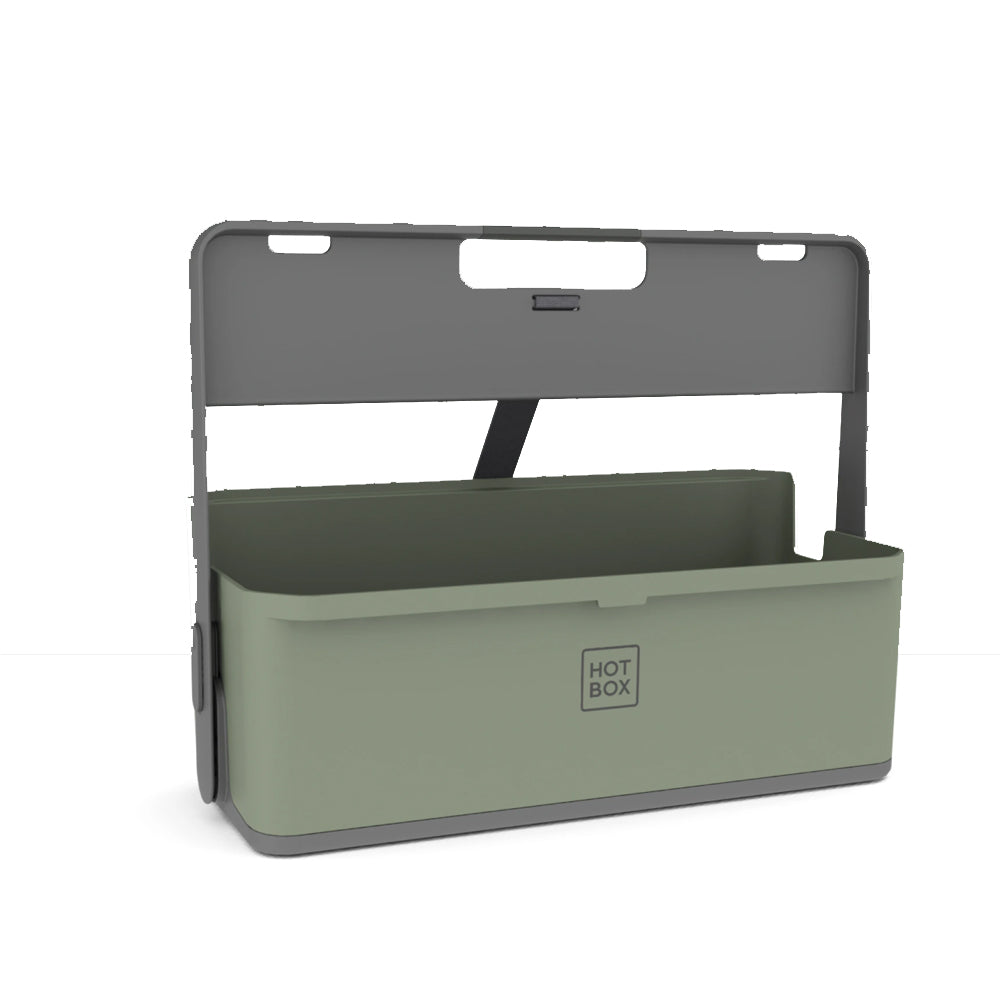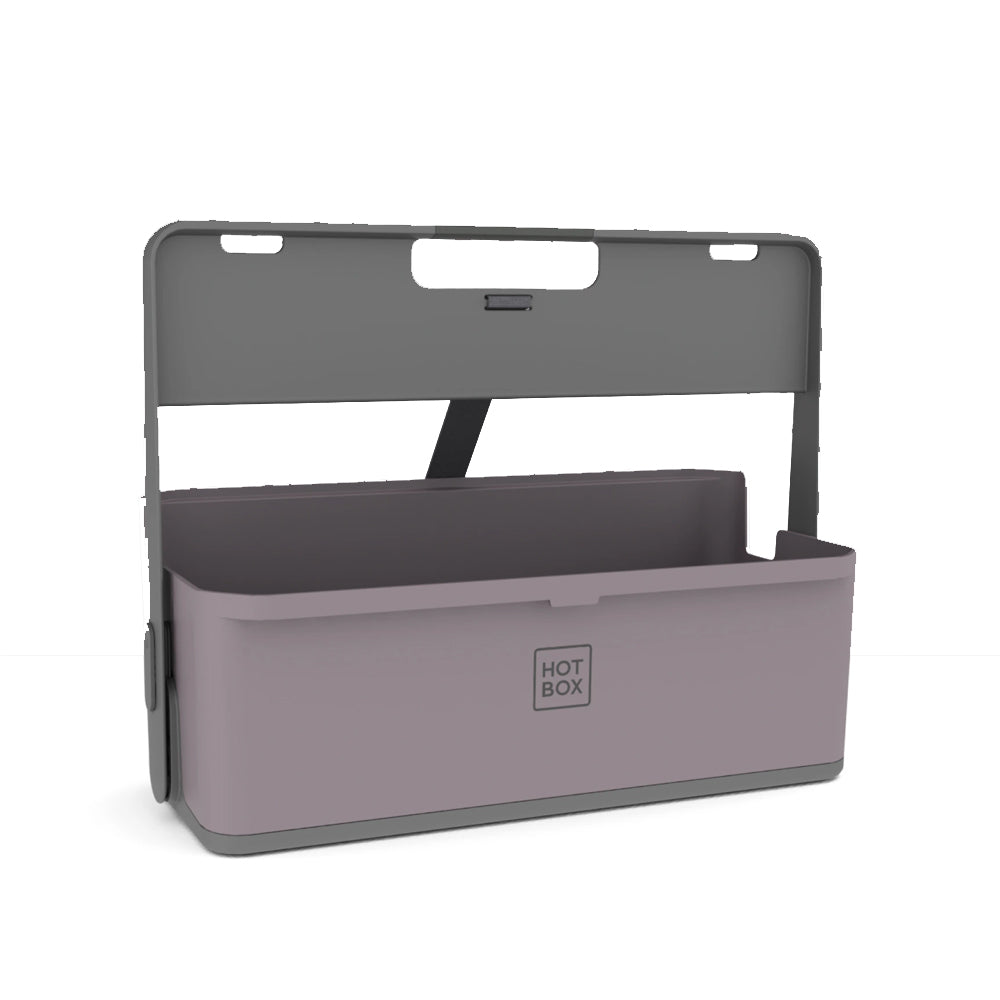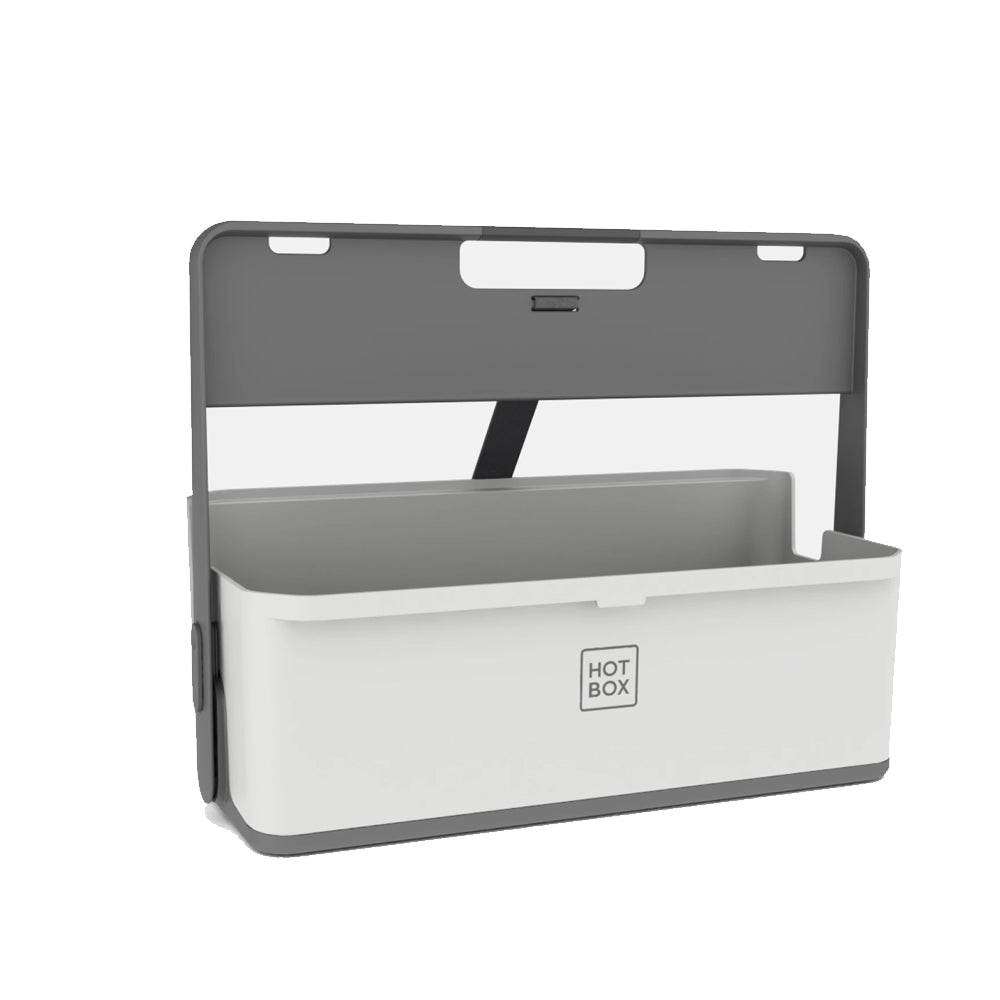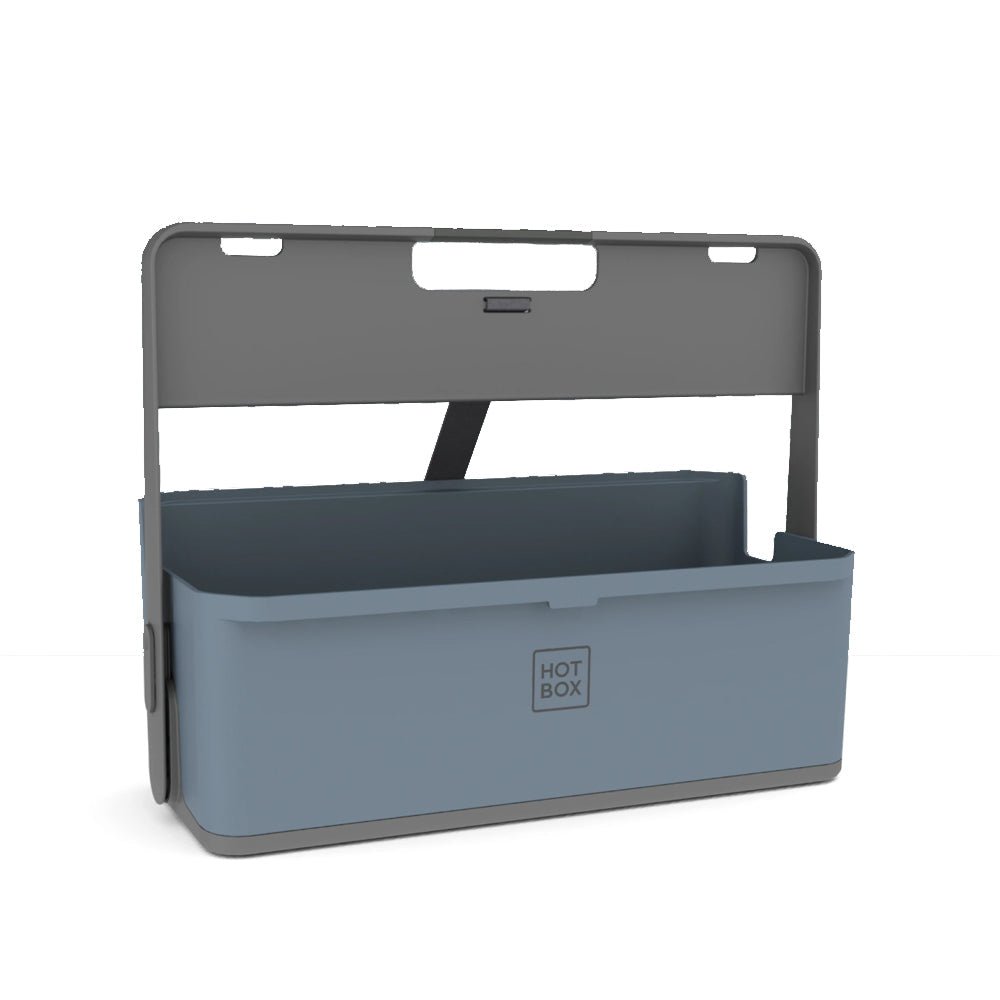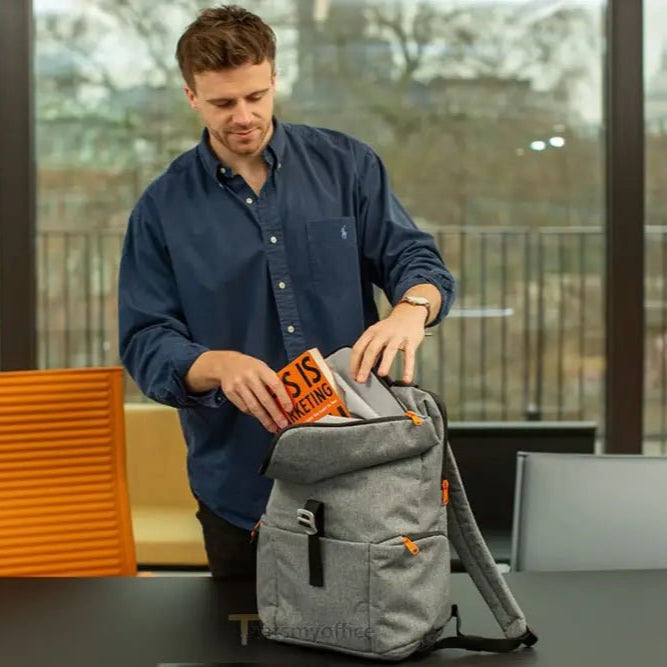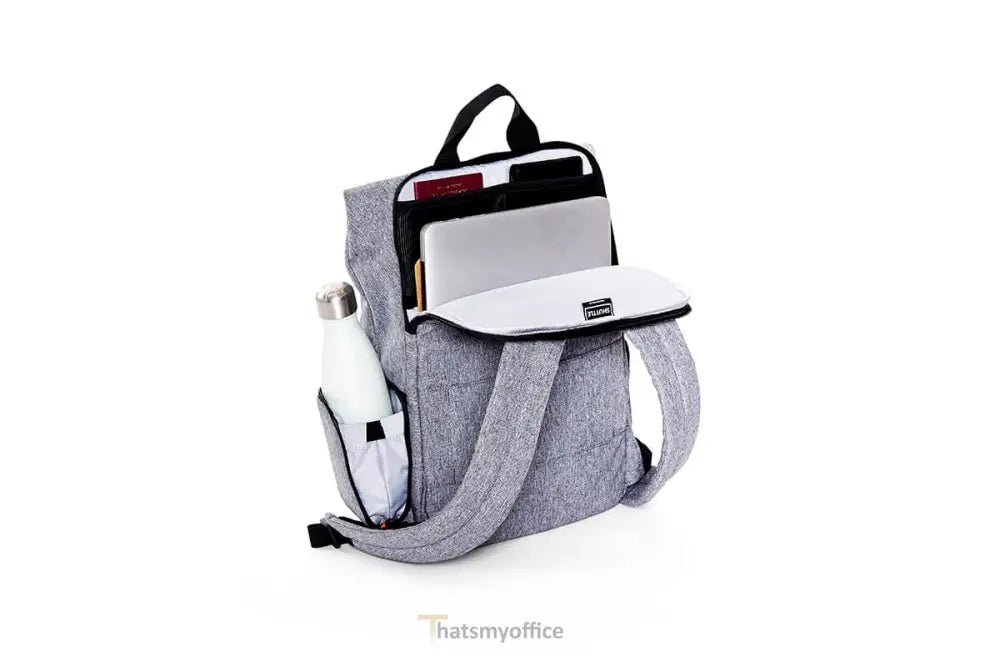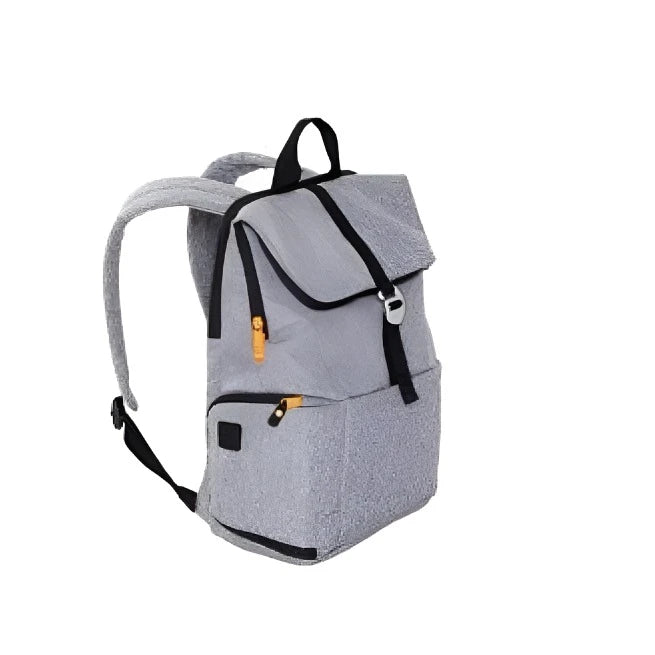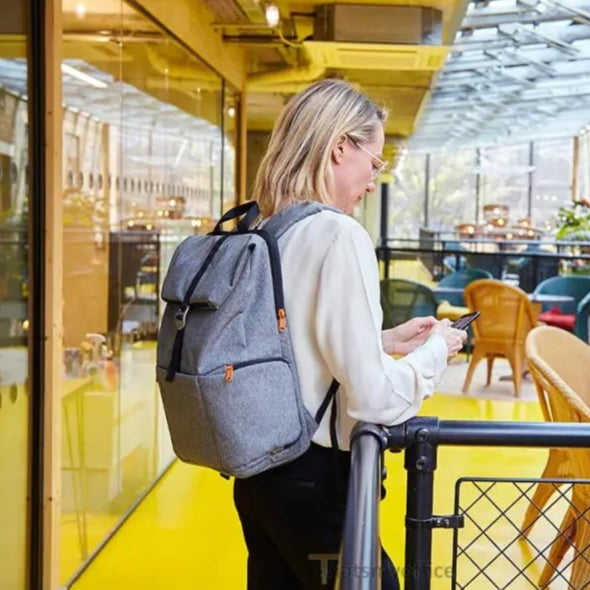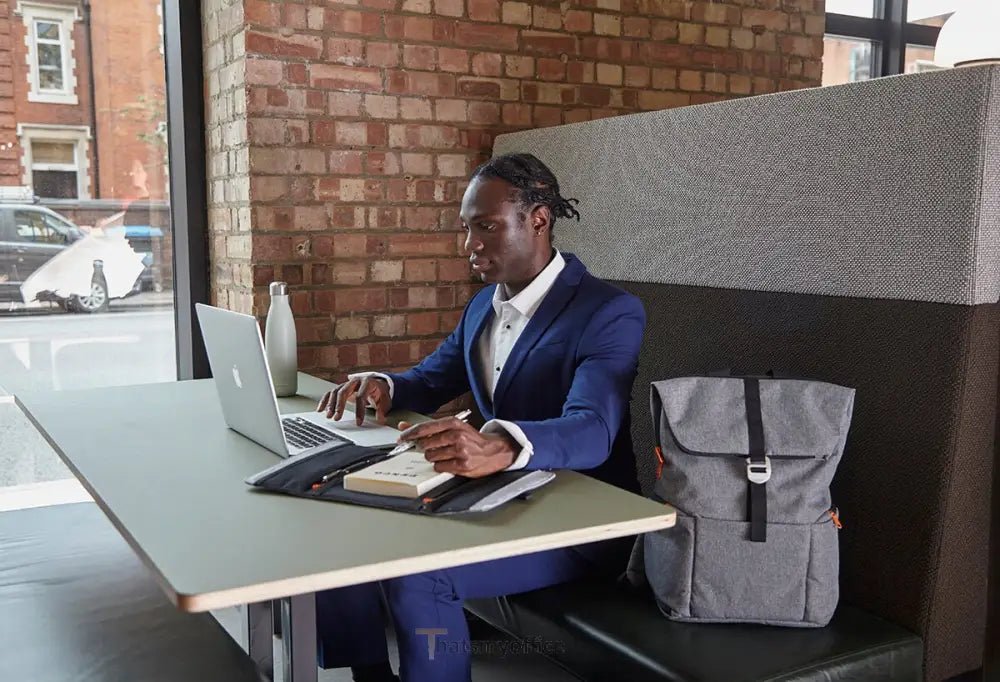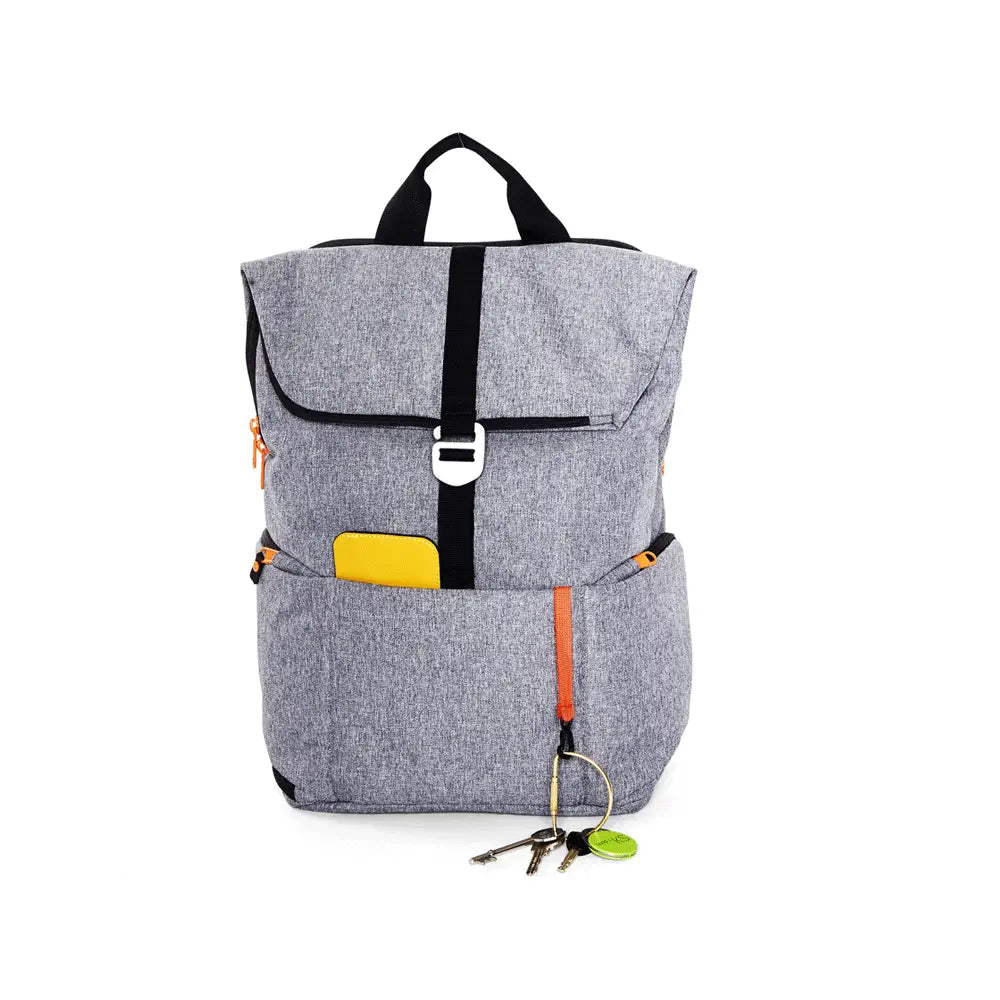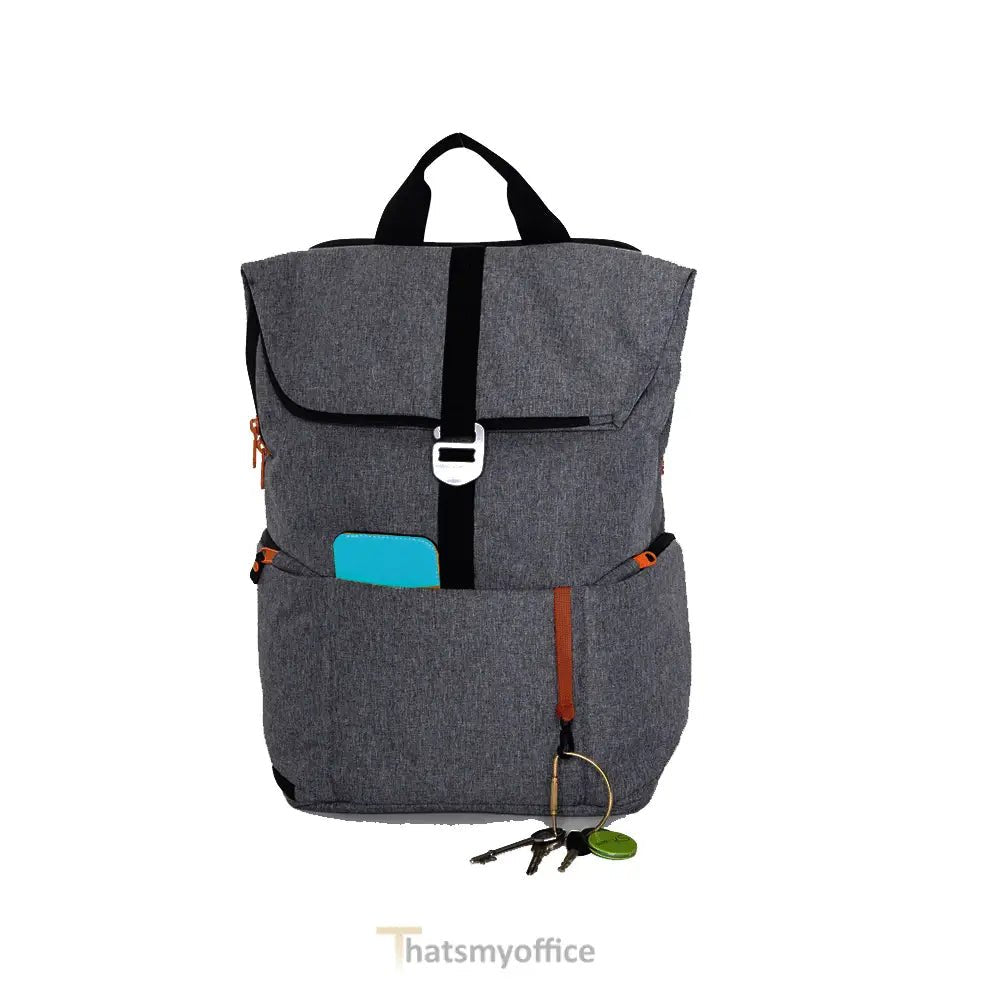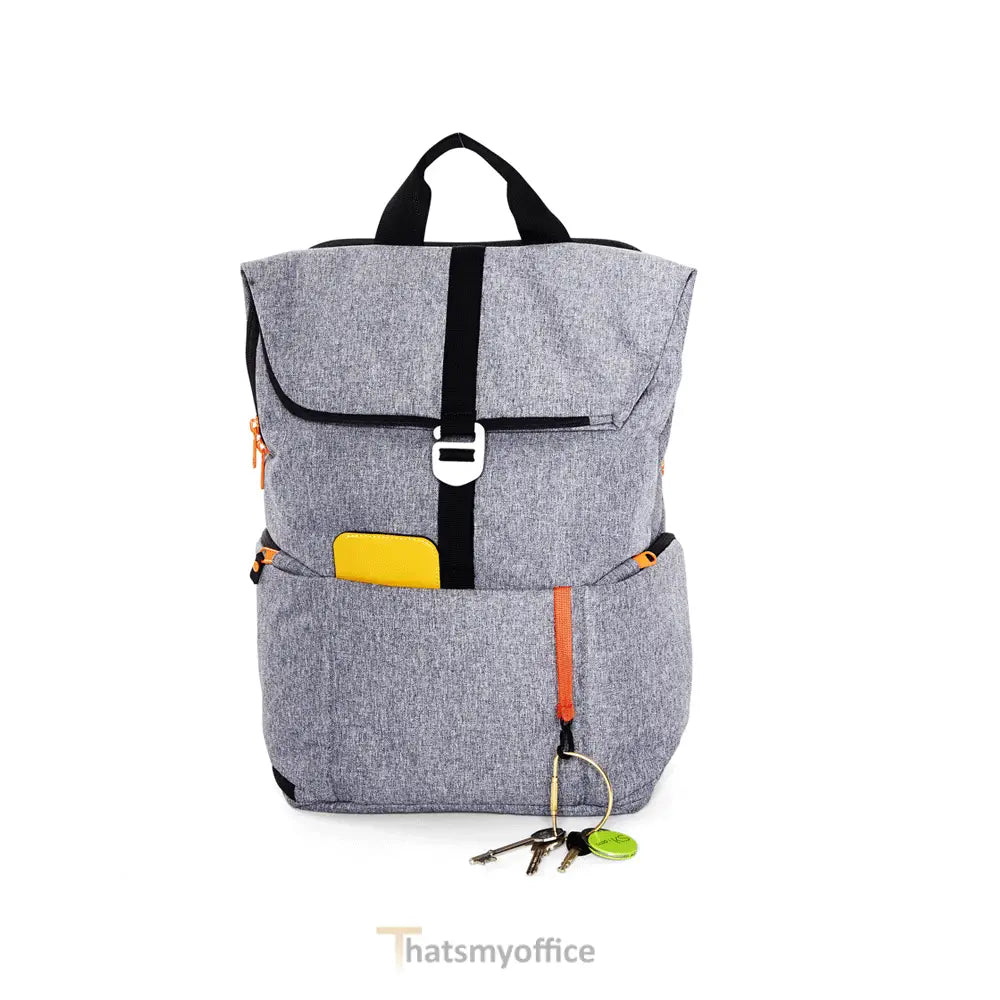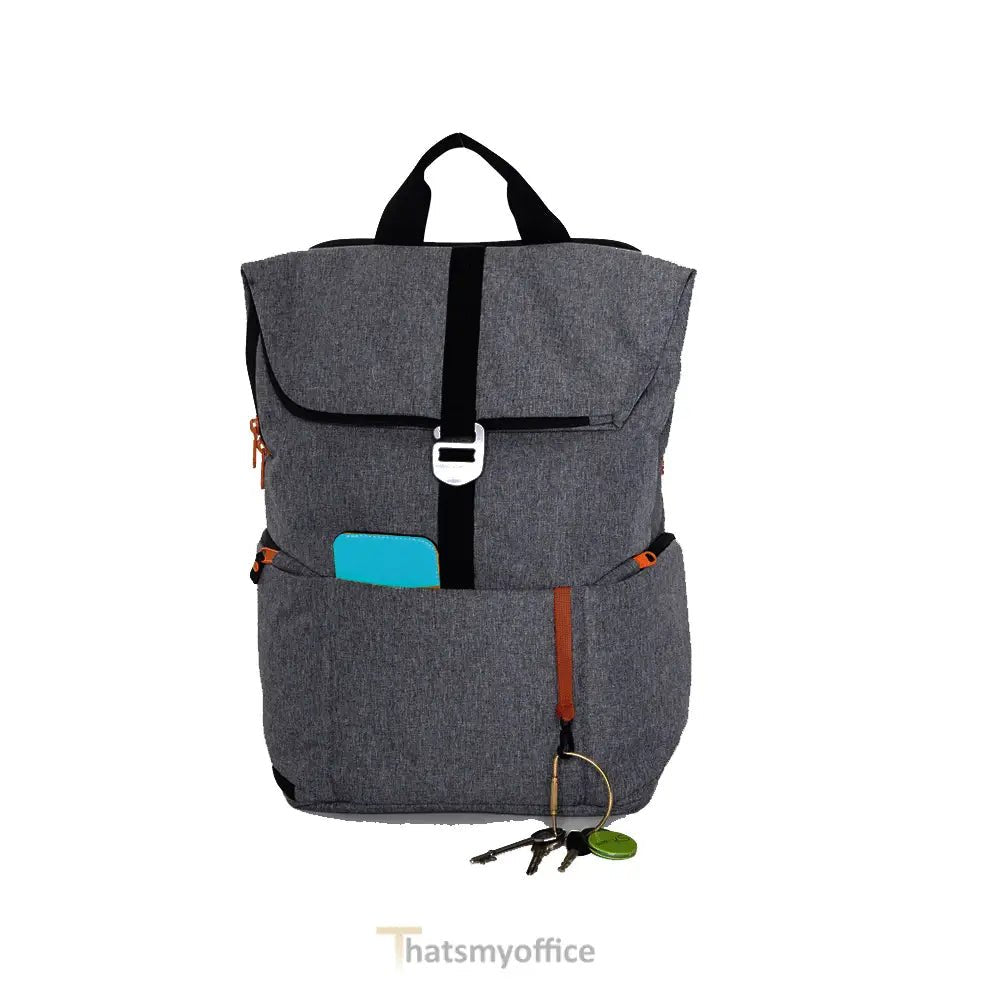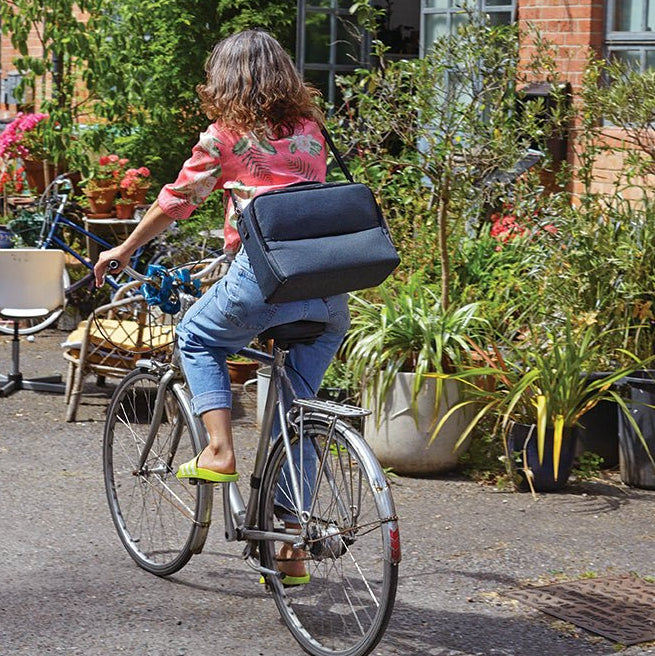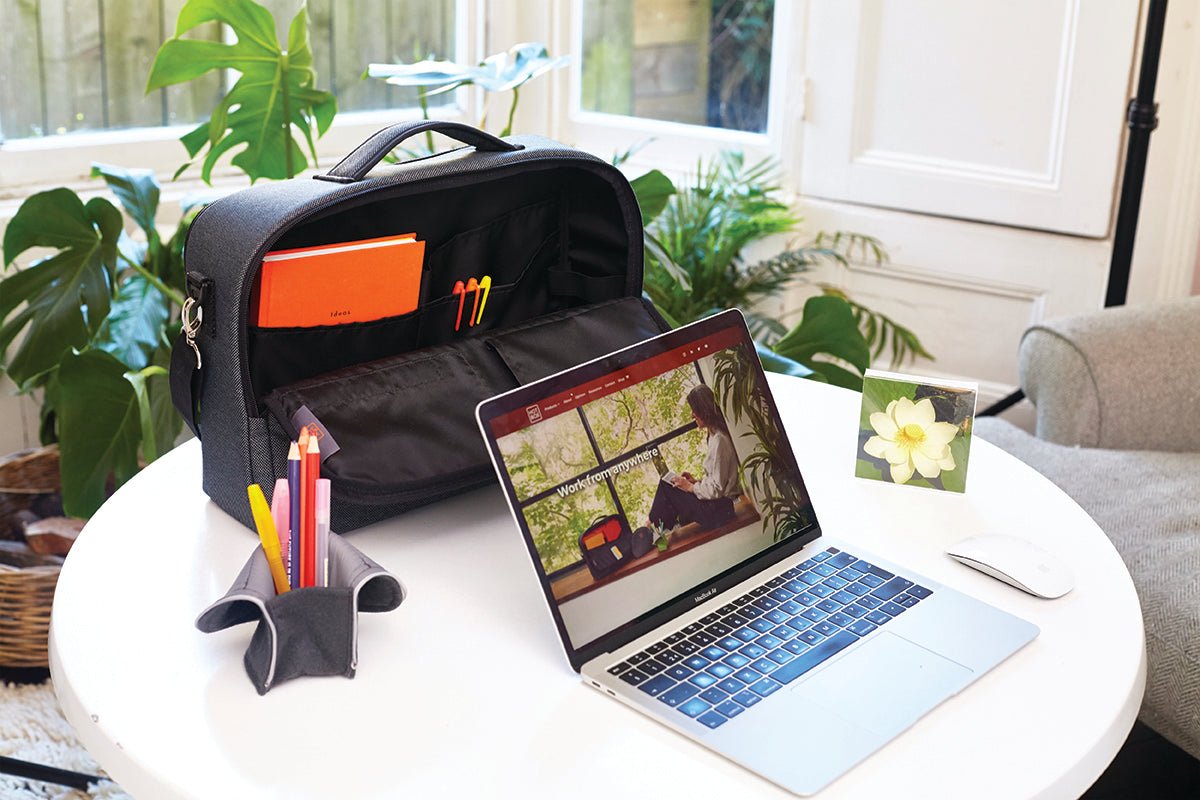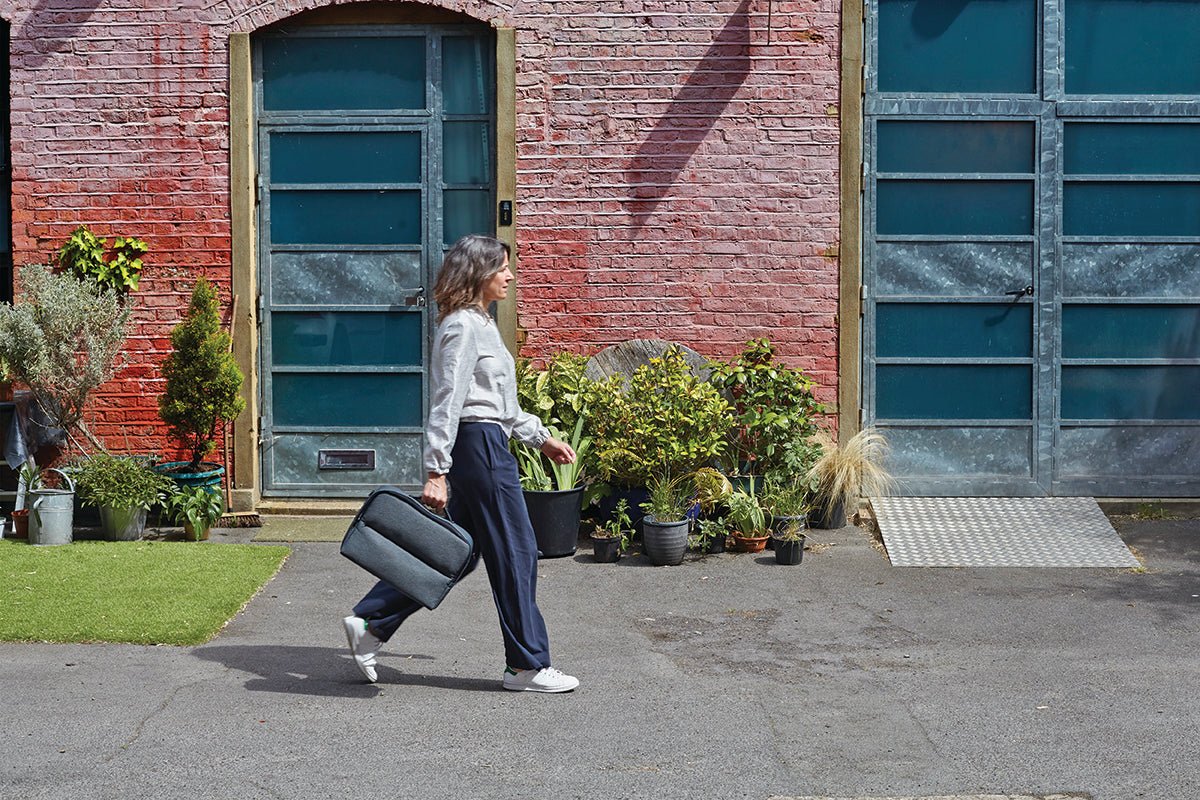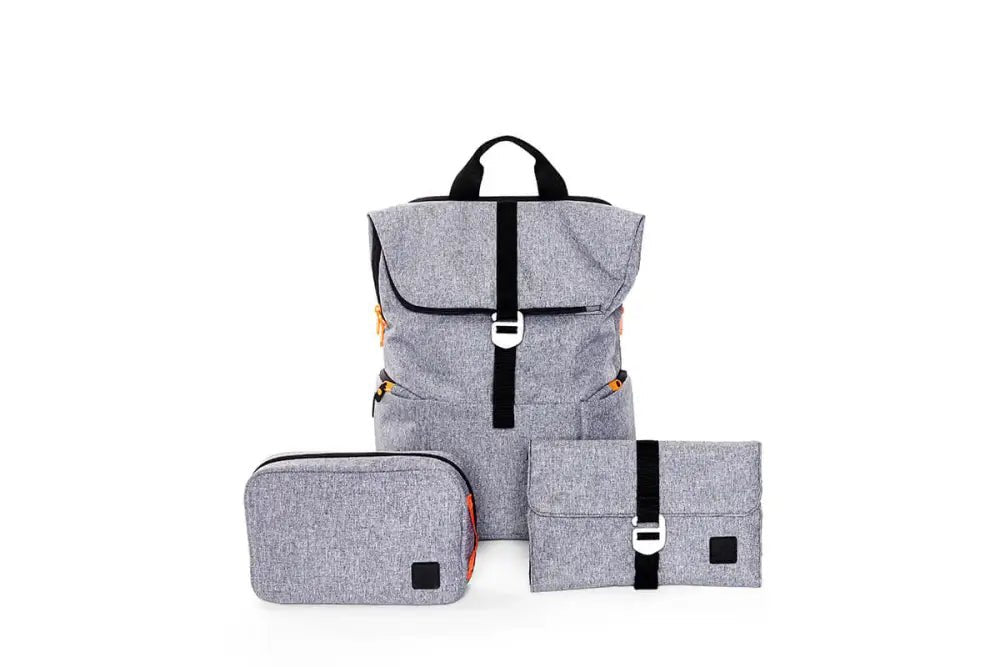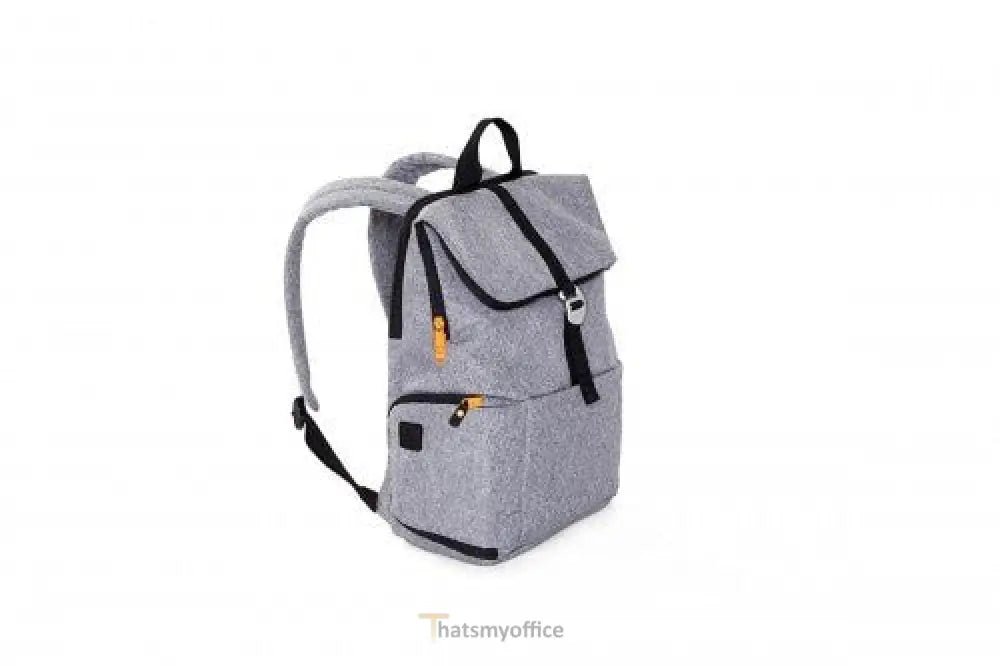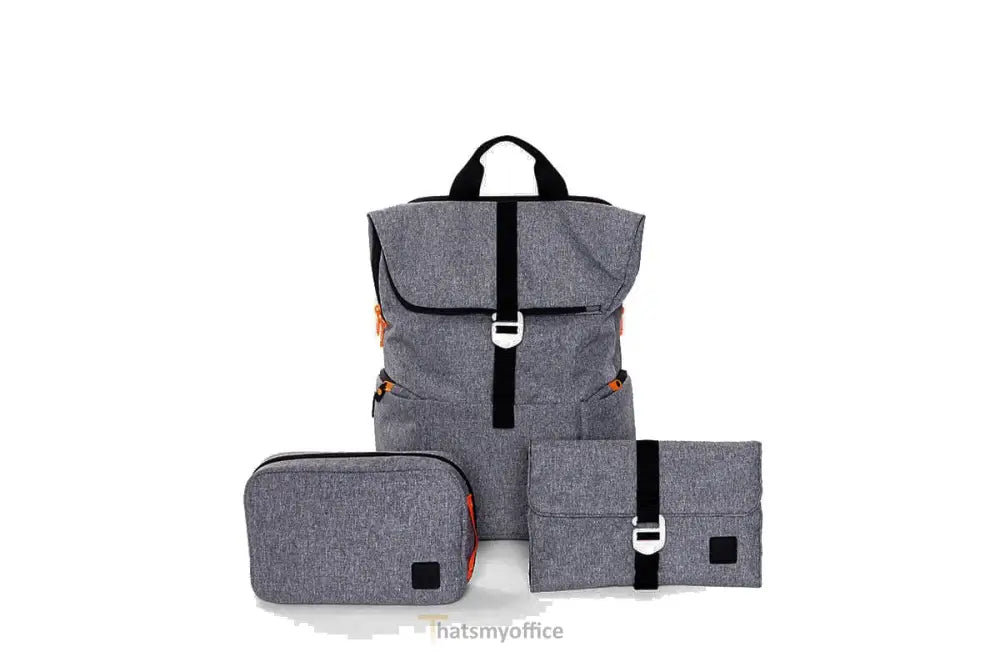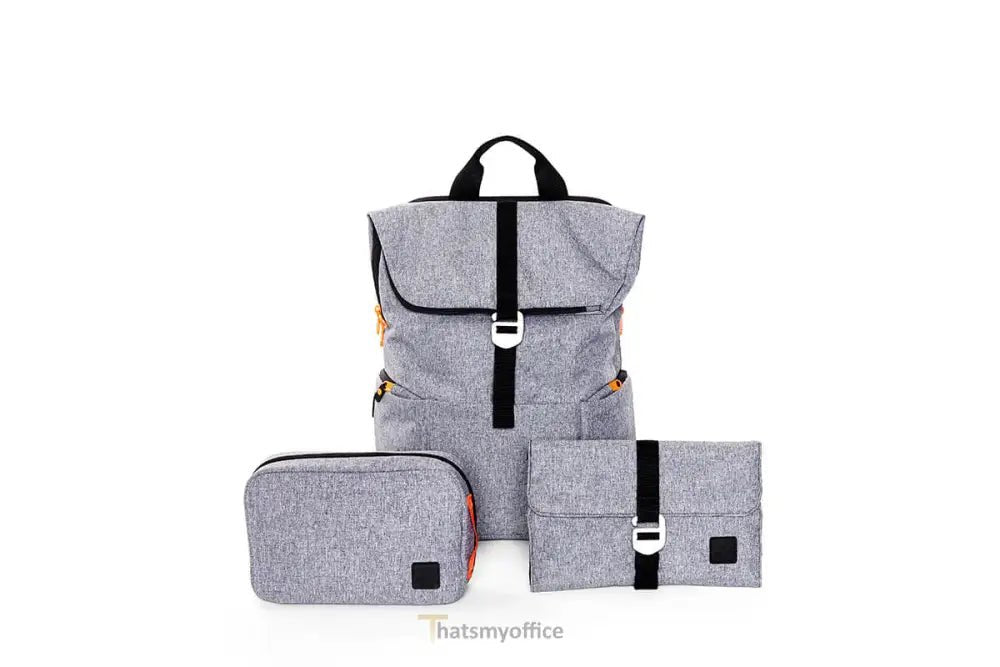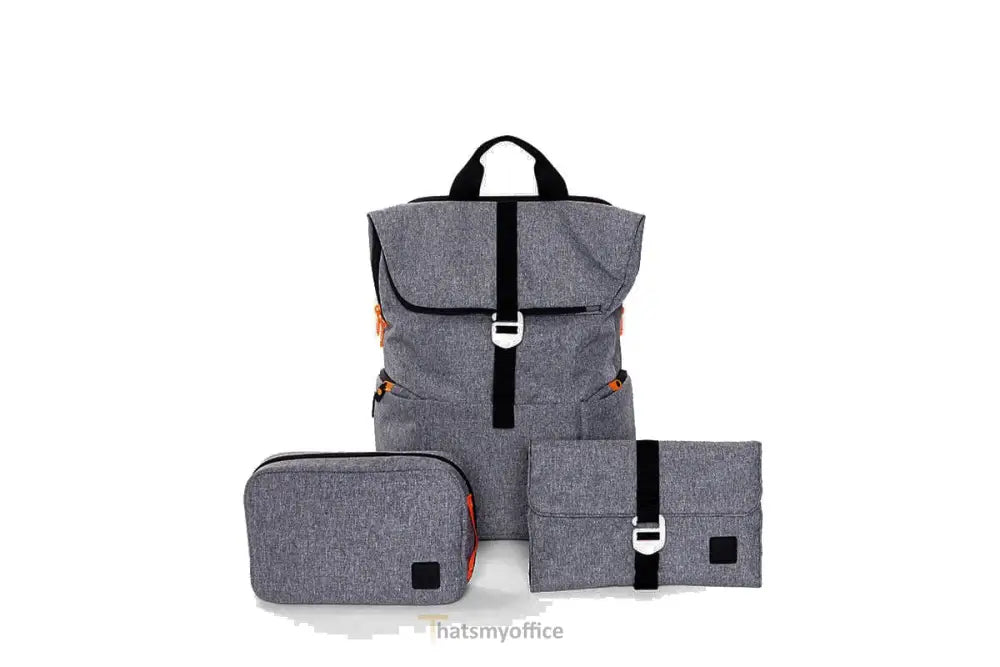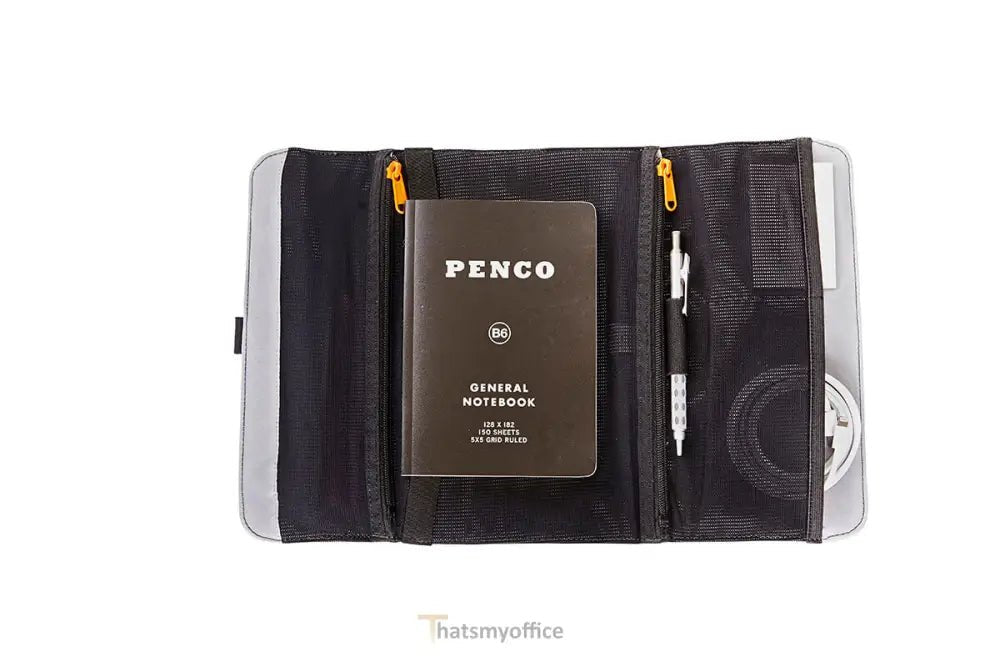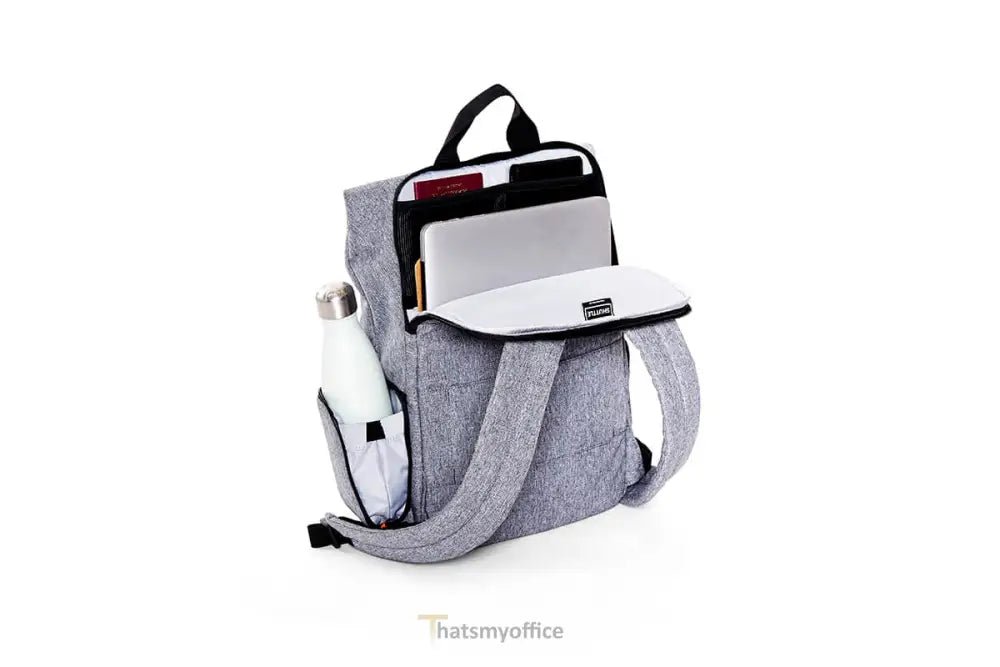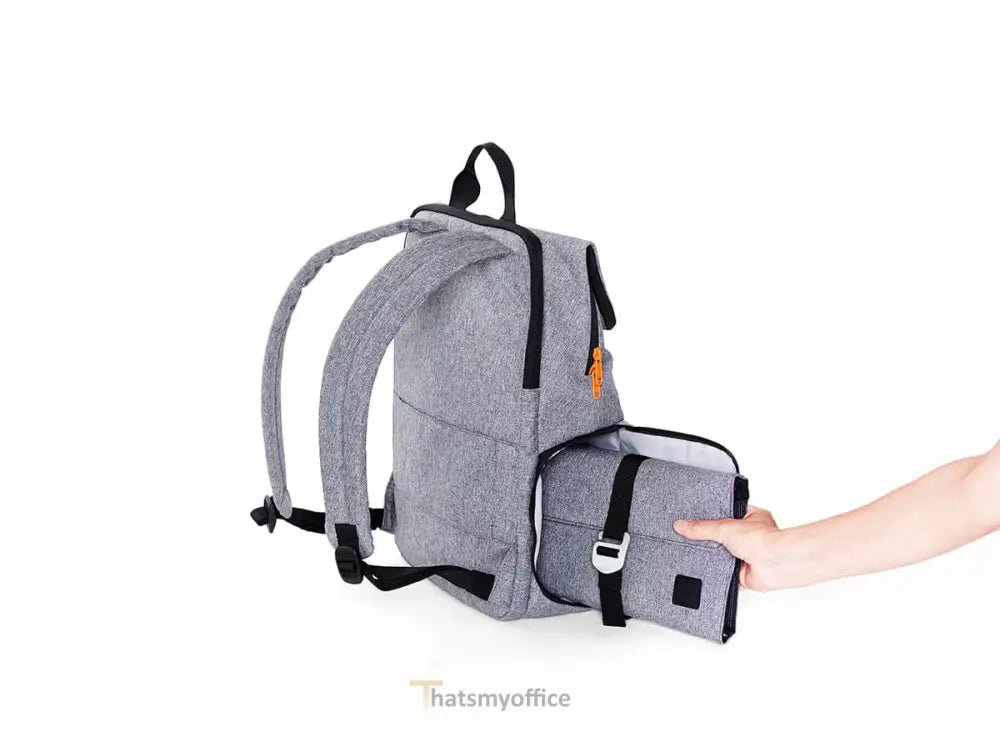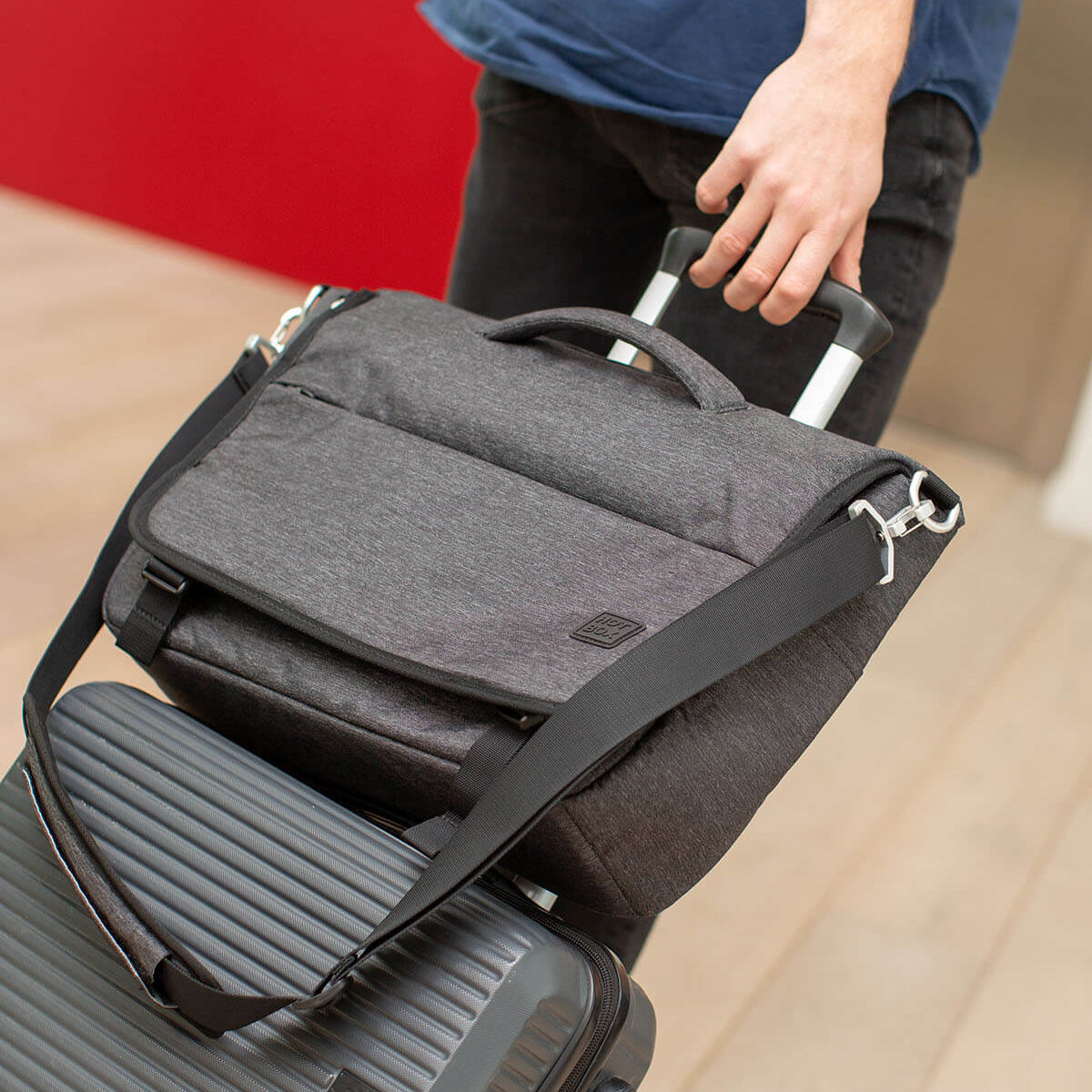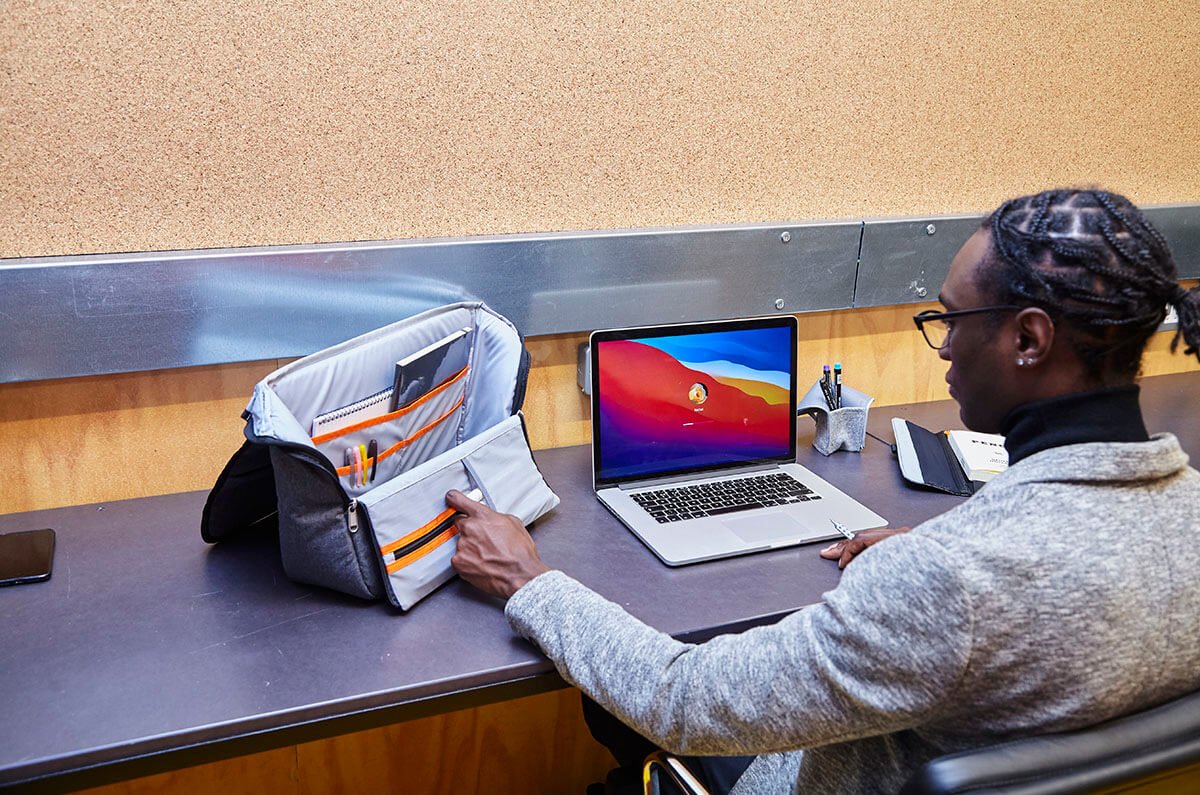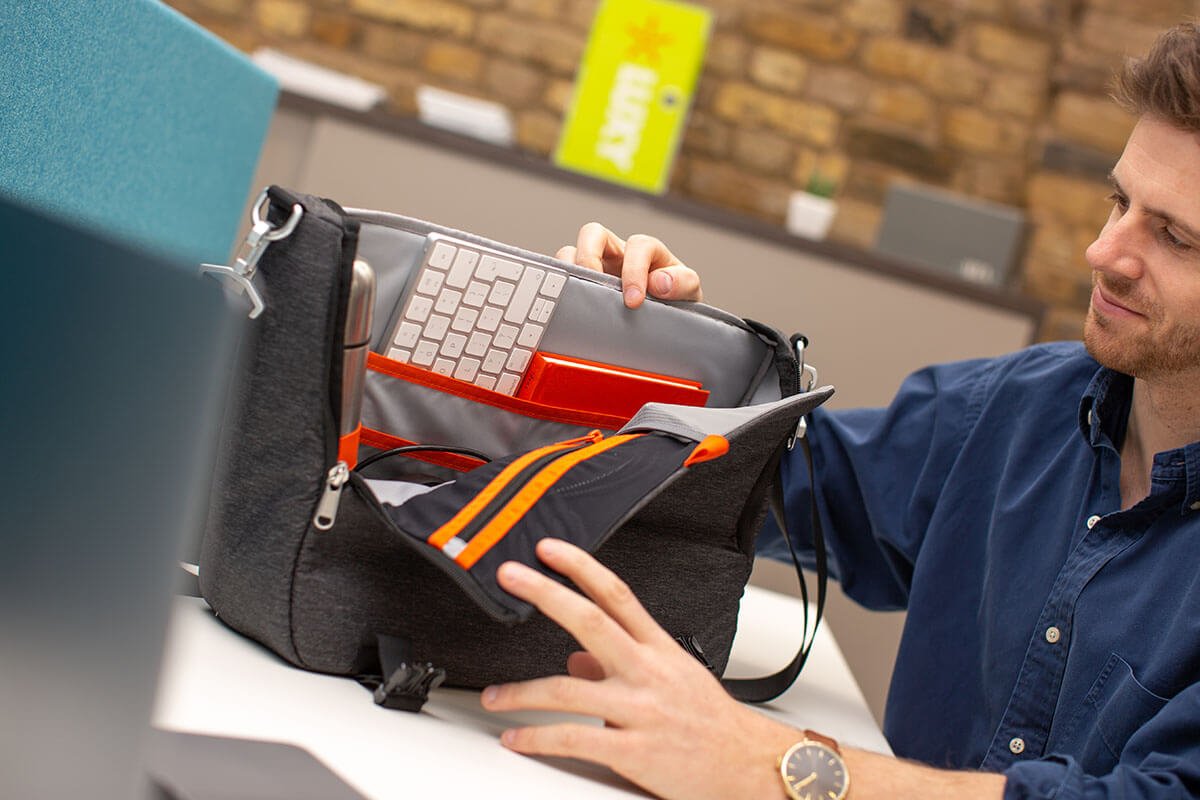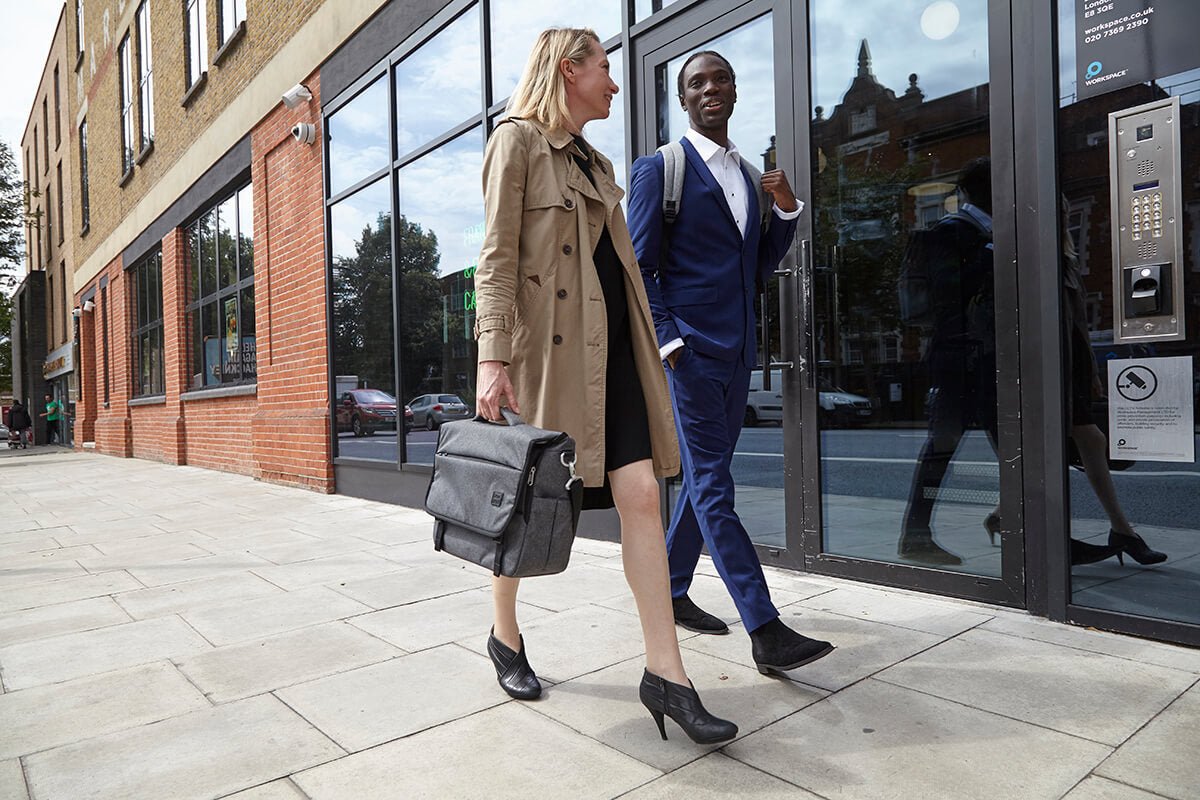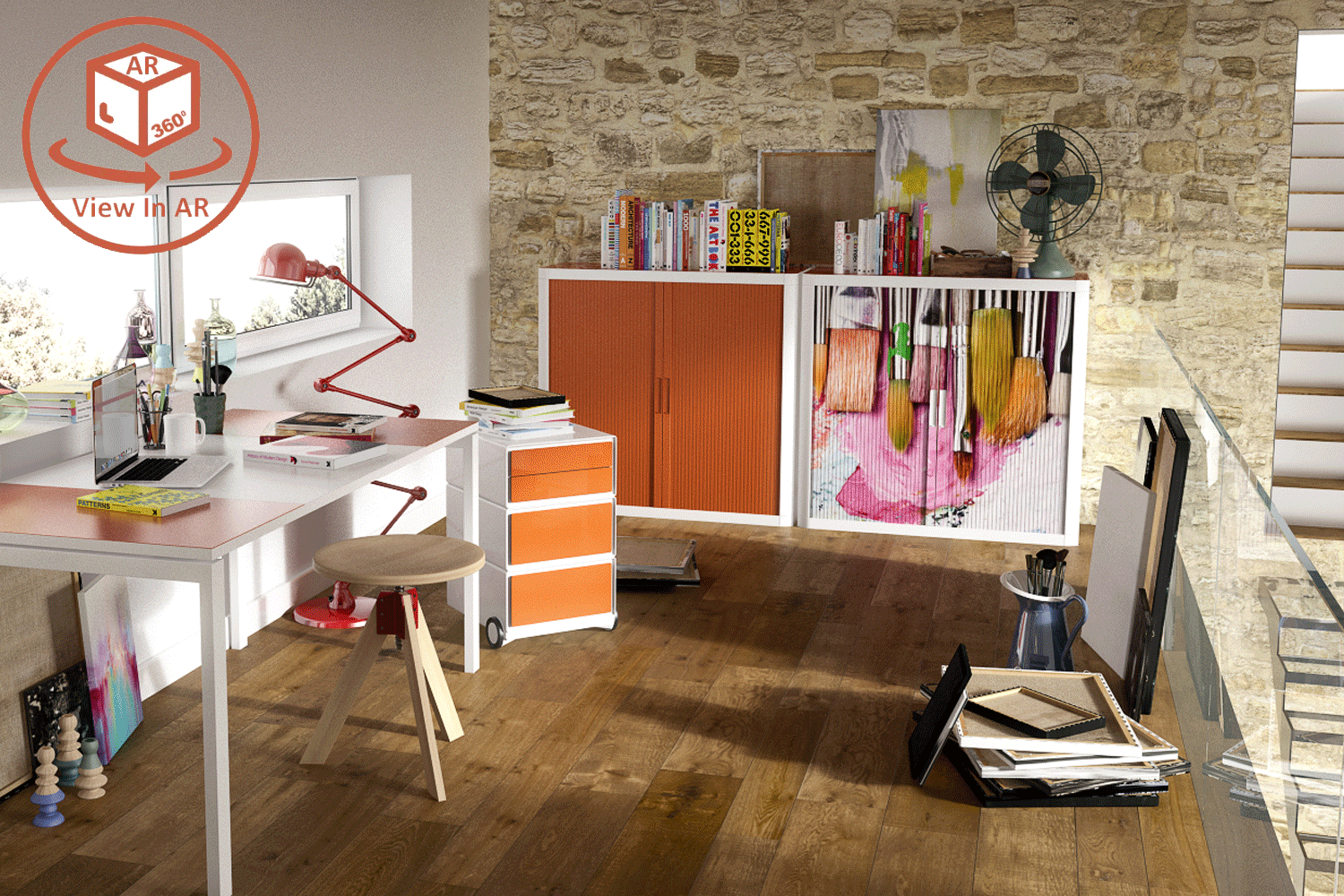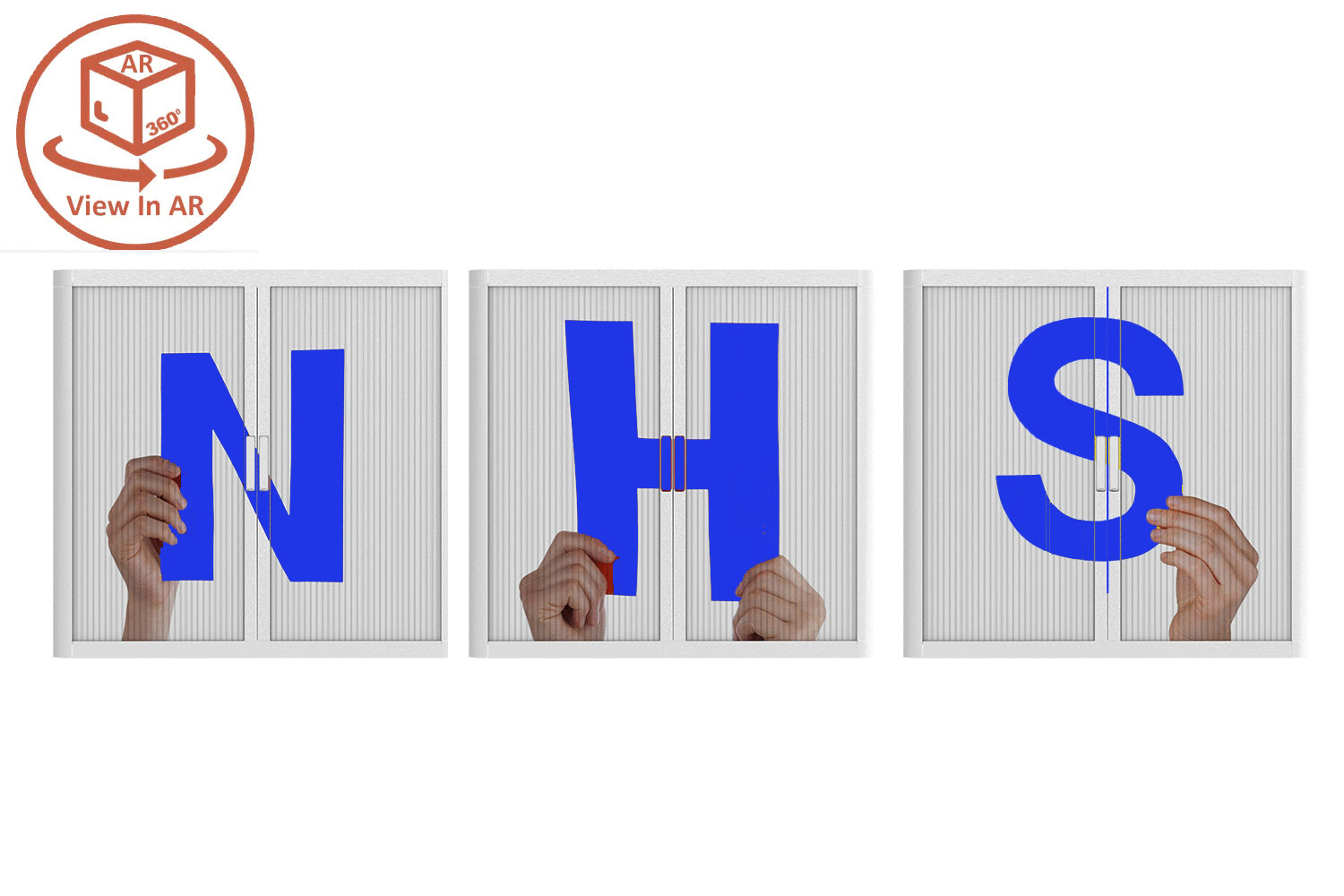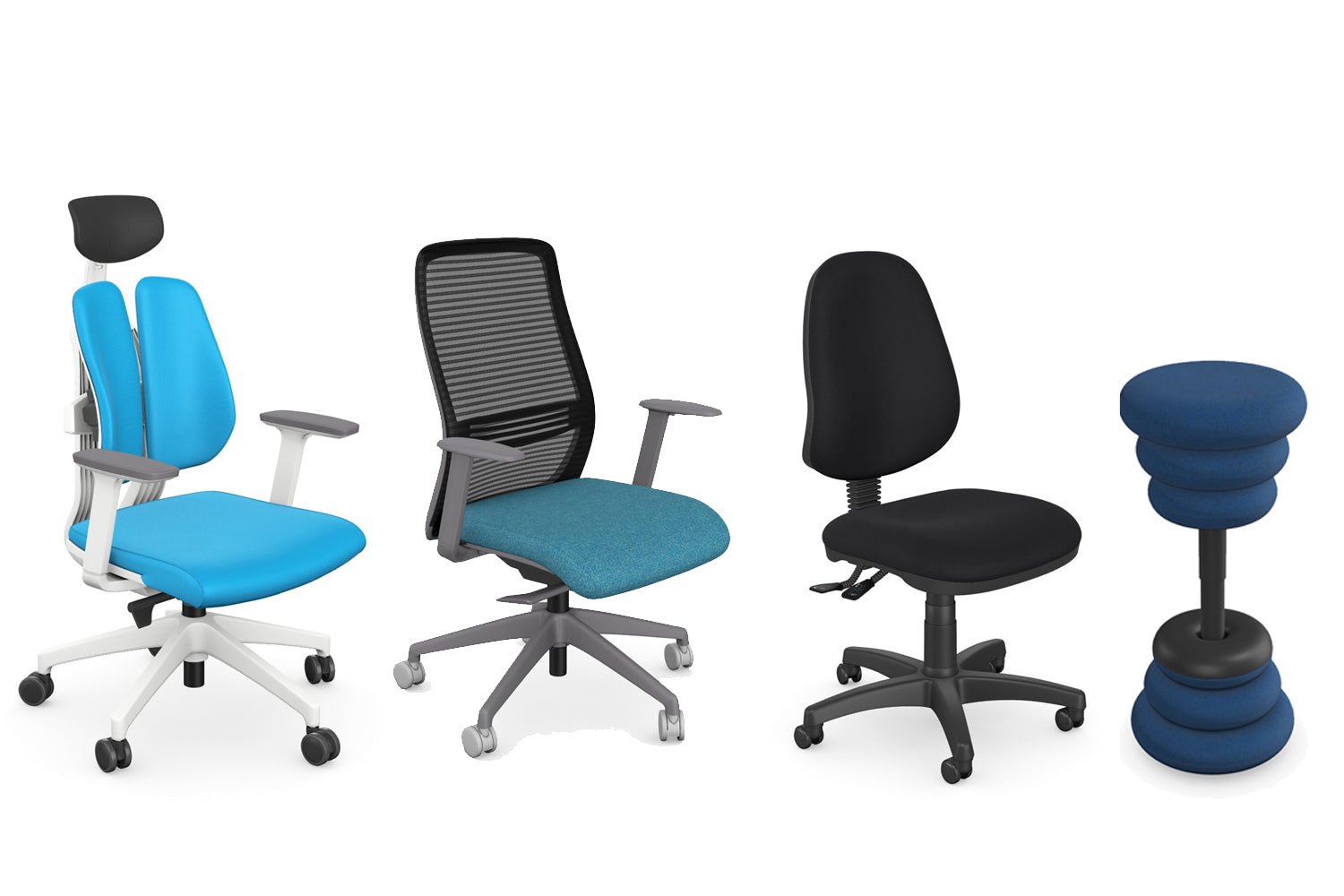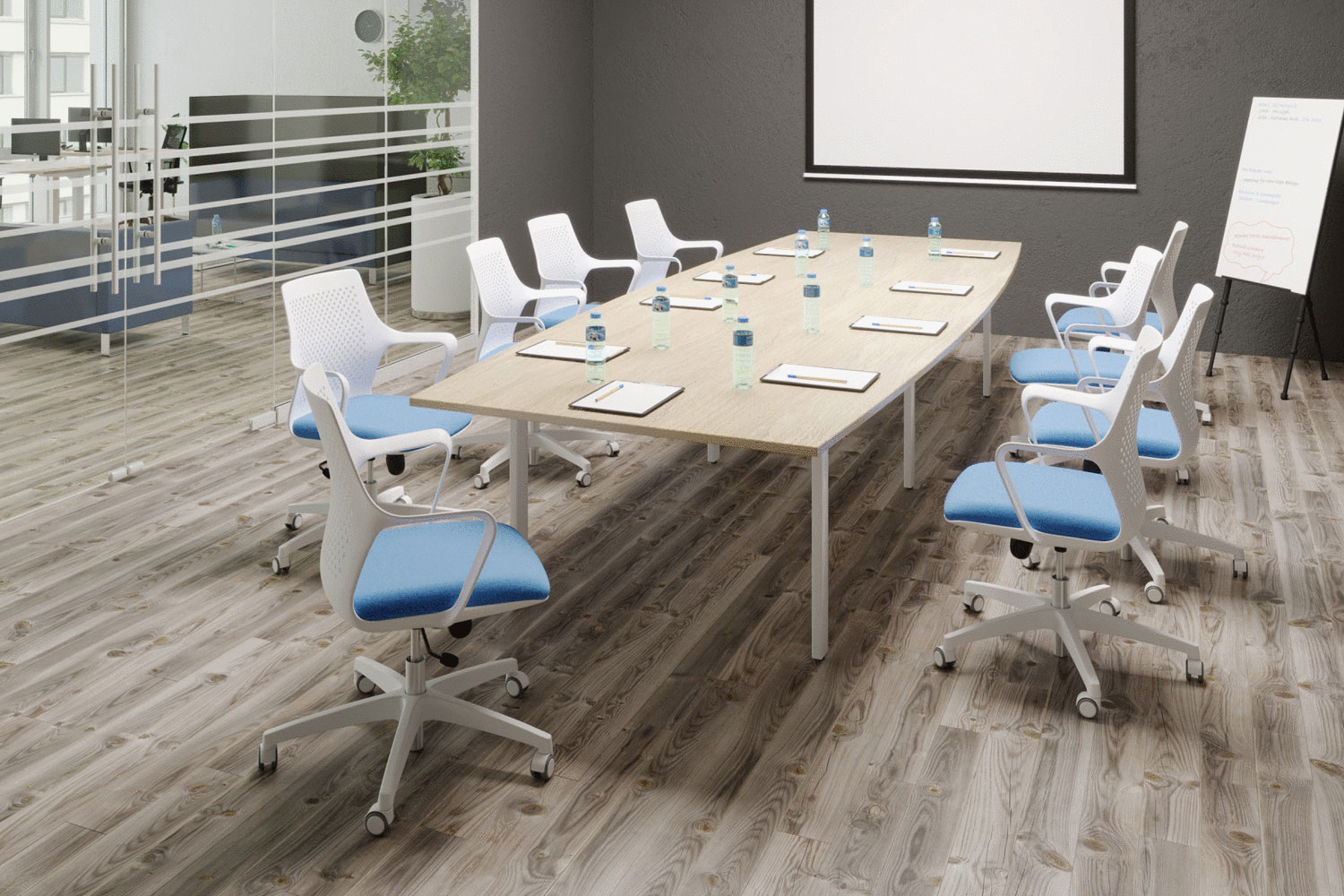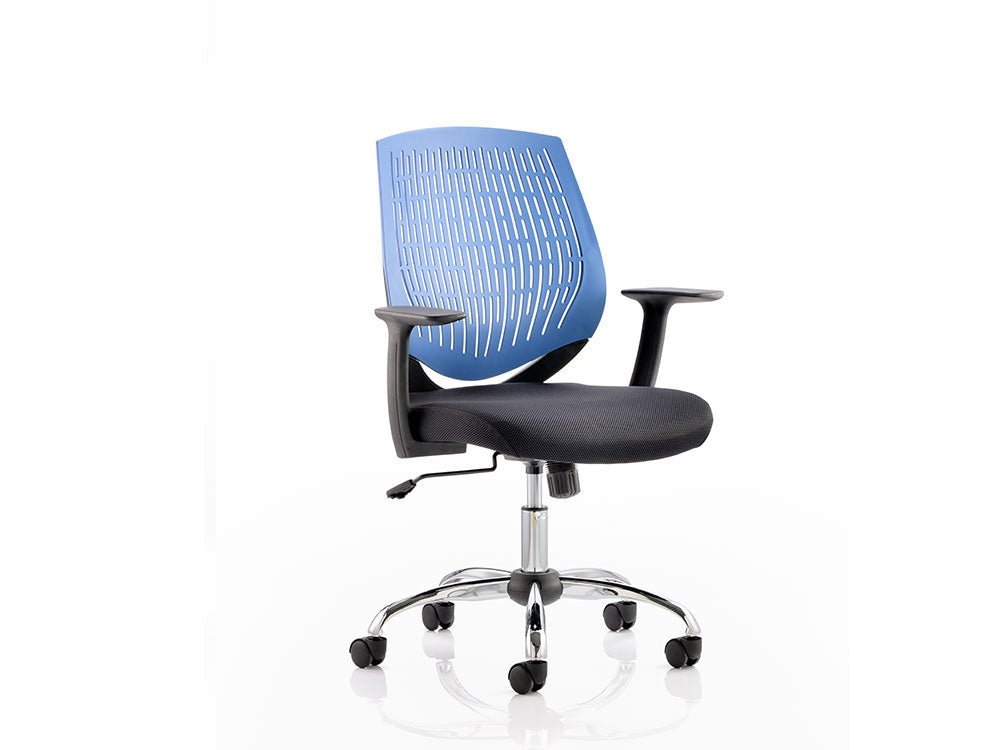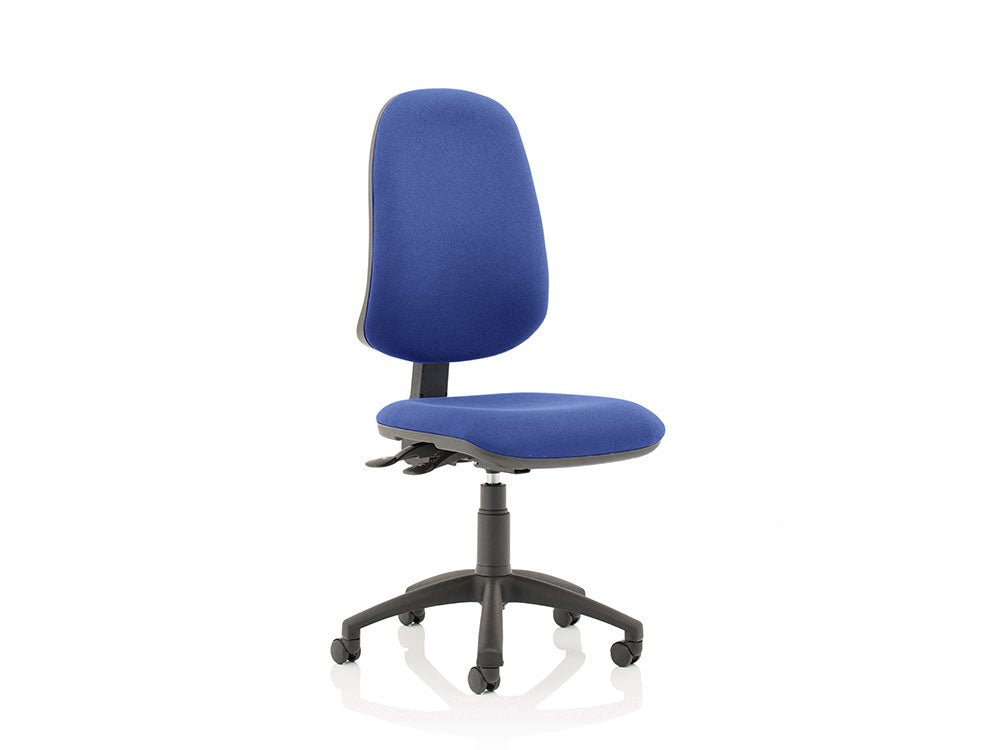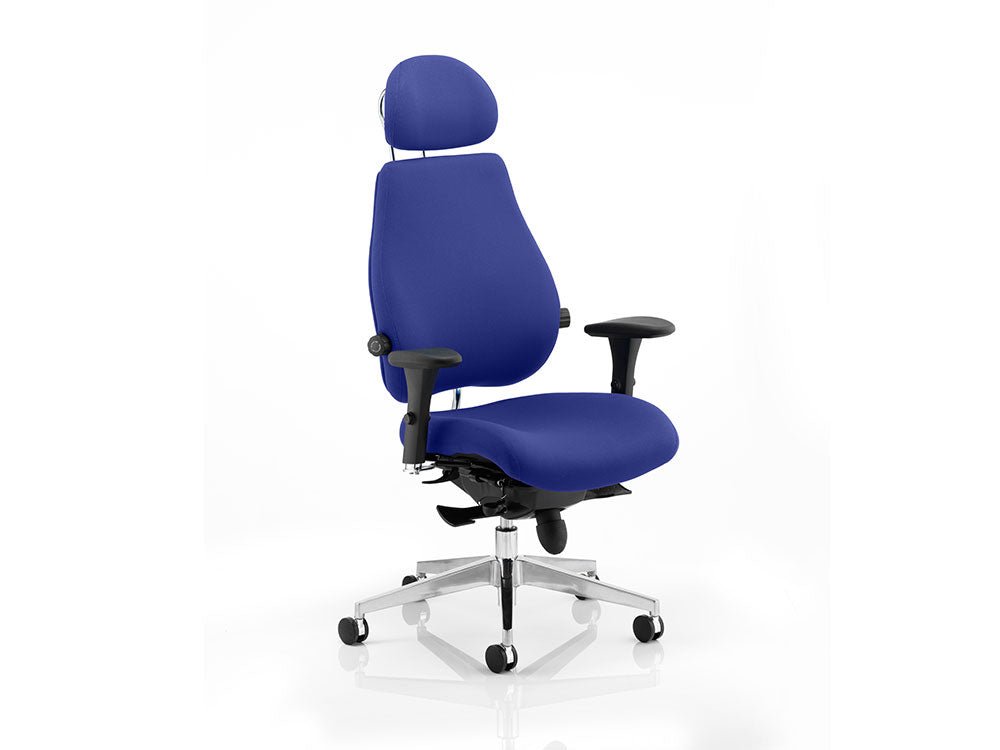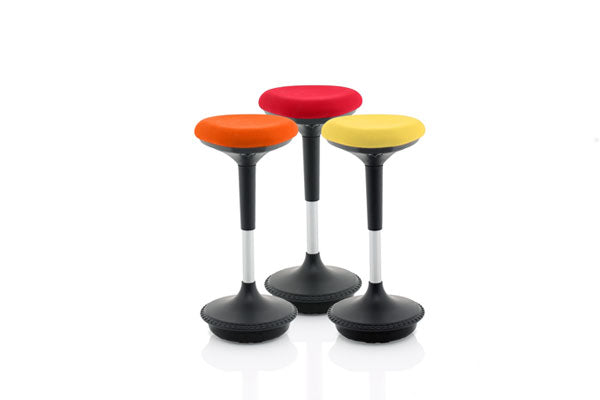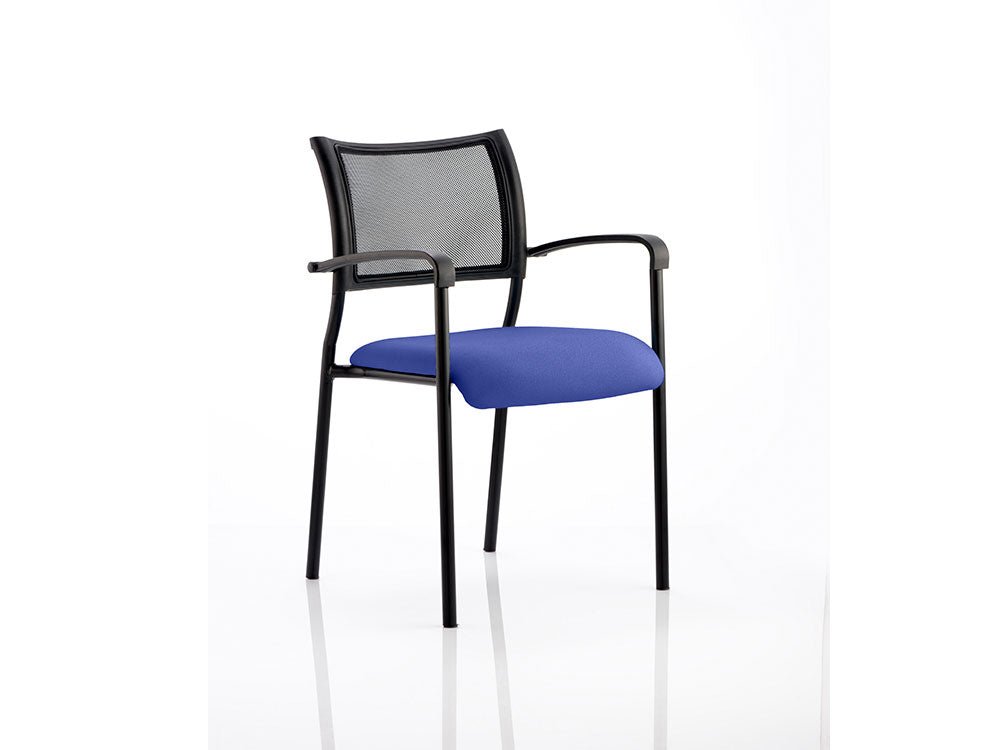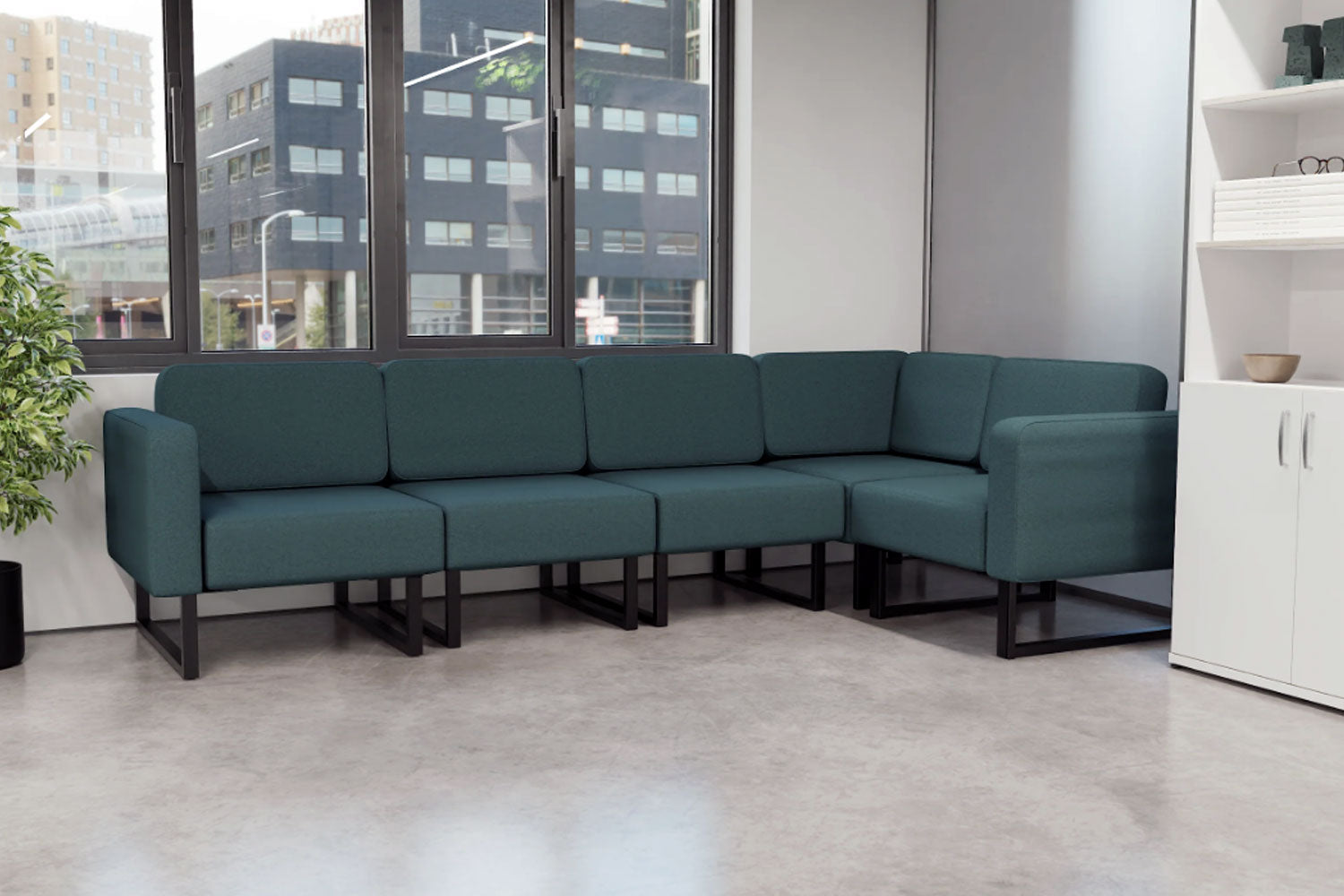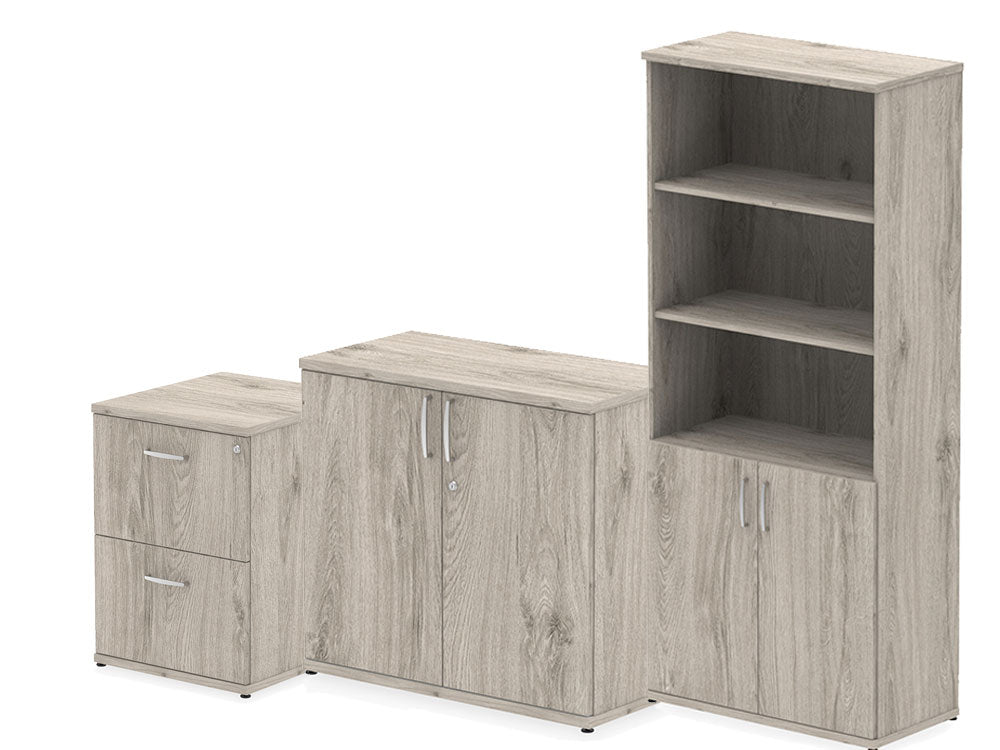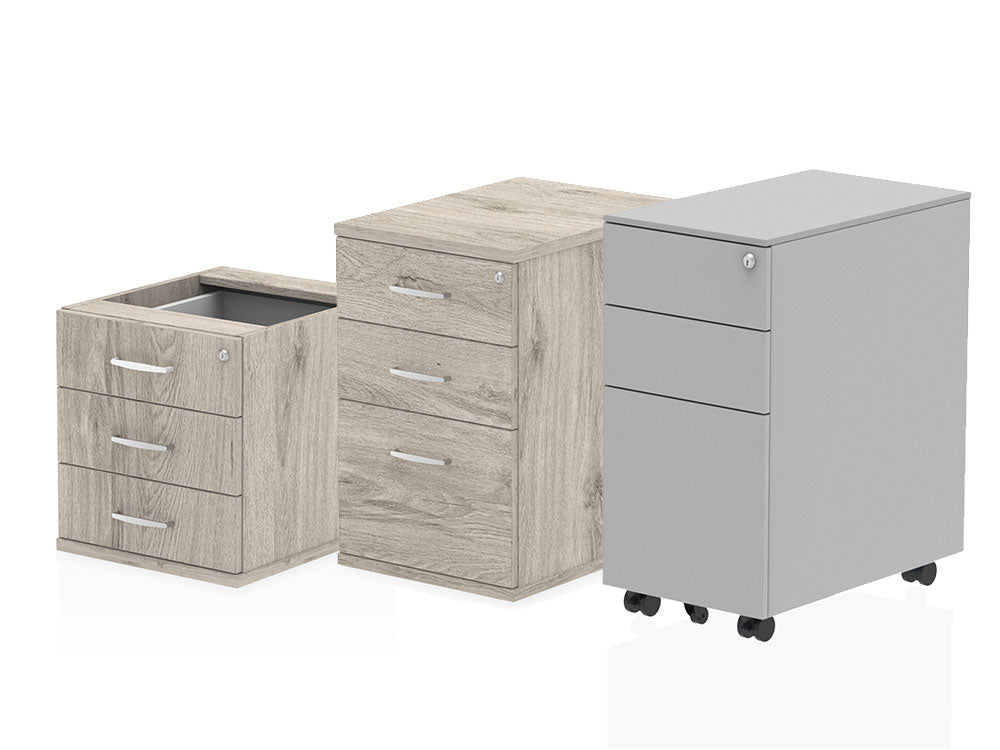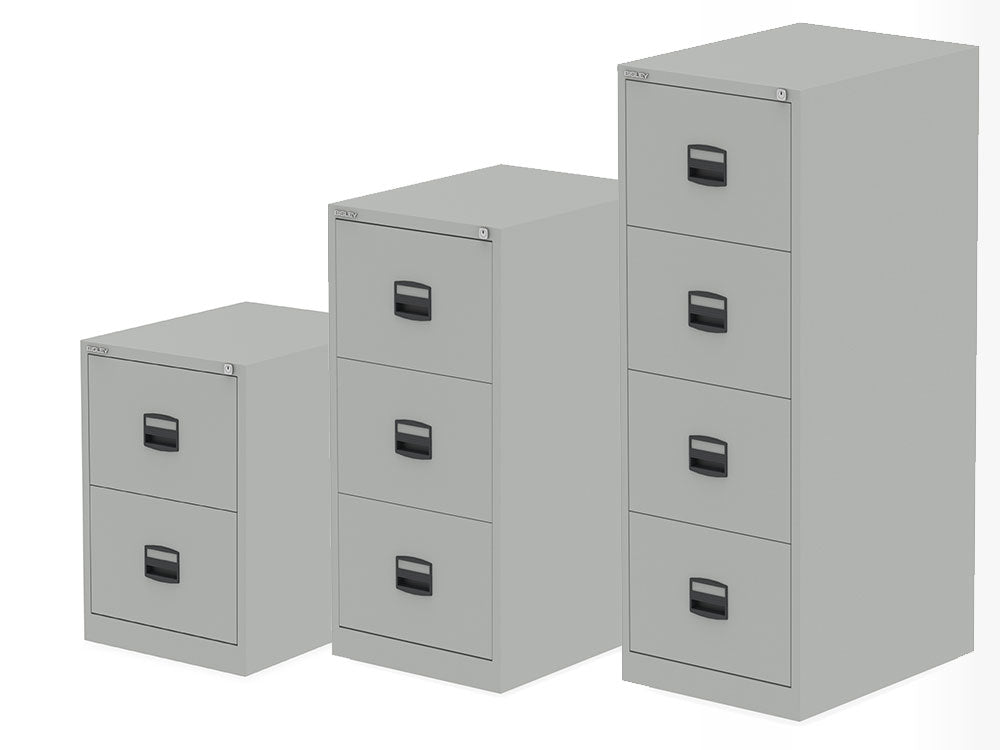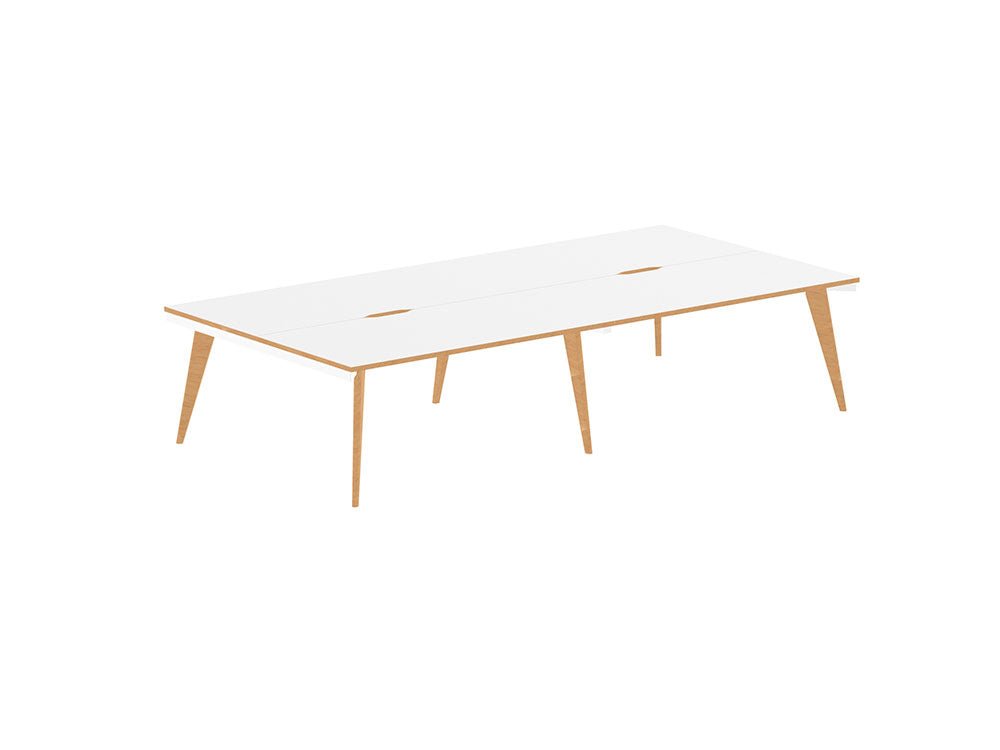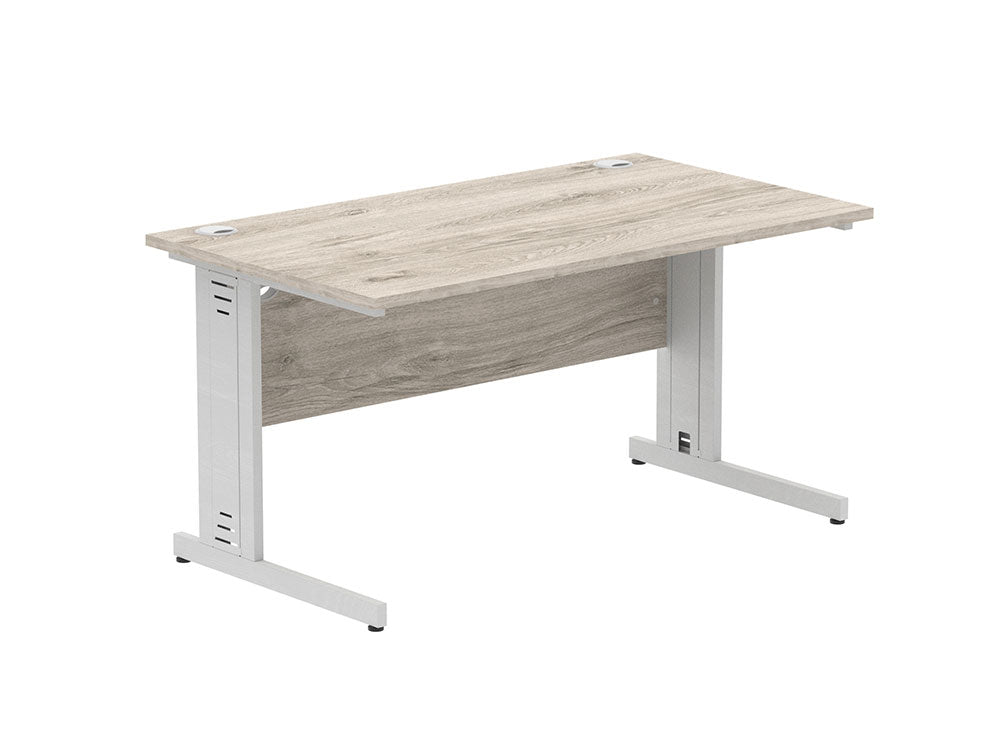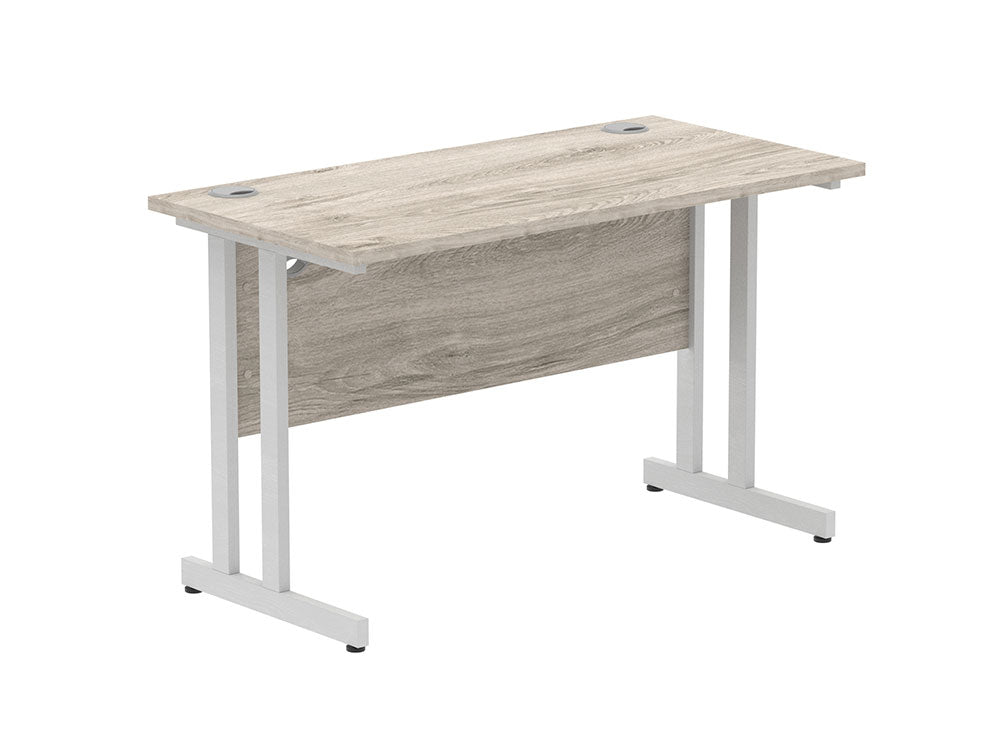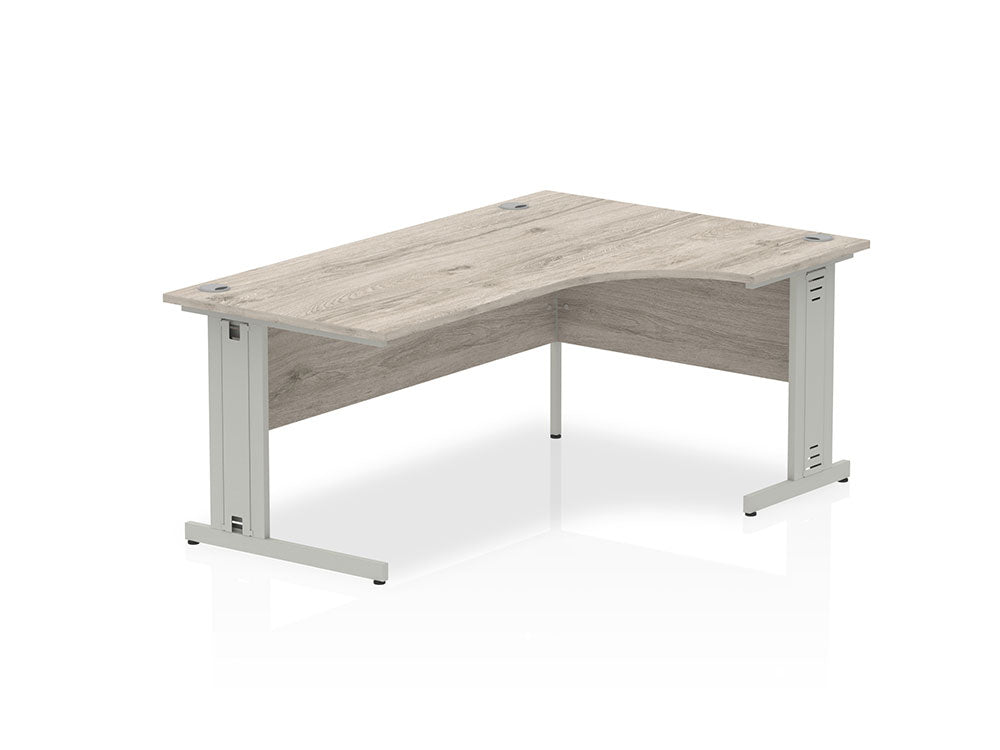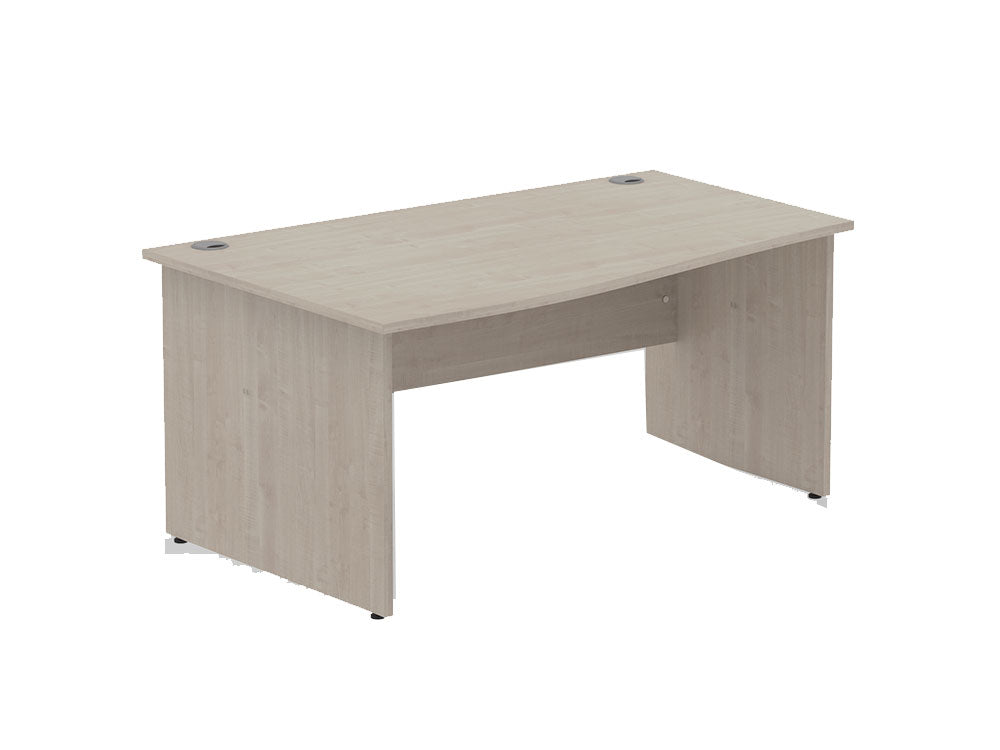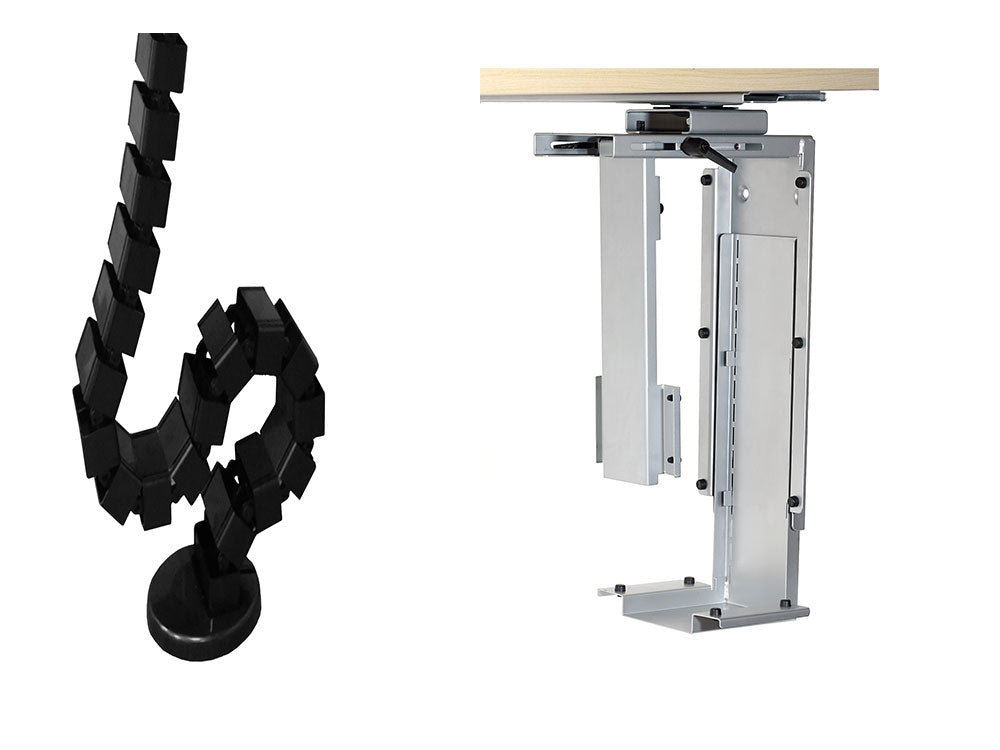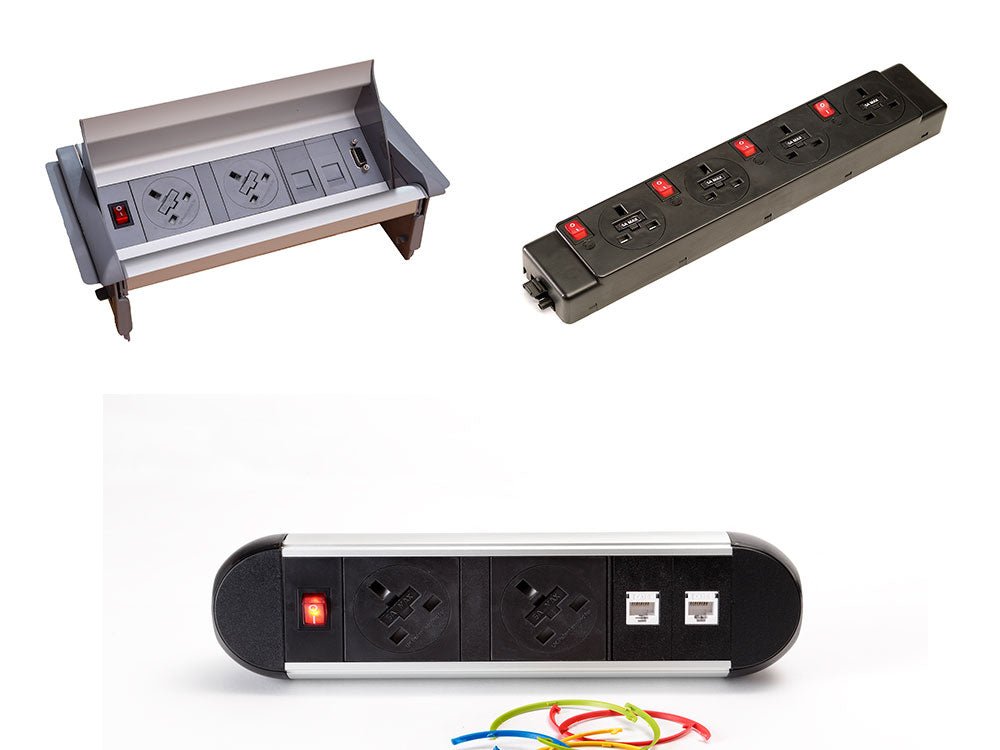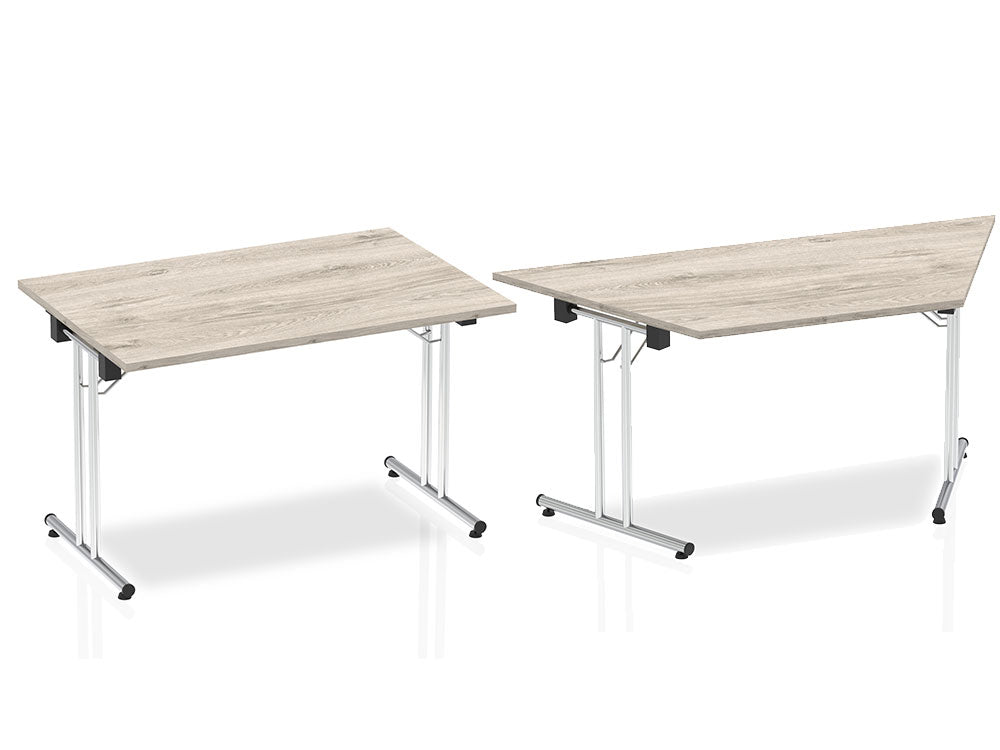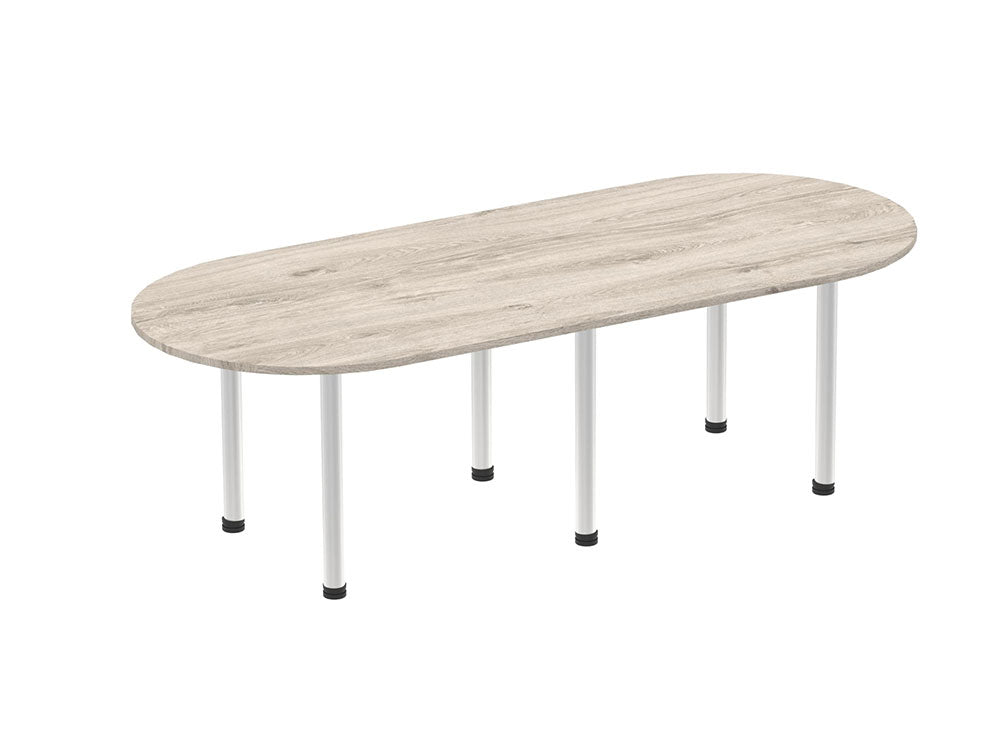Single Products to Design and Install
Office Furniture with 360° View
Shop Office Acoustic in 360 View
Shop Office Chairs in 360 View
Shop Desks in 360 View
Shop Office Storage in 360 View
Shop Office Acoustic PODS / Phone Booths 360 View
Shop Storage By Colour
Shop Branded and Custome Furniture in 360°
Shop Fast Delivery Furniture
Shop Meeting Break Out Furniture in 360° View
Shop Dynamic Chairs Fast Delivery
Shop Dynamic Soft Seating Fast Delivery
Shop Dynamic Storage Fast Delivery
Shop Dynamic Desks Fast Delivery
Shop Dynamic Tables Fast Delivery
Office Furniture Buying Guide
```html
It can be complicated – our office furniture buying guide makes it easier
Before you buy, take a moment to think about what your home or office really needs. Rushing into a purchase can mean wasting money on furniture that doesn’t fit, isn’t comfortable, or simply isn’t needed. This office furniture buying guide is designed to help you look at every part of your workspace and decide what you need your furniture to do.
Set aside a little time to read through this guide before you invest – it will make your decisions clearer, smarter, and more cost-effective.

The three essential furniture categories for any business are:
Whether you’re an employer fitting out an office or an individual setting up a home workspace, you need to think about how the space will actually be used. Choosing the cheapest option might seem attractive, especially for larger offices, but poor quality furniture wears out quickly and may need replacing sooner.
Comfortable, supportive furniture helps reduce aches, pains and fatigue from sitting for long periods. Office wellness now focuses on comfort, ambience, colour and equipment that suits different people and working styles. Start-ups and individuals have the same needs as larger offices, and at That’s My Office we offer solutions for all types and sizes of workspace.
As part of any health and safety assessment, check that your office furniture is ergonomic and suitable for its users. Poorly chosen chairs can contribute to back pain, headaches and other issues, which can reduce productivity and increase sick days. Good furniture does not have to be the most expensive; it just needs to be practical, durable and suitable for the user. This guide is here to help you make informed, methodical choices.
Forward planning

Start by asking yourself why you need furniture:
- Replacing existing items?
- Expanding and adding more staff?
- Reducing space or downsizing?
- Refurbishing or relocating your office?
Next, assess what you will actually need:
- How many people will be working in the space?
- Who needs a dedicated workstation?
- Who can share or hot desk?
- How much storage is required for:
- Laptops or desktop PCs
- Monitors, monitor arms and laptop stands
- Charging points and power sockets
- Filing and paperwork
- Personal storage
- Cable management
- Do any staff require height adjustable desks for accessibility, different body sizes or wheelchair access?
- Draw a simple floor plan and take measurements so you can compare options accurately.
Replacing vs starting from scratch
If you’re replacing existing furniture, it’s worth reviewing what you already have:
- Deep corner desks may now be unnecessary if PCs have been replaced with laptops and mobile devices.
- Identify what works well in your current office and what staff like or dislike.
- Ask what would help them to be more productive and comfortable.
- Remove obsolete items such as fax stands or old power points without USB charging.
- Remember that people come in different shapes and sizes – different chairs and desk heights may be needed.
- Workplaces are moving towards fewer formal meeting rooms and more breakout areas for informal discussions.
- Consider future hybrid working – how much space do you really need if more staff work remotely?
- Most offices hold a lot of historical filing. An audit of paperwork and personal storage can free up space.
CAD office planning

Many furniture retailers offer CAD (computer-aided) office planning. At That’s My Office, we can assist with larger office layouts. We’ll need accurate measurements and an overview of your needs – number of employees, storage, desks, chairs and breakout areas.
CAD drawings and 3D models help you visualise how furniture will fit so you can buy with confidence. A CAD plan will check that:
- Doors can open fully
- Chairs can be pushed back comfortably
- Filing and storage are easily accessible
- Breakout areas fit within the space
CAD drawings cannot confirm whether large items can be carried through stairwells, lifts and corridors, so a site survey may be needed. Some items are flat-packed, but solid furniture may come as a single unit, so access is crucial. For larger orders we can arrange a survey to help avoid delivery issues.
If you prefer to plan yourself, there are many online planning tools. They are helpful as long as your measurements are accurate and clearly noted.
Also consider access for heavy and bulky items like:
- Executive desks
- Large metal cupboards
- Fire safes
- Check if there are lifts and when they can be used
- Ensure stairwells are wide enough with sufficient headroom
- Remember, a 1.9m cupboard may need around 2.7m of clearance when tilted
Practical and functional furniture

Think about how each desk will be used. Even if you’re buying many desks, you may not want them all to be identical. At minimum, most users will need space for a laptop or computer, cables, a phone and some personal storage. Mobile workers may need less desk space than staff with desktop PCs.
A shared printer or scanner is often sufficient for a smaller office – just decide where it will live. Consider whether everyone really needs their own drawers and shelves, or if shared storage will work. Modern workplaces often combine power, charging and personal storage in the same unit.
If staff work late or overnight, think about extra storage and good task lighting.
Office desks – what’s available?
Desks come in a range of sizes and styles. Common widths include:
- 120cm
- 140cm
- 160cm
- 180cm
- Bench desking in runs up to around 240cm
Typical finishes include:
- Nova oak
- Beech
- Grey oak
- White
Frames are usually available in finishes such as silver or white.
Desks can be delivered flat-packed or assembled, depending on your preference.
Bench Desk
Ideal for open-plan spaces and saving floor area.
Cluster Desk
Perfect for call centres or high-density working environments.
Cantilever Desk
Features “C” shaped legs for a clean, open look and easier cable access.
Wave Desk
Wider at one end to provide extra workspace where needed.
Corner Desk
Left- or right-hand versions that fit into corners – traditionally popular for deep desktop PCs.
Starter Desk
Budget-friendly desk, often with an 18mm top – ideal for tight budgets or light use.
Height Adjustable Desk
Available in manual or electric versions, these are ideal for shared workstations and for encouraging a mix of sitting and standing. They typically adjust from around 65cm to over 1.2m high.
Whichever desk you choose, ensure there is enough legroom and space underneath so users can sit and move comfortably.
Office storage
Before choosing storage, review what you currently keep on site. Do you use suspension files (A4 or Foolscap), lever arch files or archive boxes? The right storage will depend on the type and volume of items you need to keep.
The main types of storage include:
- Lockable filing cabinets (2, 3, 4 or 5 drawers)
- Under-desk pedestals with filing and stationery drawers
- Personal storage (lockers)
- Two-door cupboards with solid doors
- Tambour cupboards with sliding shutters
- Open bookcases
- Specialist storage (card files, plan files, tower pedestals, multi-drawers)
Filing cabinets
Filing cabinets are a classic and very practical office storage option. They are typically designed for A4 or Foolscap hanging files – always check which size you need. Standard units usually range from 2 to 4 drawers and should have an anti-tilt mechanism so only one drawer can be fully opened at a time.
Side filing cabinets are wider and can hold more files or different sizes, ideal where you have enough floor space but need maximum capacity. Filing cabinets are usually lockable and available in steel finishes or woodgrains to match your desks.
Pedestal drawers
Pedestals are compact, modern storage units that fit under or beside desks. They come in steel or woodgrain finishes with 2 or 3 drawers. Check the depth carefully to ensure it lines up with your desk if they will sit side by side.
Options can include:
- Seat pads on top for extra seating
- Tower or “high” pedestals for more vertical storage
- Mobile versions on castors or fixed, desk-supporting versions
Tambour storage
Tambour units have sliding shutters instead of doors, making them perfect where space in front of the unit is limited.
With multiple widths (for example 80cm, 90cm, 100cm, 120cm) and heights, plus top box options, they can maximise storage in tight spaces. They are usually lockable and available in a wide range of carcass and shutter colours, from subtle neutrals to bright statement finishes.
Internal options can include:
- Shelf filing
- Lateral hanging files
- Drawer units with anti-tilt
- Roll-out shelves
Credenza storage
Credenzas are low cabinets or sideboards often used in meeting rooms or executive offices. They provide storage with sliding or hinged doors and can double as a display surface. They are popular in modern offices, especially where AV equipment and refreshments need to be kept tidy but accessible.
Bookcases
Bookcases are the main type of open storage in offices and are great for combining display and practical storage. They can hold everything from files and reference books to décor and awards, and are available in different widths, heights and materials.
Storage cupboards
Two-door cupboards help keep items organised and out of sight, making them ideal for general office storage. They come in multiple widths, with lockable doors and often adjustable shelves. A run of cupboards in different colours can even become a design feature in your office.
Combination cabinets
Combination units mix different storage types in one cabinet – drawers, cupboards, flippers, tambours or lockers. They are ideal when you need both filing and general storage in a compact footprint.
Lodge lockers for offices
Office lockers give staff a secure place for personal belongings, bags, laptops and equipment. They’re especially useful in hot-desking, agile and hybrid workplaces.
Office chairs
Seating is a serious decision
Your employees will spend many hours sitting, so their chairs matter. Comfort, support and adjustability are key for productivity and wellbeing. Aim for timeless, well-made chairs rather than short-lived fashion pieces – you want seating that lasts and supports good posture.
Key chair types
- 24-hour chairs: Designed for use across multiple shifts, with extra-durable frames and thick padding.
- Heavy duty chairs: Built to support higher user weights (typically 120kg+).
- Operator/task chairs: Standard office chairs with a 5-star base and castors, often with adjustable arms and back.
- Mesh chairs: Operator chairs with a breathable mesh back for better air flow.
- Conference chairs: Simple, fixed chairs for meeting rooms with minimal adjustments.
- Drafting chairs and stools: Higher chairs with a foot ring for use at counters or height-adjustable desks.
- Ergonomic chairs: Chairs with multiple adjustments (seat height, depth, tilt, lumbar support, armrest positions, headrest and more) to allow a tailored fit.
- Executive chairs: High-back chairs with extra cushioning and often a more luxurious look.
- Kneeling chairs: Position the user at an open hip angle to help reduce lower-back strain.
- Leather and leather-effect chairs: Offer an executive appearance in either genuine leather or more affordable leather-look finishes.
Reception and waiting room seating
- Beam seating: Chairs fixed to a horizontal beam – ideal for waiting areas.
- Ottomans: Low stools, sometimes with built-in storage.
- Reception chairs: Single guest chairs with a fixed base (legs, sled or cantilever).
- Sofas: Upholstered seating for multiple people.
- Tablet armchairs: Chairs with an attached writing tablet for note-taking or laptop use.
Other chair styles
- Armless chairs: Chairs without arms, useful where space is tight.
- Benches: Low-profile seating without divisions between users.
- Folding chairs: Portable chairs that fold flat for events or overflow seating.
- Stacking chairs: Chairs designed to stack vertically for easy storage.
Remember: very cheap seating often doesn’t last and may not support users properly.
Colours
Colour has a big impact on mood and style. Dark, heavy furniture can feel formal and imposing. Light and neutral finishes create a modern, open feel. Bright colours can add energy and creativity.
We offer a wide palette of vibrant and pastel colours, including over 50 metal storage colours, 7 desk finishes and 5 wood effects. Strong colours can work well in the centre of the office, with softer tones in reception or break areas to create a calmer feel.
The most popular choices remain white and other neutral finishes.
Finance and costs
Budget is always important, but try to balance cost with quality:
- Budget furniture is cheaper upfront but usually has shorter guarantees.
- Mid-range furniture tends to last longer and offers better value.
- Premium ranges focus on design, performance and long-term durability.
- Leasing and finance options can help spread the cost of large projects.
- Common payment methods include bank transfer, card and PayPal, often with payment on order or a deposit.
- Remember your staff may spend up to 8 hours a day on their chair – this is rarely the place to cut corners.
When comparing suppliers, check:
- Is delivery to room of choice included?
- Is assembly included or is the furniture flat-packed?
- Is packaging removed?
- Where is the product manufactured and what after-sales support is offered?
- What do reviews say, and how does the company handle any issues?
Looking after your office furniture
Good care will extend the life of your furniture. Different materials need different cleaning methods:
- Glass: Clean with glass cleaner to avoid smears and water marks.
- Metal and chrome: Dust regularly; for marks, use a damp cloth with mild detergent and dry thoroughly.
- Metal cabinets: Wipe with a damp cloth and mild detergent where needed.
- Leather: Keep out of direct sunlight; use specialist leather cleaners for deeper cleaning.
- Fabric: Treat spills quickly with mild soap and a damp cloth – avoid soaking the fabric.
- Wood: Keep away from direct heat, cold and strong sunlight; dust regularly and polish when required.
Office furniture glossary
- Anti-tilt mechanism: A safety feature on filing cabinets that prevents more than one drawer being opened fully at the same time.
- A4: Standard UK paper size, smaller than Foolscap.
- Bench desk: A desk system designed to be extended in runs, saving space and cost.
- Bistro furniture: Tables and chairs designed for canteens and cafés, usually easy to clean and lightweight.
- Breakout furniture: Informal seating and tables for collaboration or relaxation, such as pods, high tables and soft seating.
- CAD design: Computer-aided design used to plan room layouts before buying furniture.
- Caster wheels: Wheels that can swivel and move in any direction.
- Cupboard: A two-door storage unit, usually supplied with shelves.
- Combination unit: Storage with a mix of drawers, doors, tambours or lockers.
- Ergonomic: Designed to support the user’s body and reduce strain.
- FIRA certified: Approved by the Furniture Industry Research Association as meeting certain quality standards.
- Fire retardant: Treated to slow the spread of fire, usually tested to BS5852.
- Flat-packed: Furniture supplied for self-assembly.
- Foolscap: Paper size larger than A4 – commonly used in hanging files.
- Gas-lift chair: A chair with a gas cylinder for easy height adjustment.
- Height adjustable desk: A desk that can be raised or lowered manually or electrically.
- Laptop table: A small, lightweight table for occasional laptop use.
- Lateral file: A wide filing cabinet designed for side-to-side filing.
- Leather effect: Synthetic material designed to look like leather.
- Leather-faced: Furniture with a thin layer of real leather over other materials.
- Locking: Storage with locks to secure contents.
- Lumbar support: Chair feature that supports the lower back.
- Modesty panel: The panel at the front of a desk that hides the user’s legs and cables.
- Pedestal: A small cabinet under or beside a desk, fixed or mobile.
- Sit-stand desk: Another term for a height adjustable desk.
- Solid wood: Furniture made entirely from real wood, usually more premium.
- Tambour: Sliding shutter doors on a cupboard.
- Task chair: An adjustable office chair designed for daily desk work.
- Wood effect: Furniture made from board with a wood-look finish.
- Veneer: A thin layer of real wood or decorative finish applied to a surface.
- Vertical file: A filing cabinet deeper than it is wide, storing files front to back.
- Wall mount: Furniture components fixed directly to a wall rather than a panel.
- Wardrobe cabinet: A tall unit for hanging coats and clothes in the office.
- Wire management: Features that hide or guide cables and power leads.
- Workstation: A desk or table, often with screens or partitions, designed for individual work.
- Wave (or radial) desk: A desk with an extra-wide curved section on one side for more workspace.
```

Why Buy From Thats My Office
Why You Should Buy Office Furniture from "That's My Office"
In the digital age, where convenience is the name of the game, "That's My Office" is revolutionising the way we buy office furniture. Here’s why you should jump on this bandwagon:1. Experience with 360-Degree View:
Not sure how a desk, chair, or bookshelf would look from every angle?
Worry no more! "That's My Office" provides a 360-degree view of every piece of furniture.
This immersive experience ensures you get a comprehensive understanding of what you're purchasing, eliminating any surprises upon delivery.
Augmented Reality (AR) - Try Before You Buy: Why rely on imagination when you can virtually place the furniture in your office space? Thanks to AR, you can now preview how different pieces fit into your workspace.
Does that ergonomic chair complement your desk? Does that lamp fit into your room’s aesthetic? Simply point, click, and visualize.
Customisation is King: Not every office space is the same, nor are the tastes of every individual. Recognizing this, "That's My Office" offers customization options for its products. Whether it's the color, size, or material, you have the freedom to tailor your furniture to your exact needs and preferences.
Save Time and Energy: Say goodbye to hopping from one furniture store to another. No more battling traffic, searching endlessly for parking, or walking through endless aisles. With "That's My Office", everything you need is at your fingertips.
Browse, select, customise, and order—all from the comfort of your home or office.5. Competitive Pricing: One might think that such advanced features come with a hefty price tag. Think again! "That's My Office" offers highly competitive prices, ensuring you don’t burn a hole in your pocket while equipping your office with premium quality furniture.In Conclusion:
The way we work and the spaces we work in are evolving. It’s only fitting that the way we choose our office furniture evolves too. Embrace the future with "That's My Office". Experience convenience, customization, and confidence like never before. Your perfect office space is just a click away!

